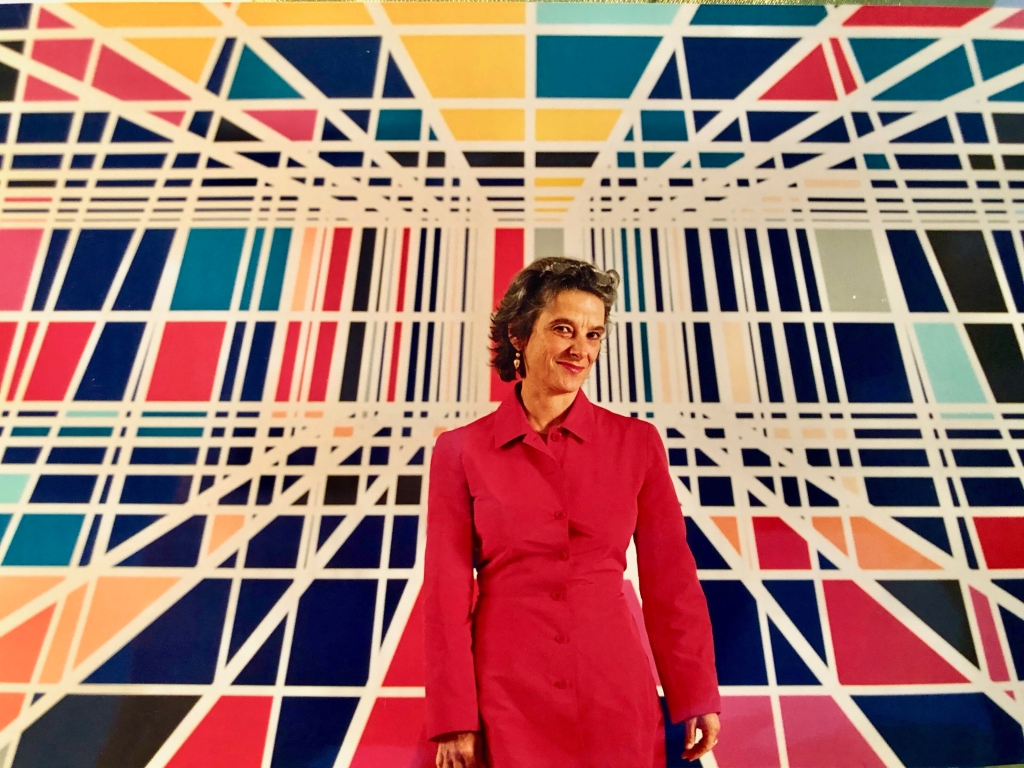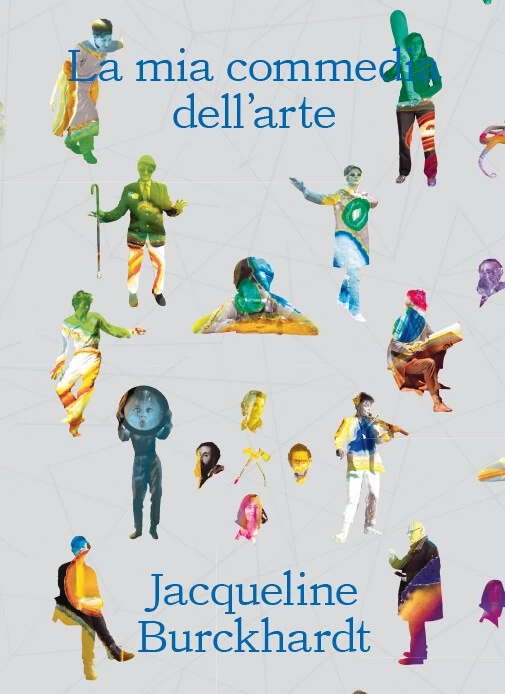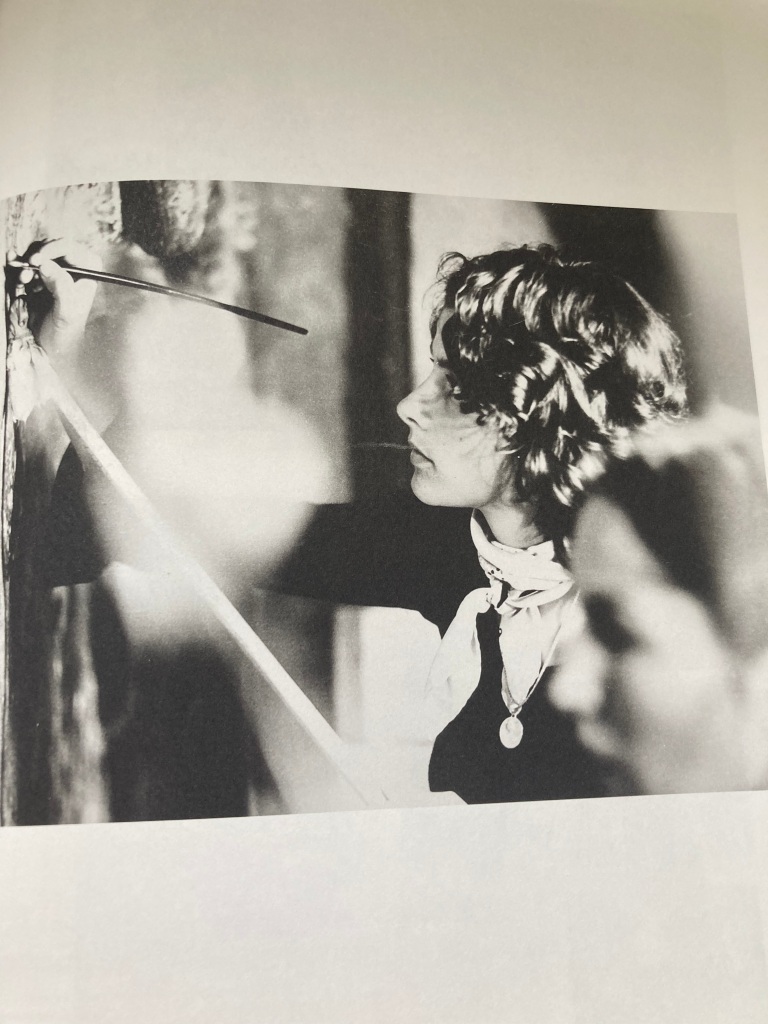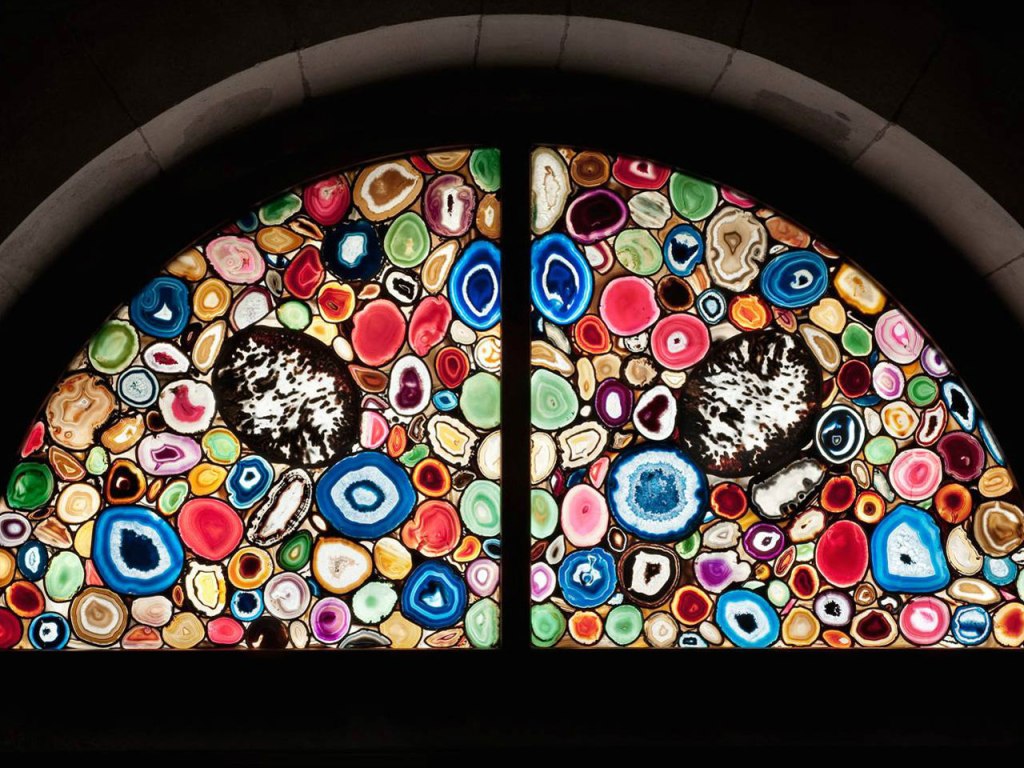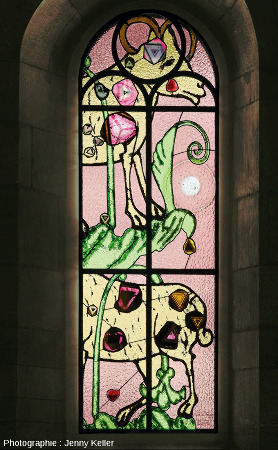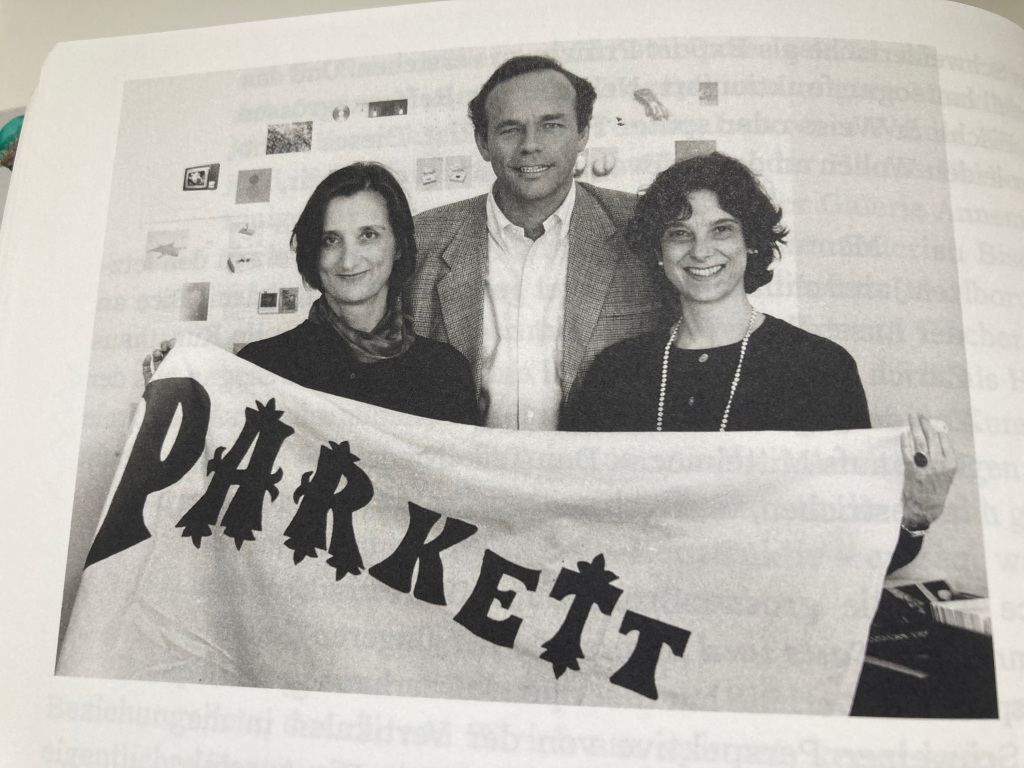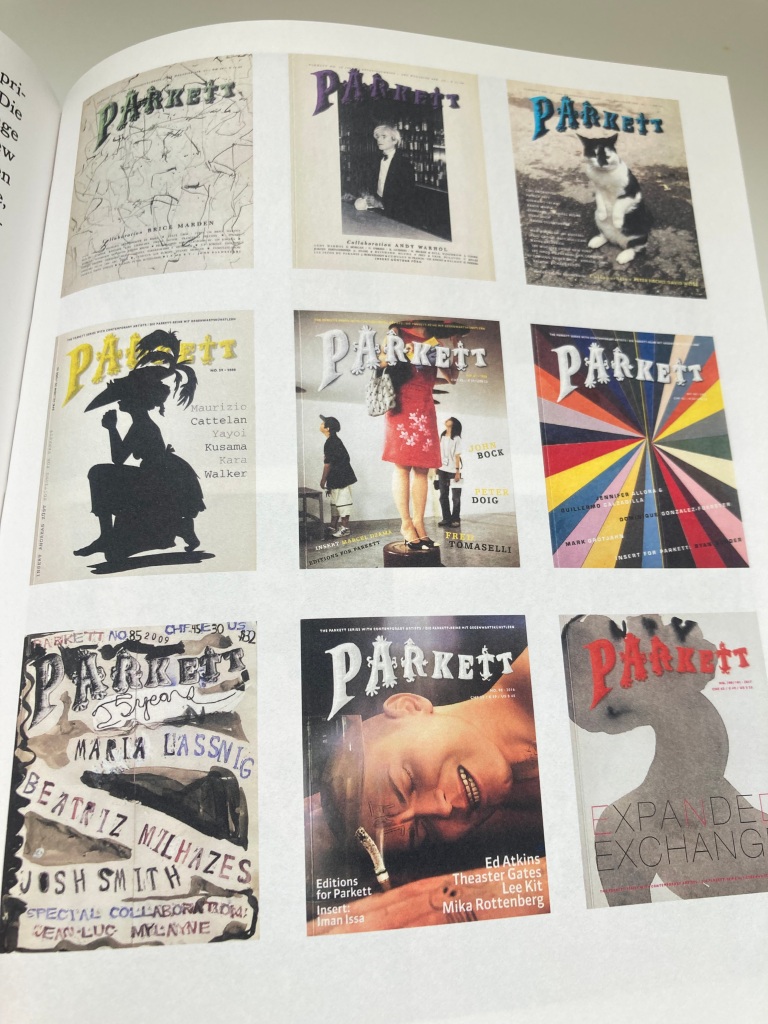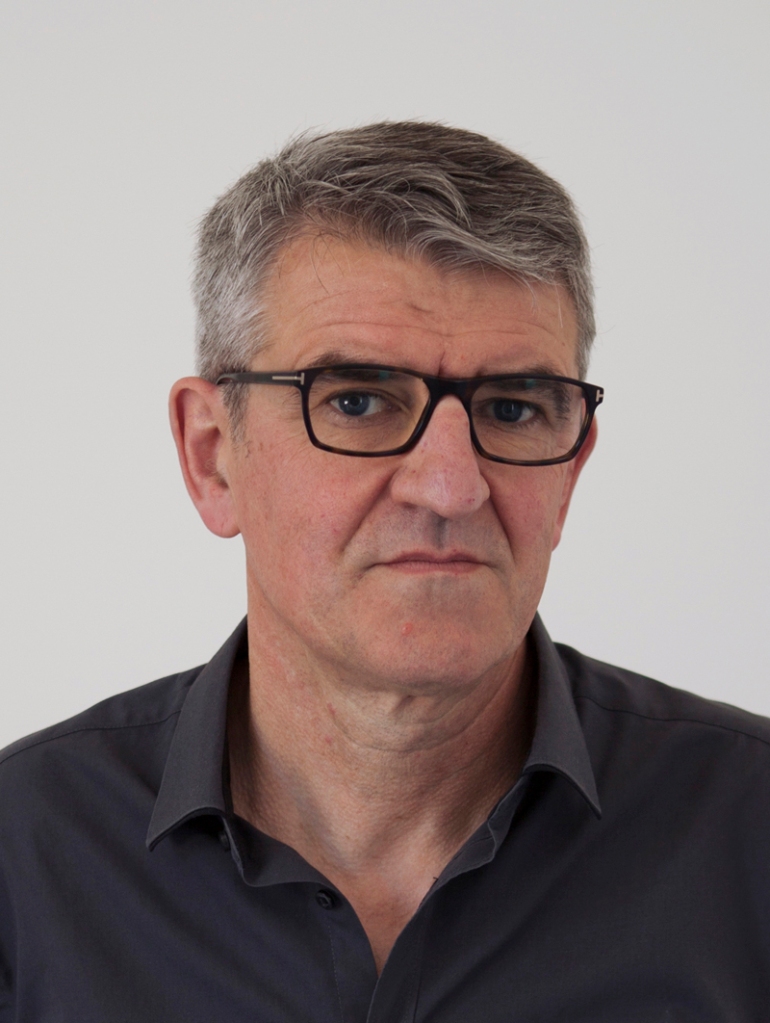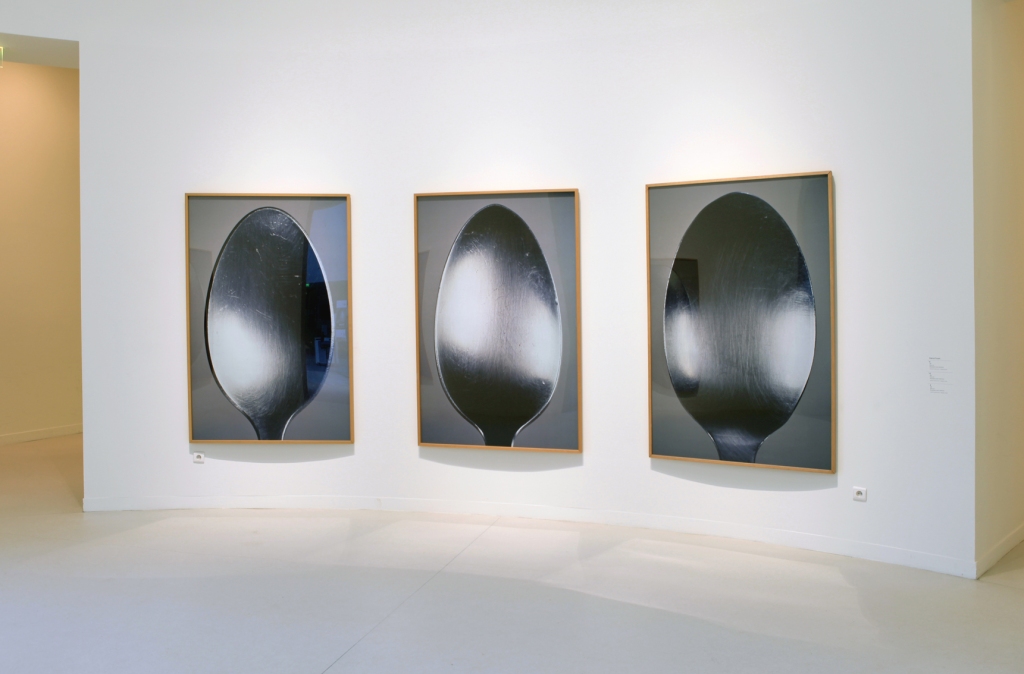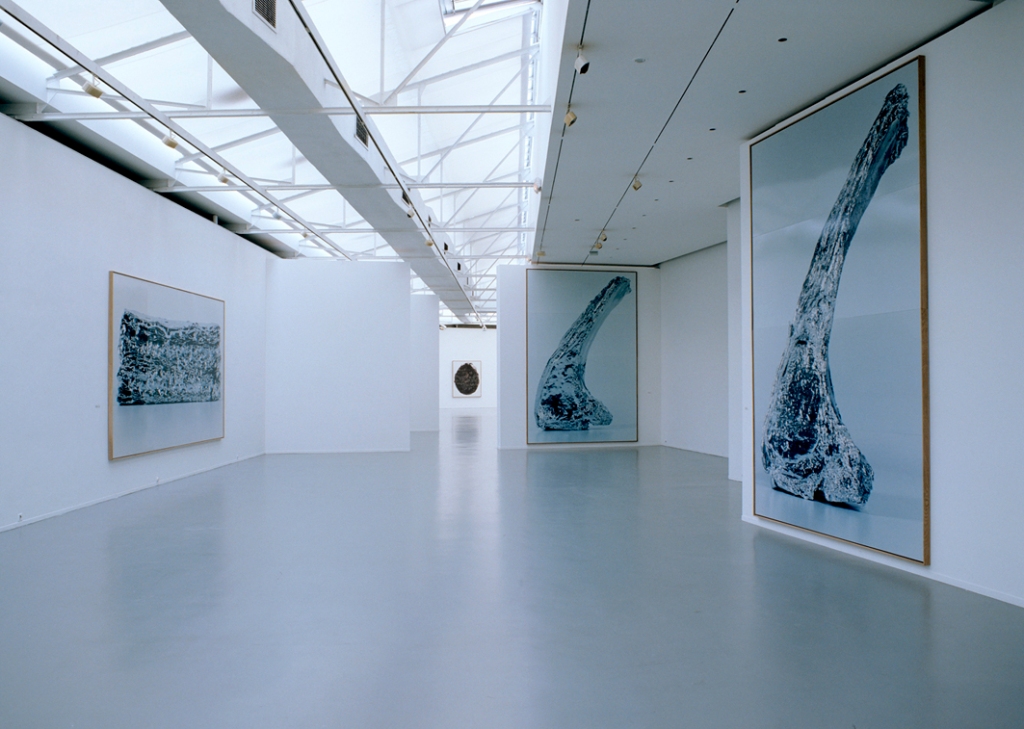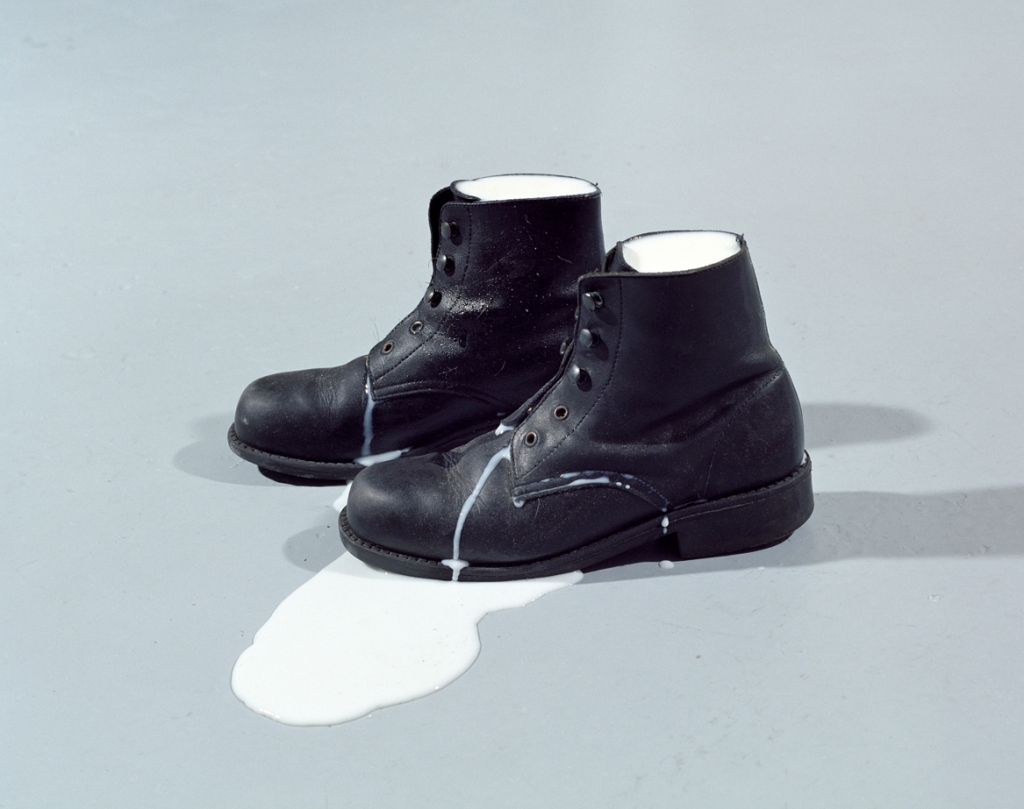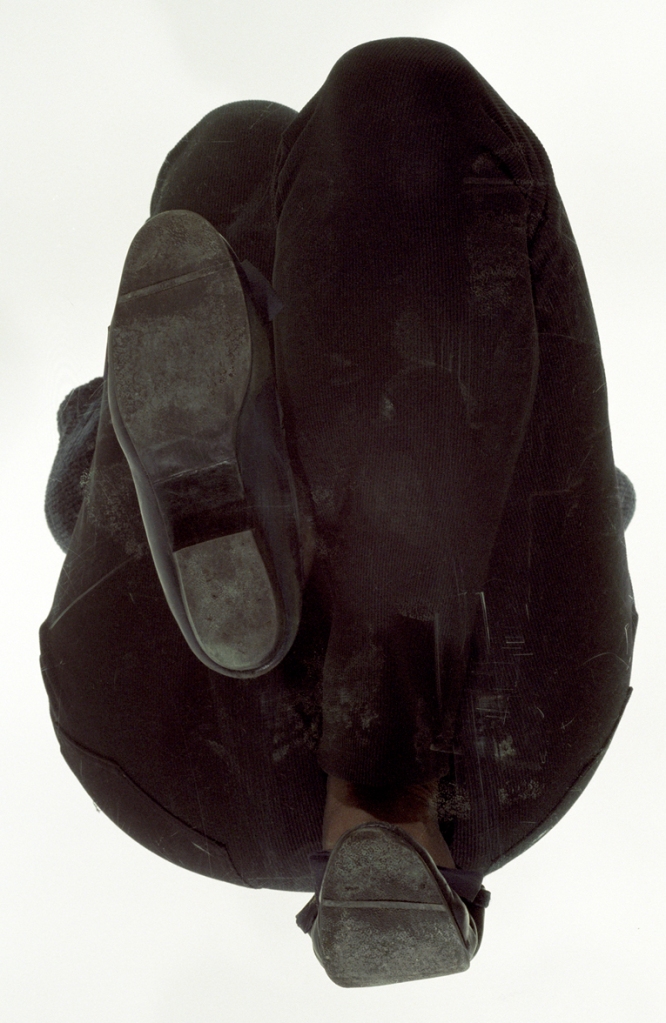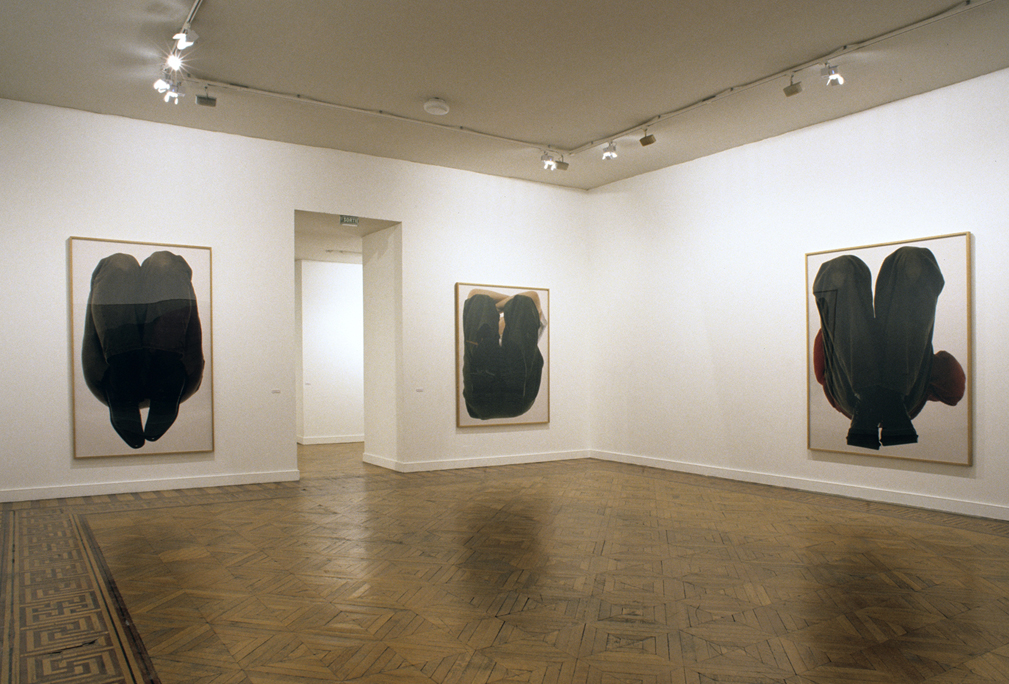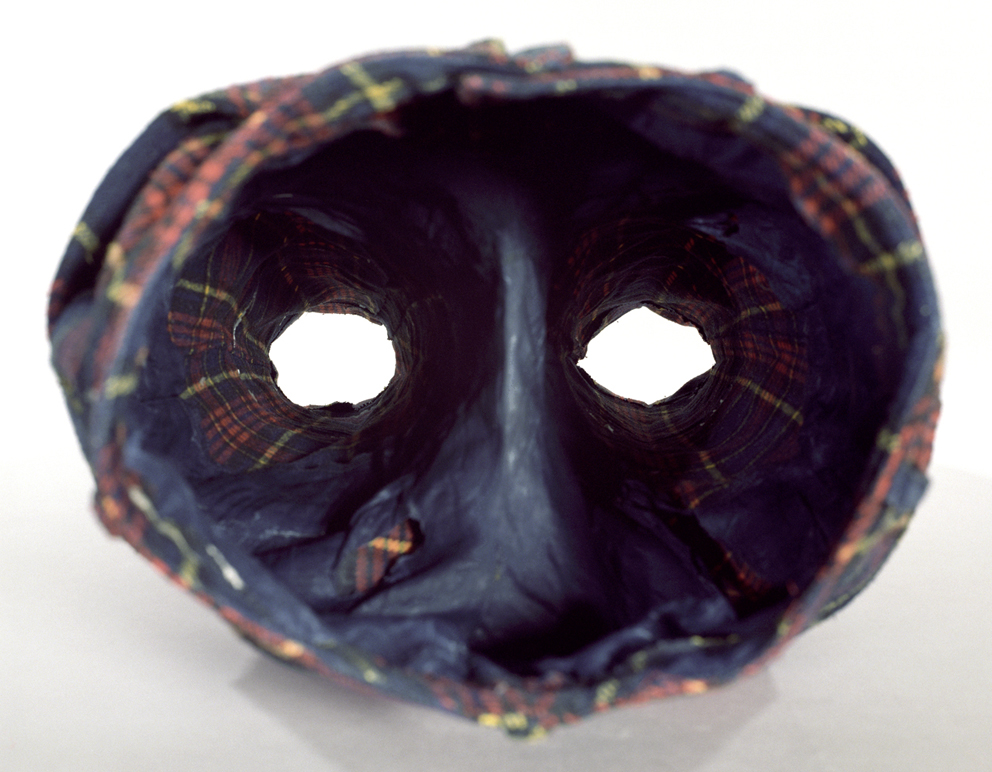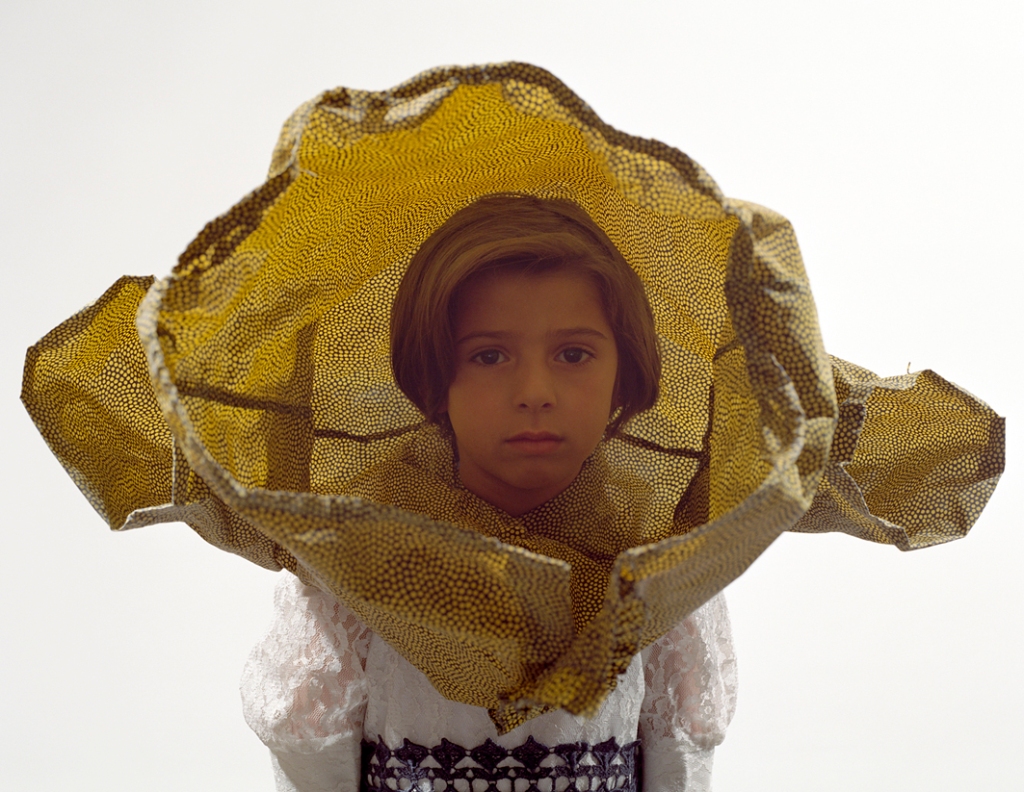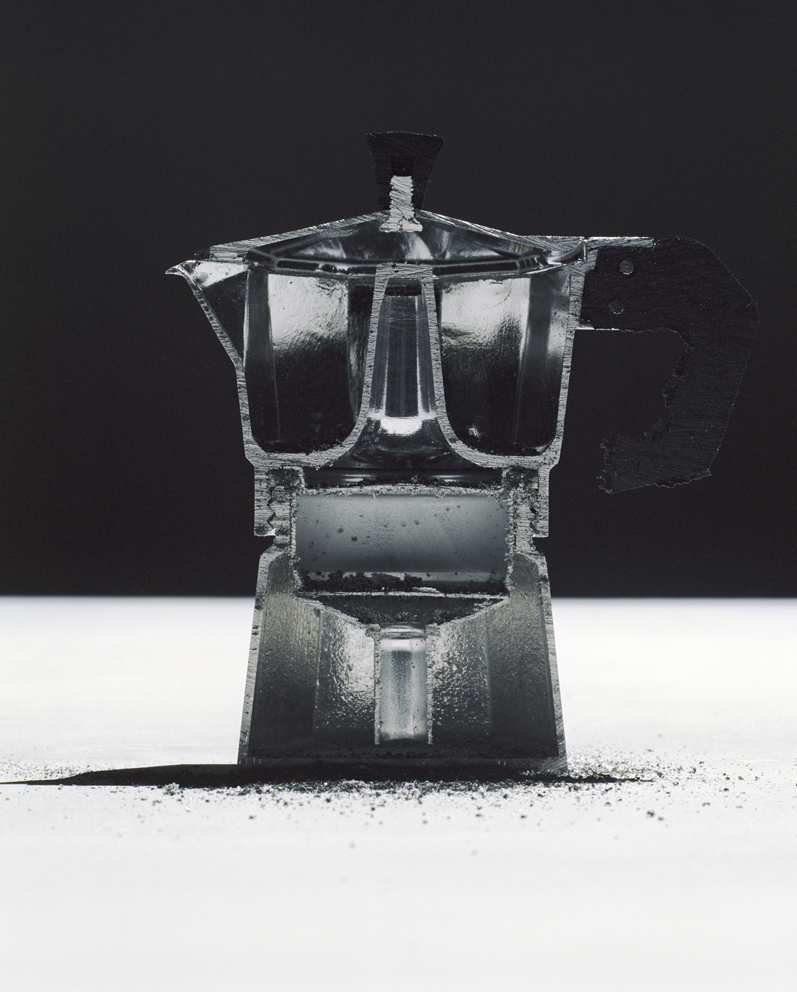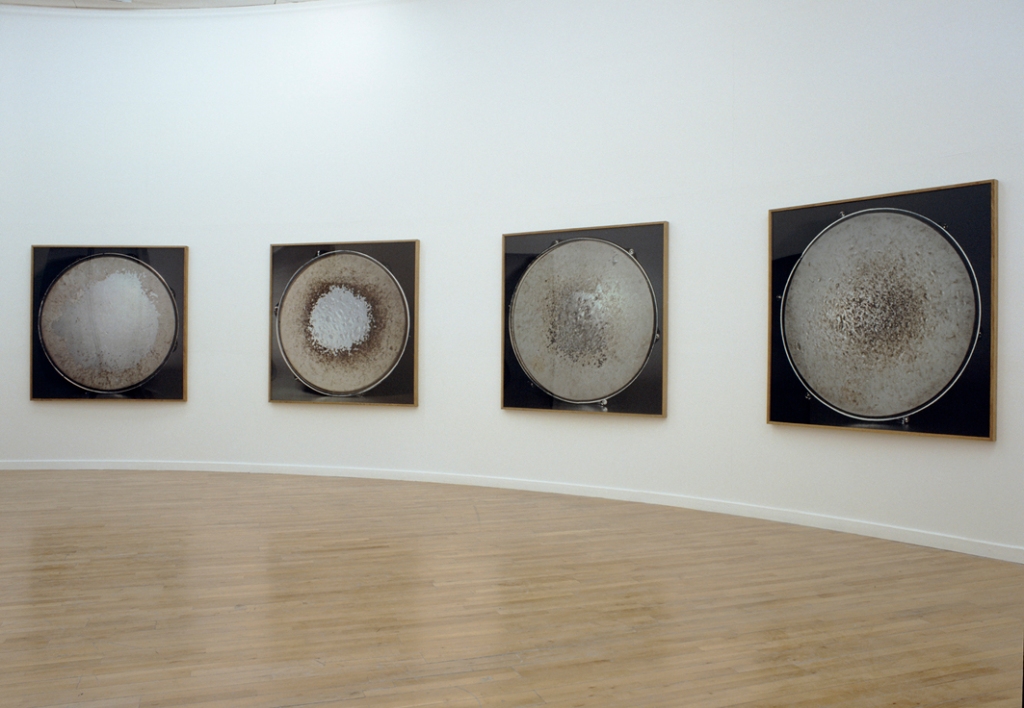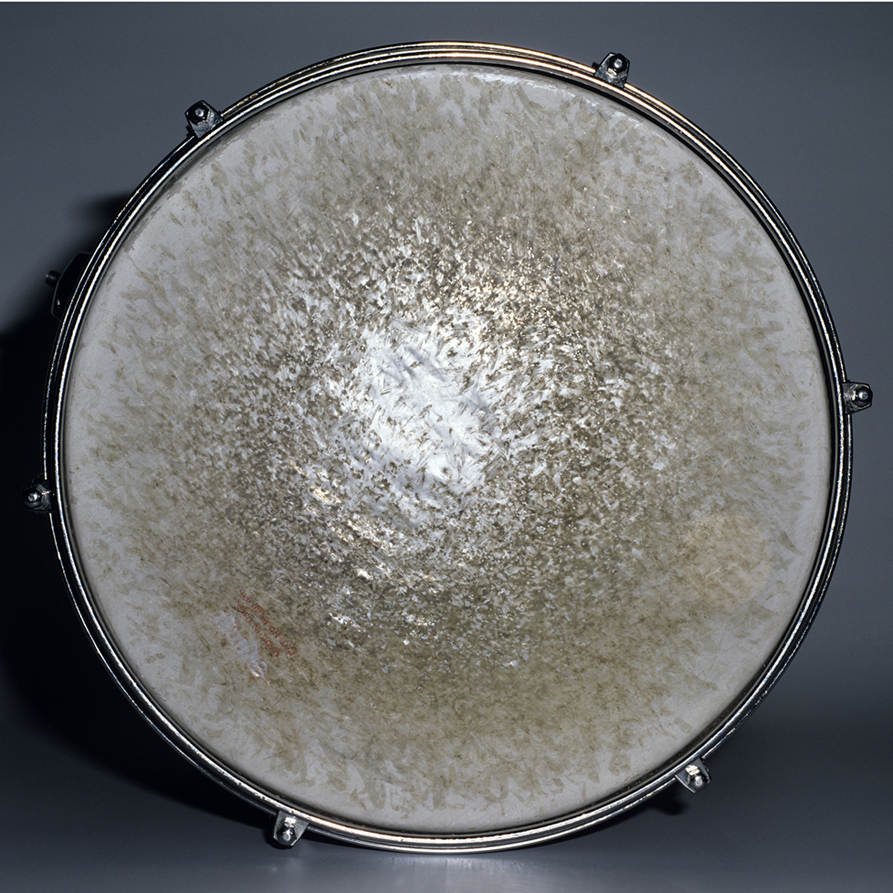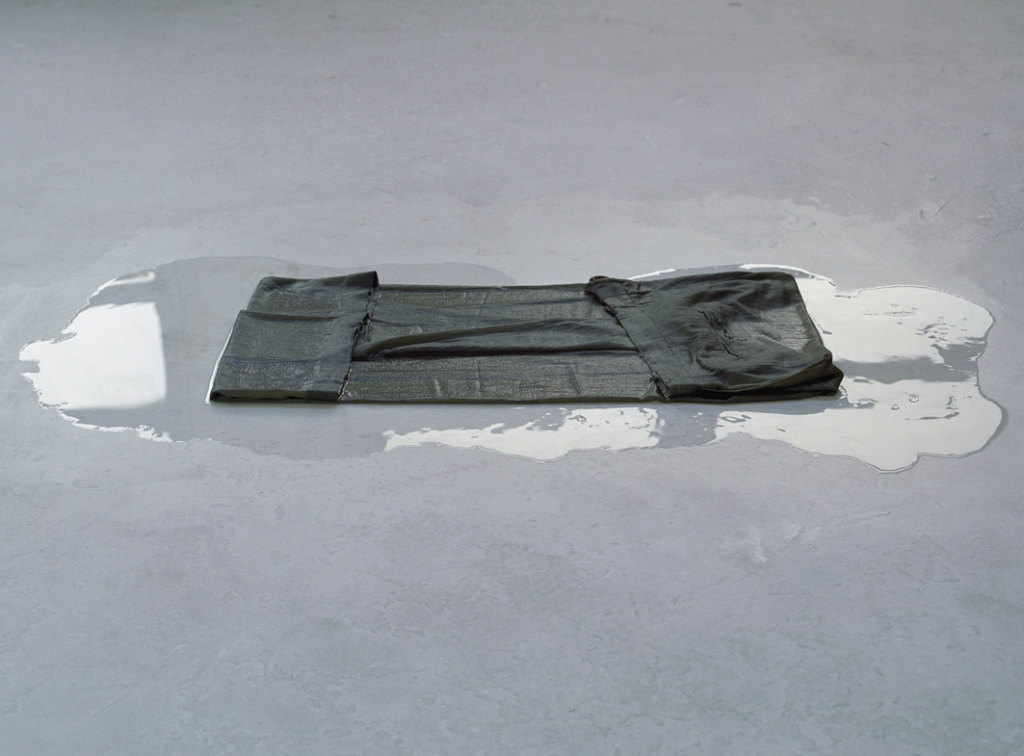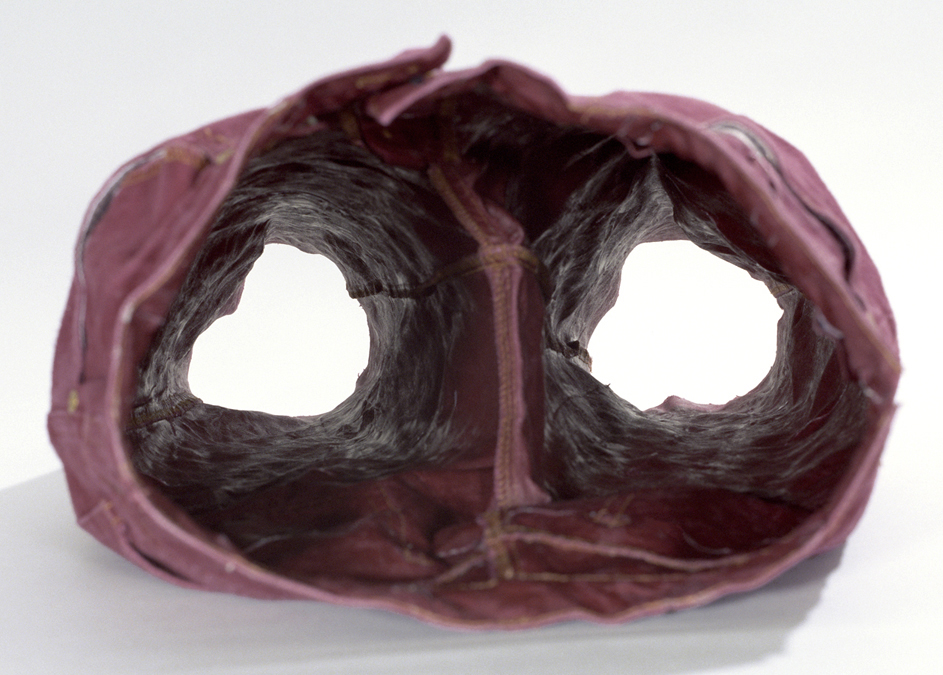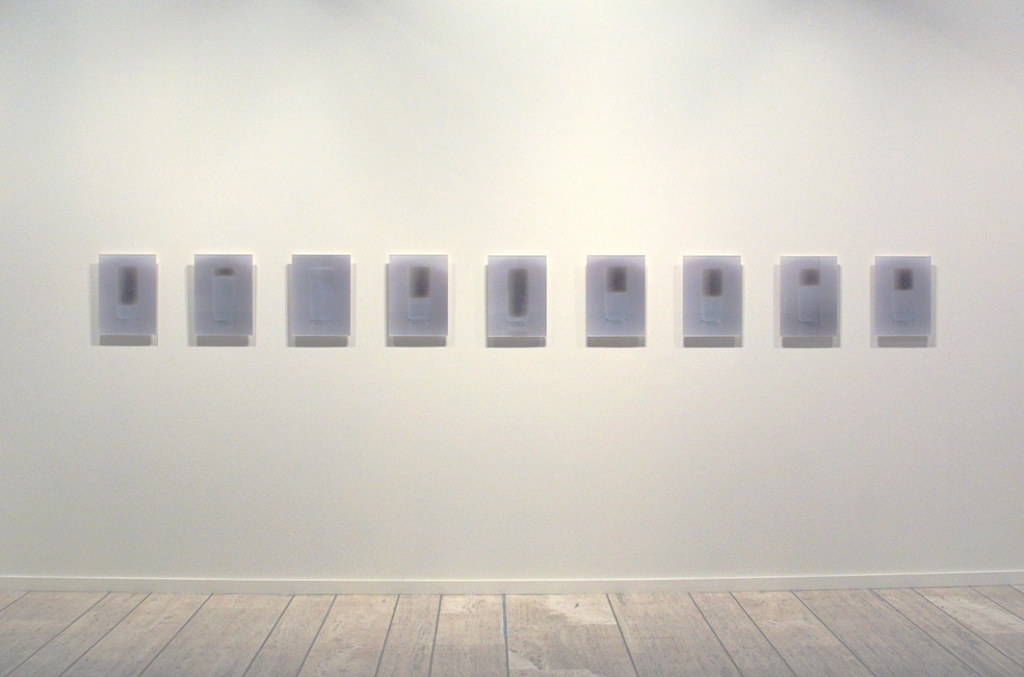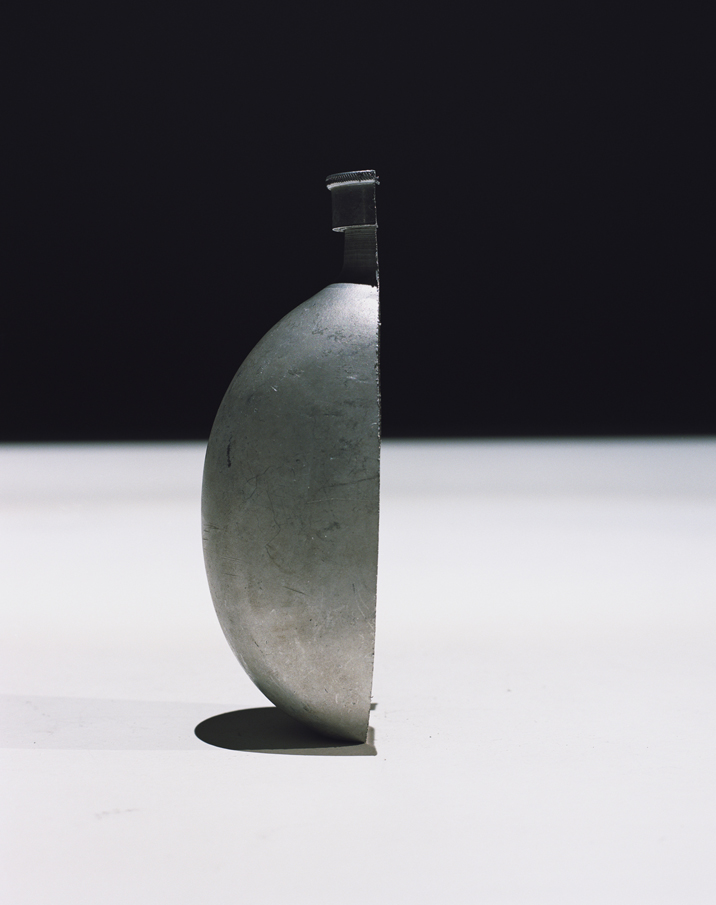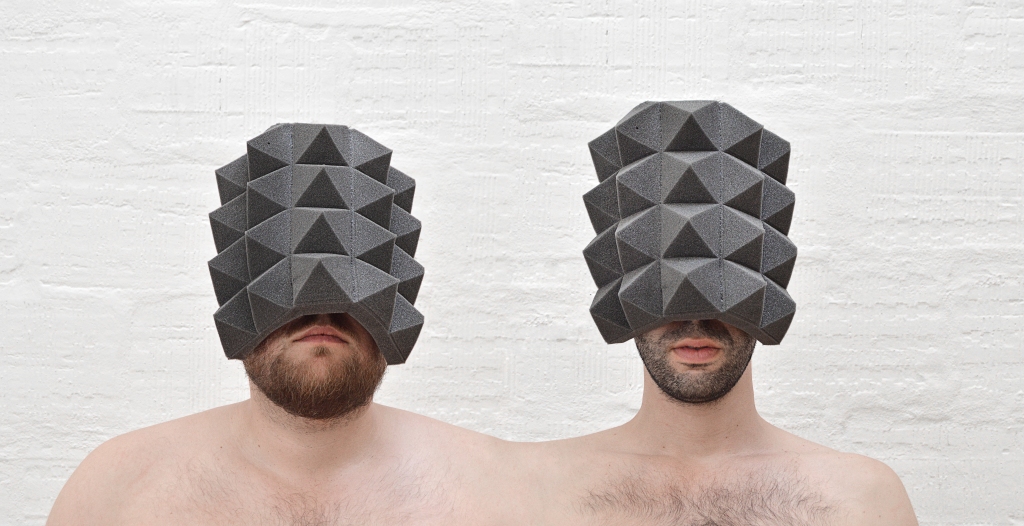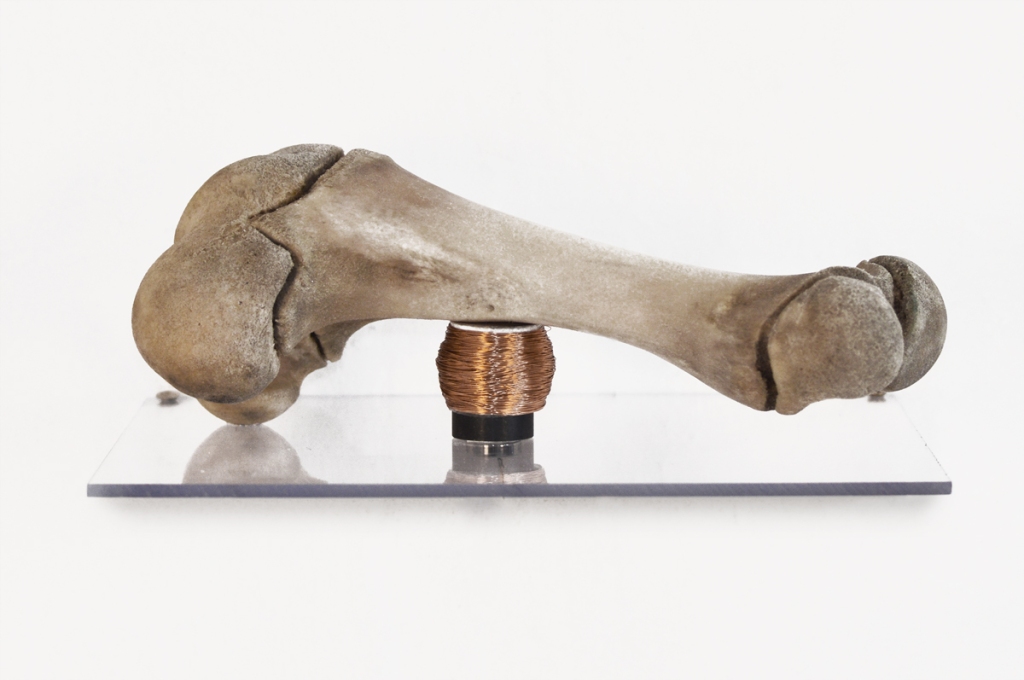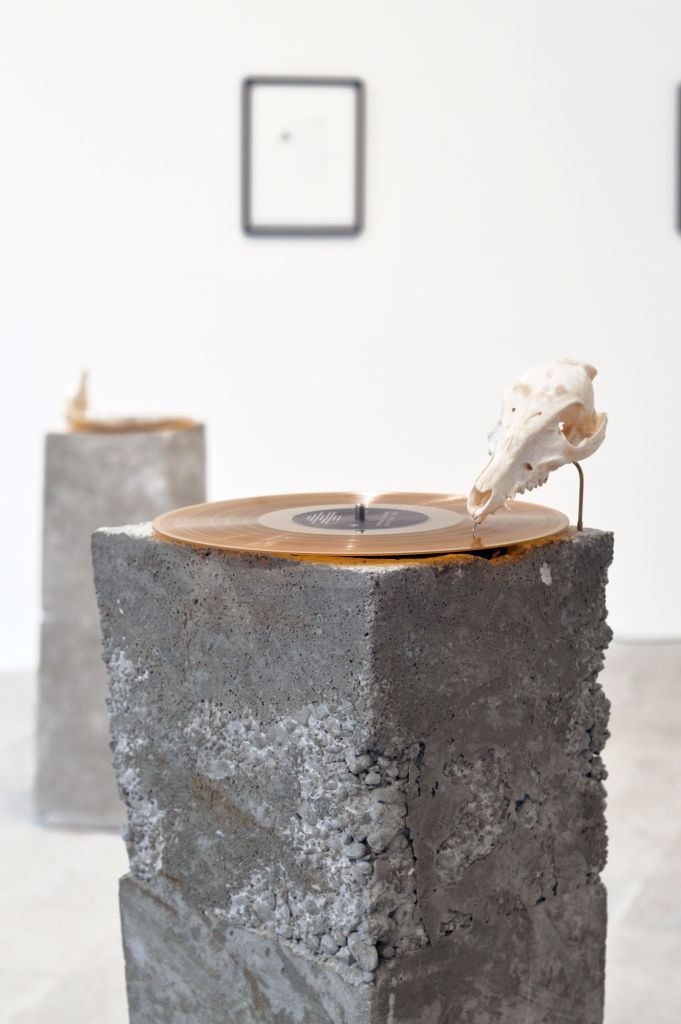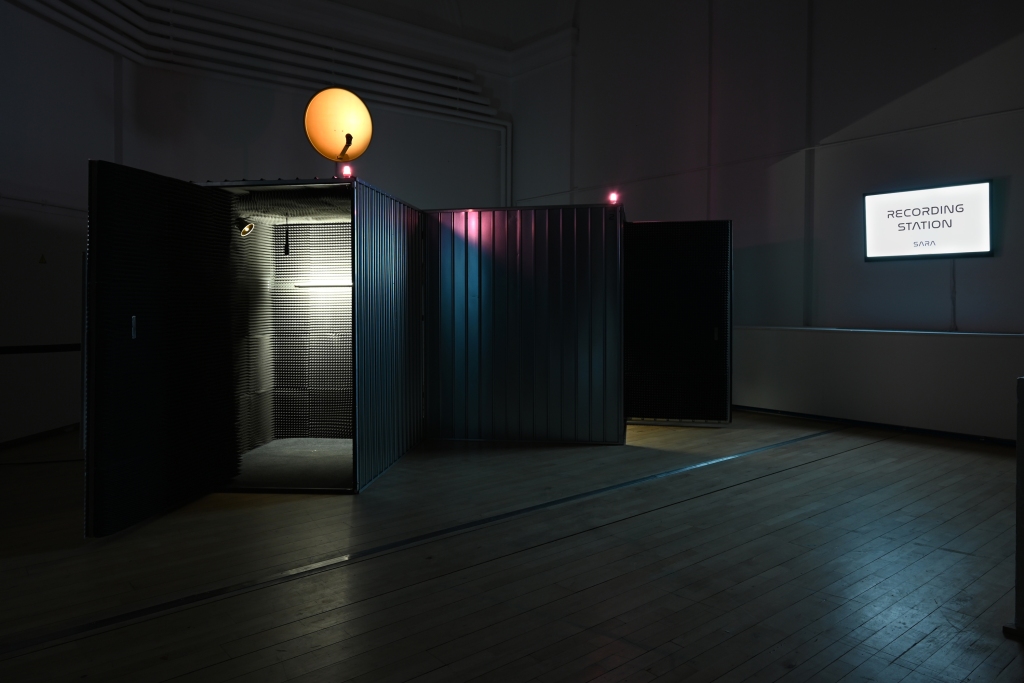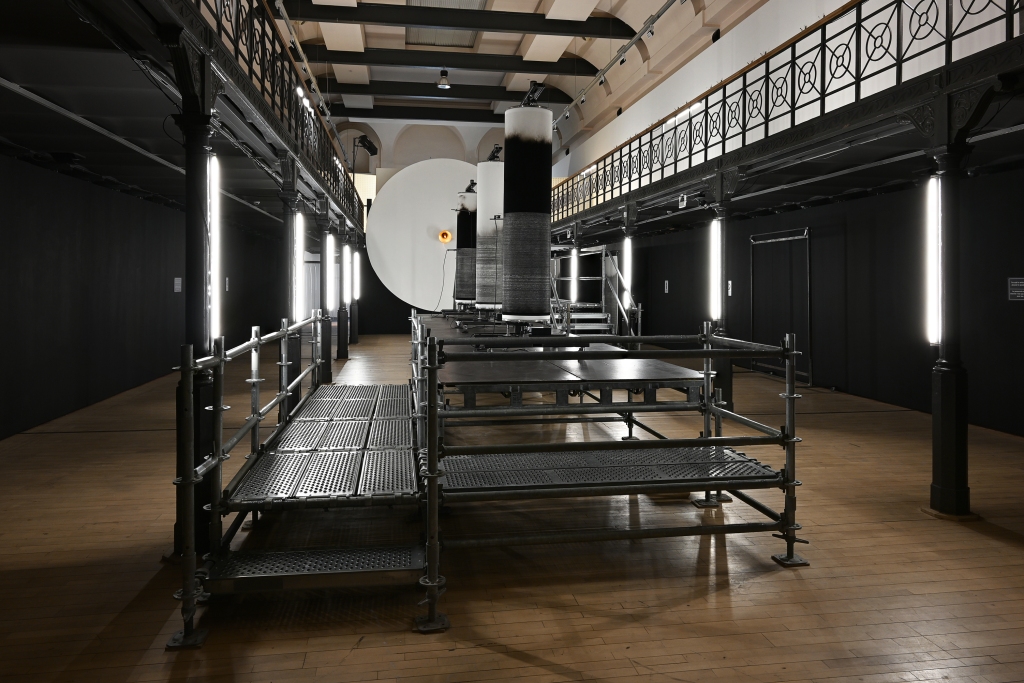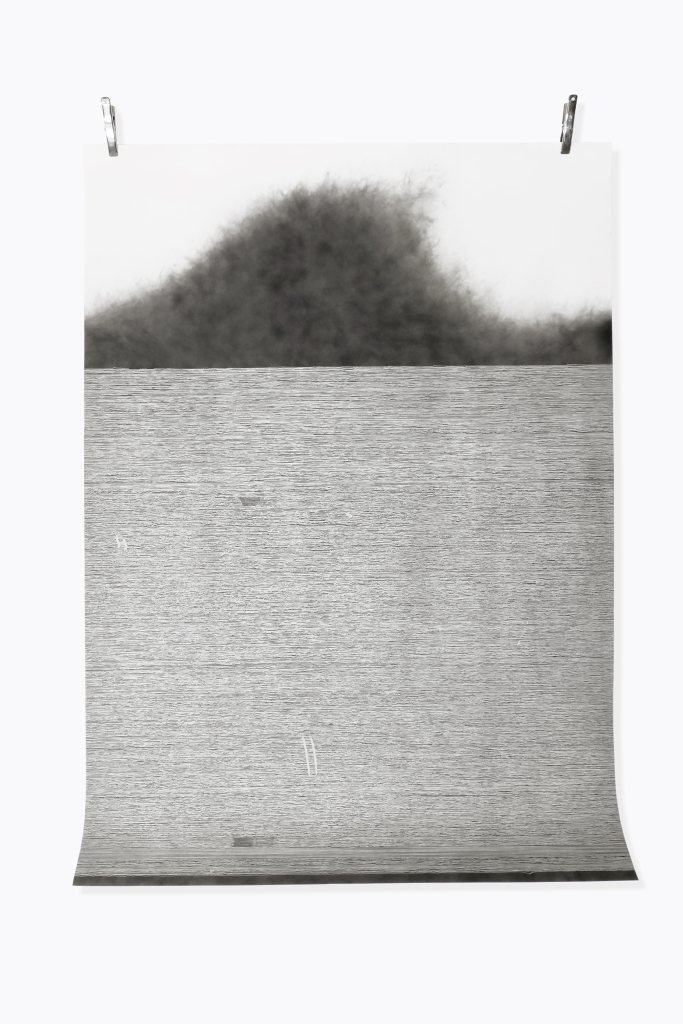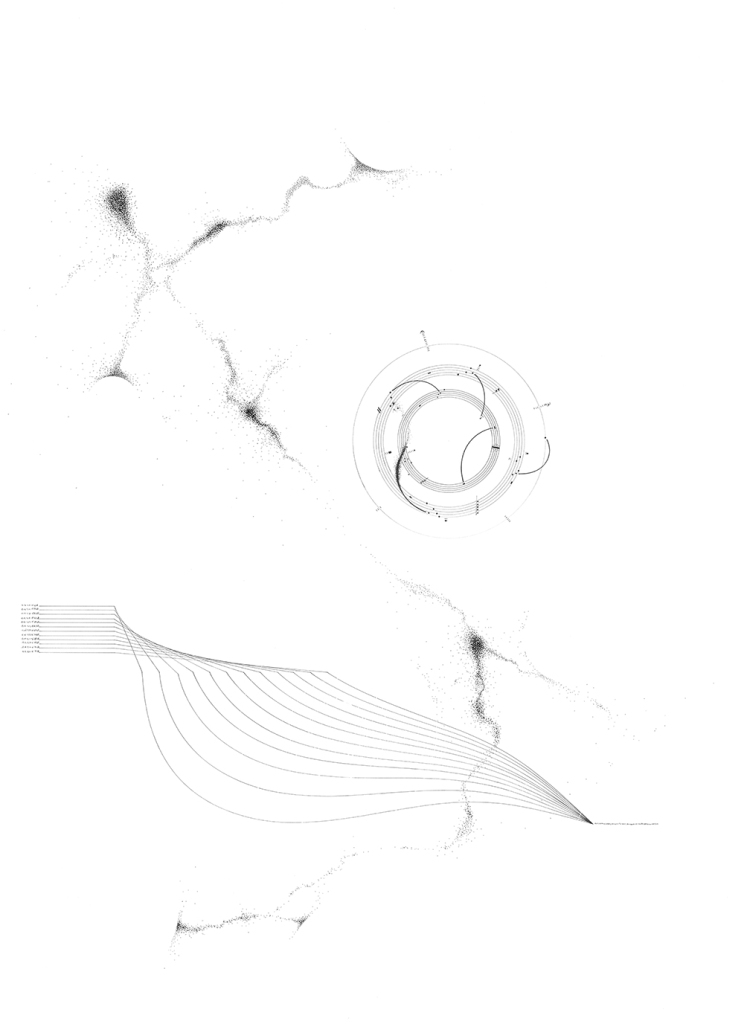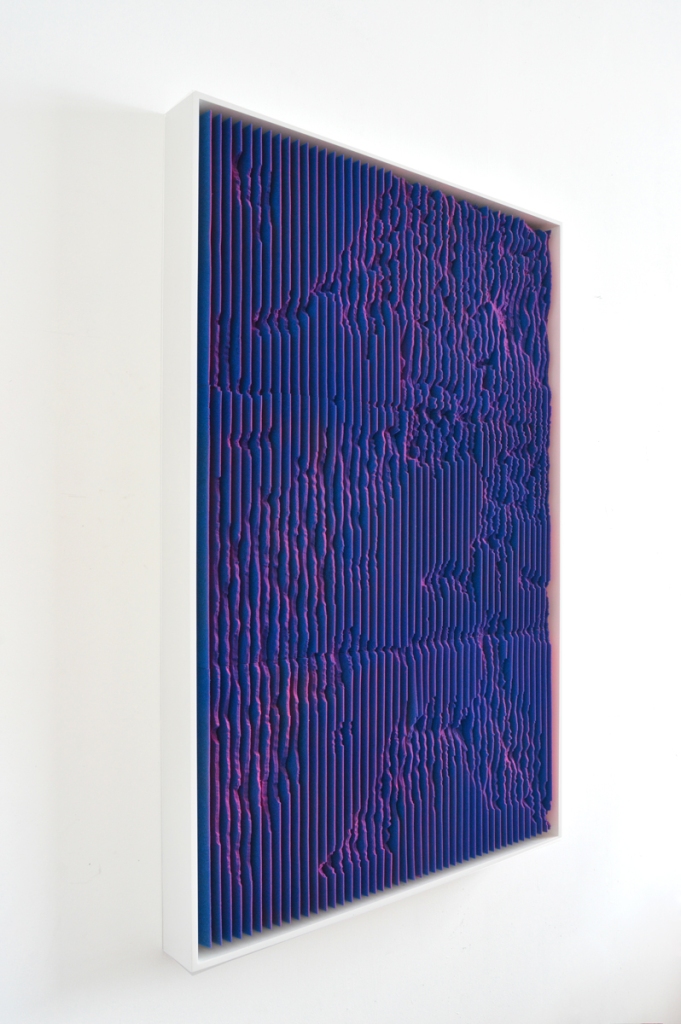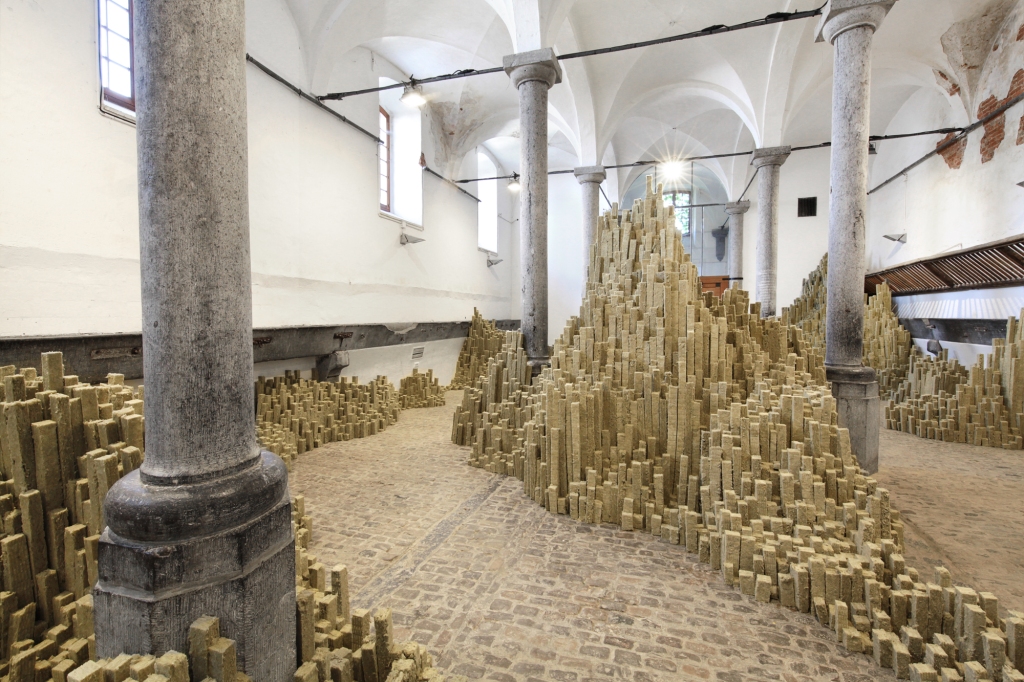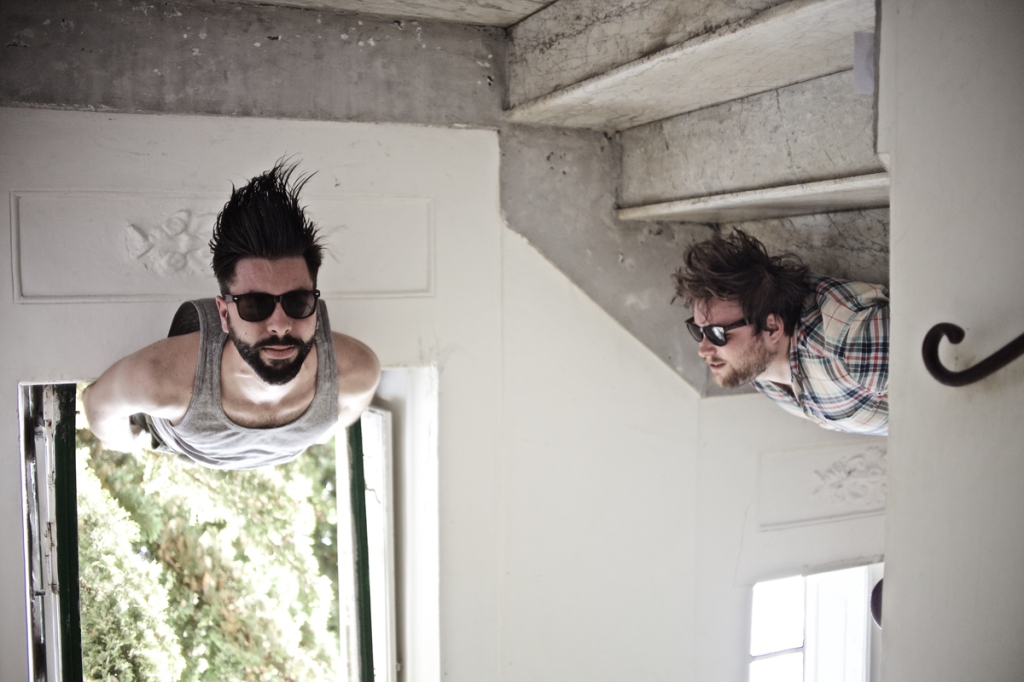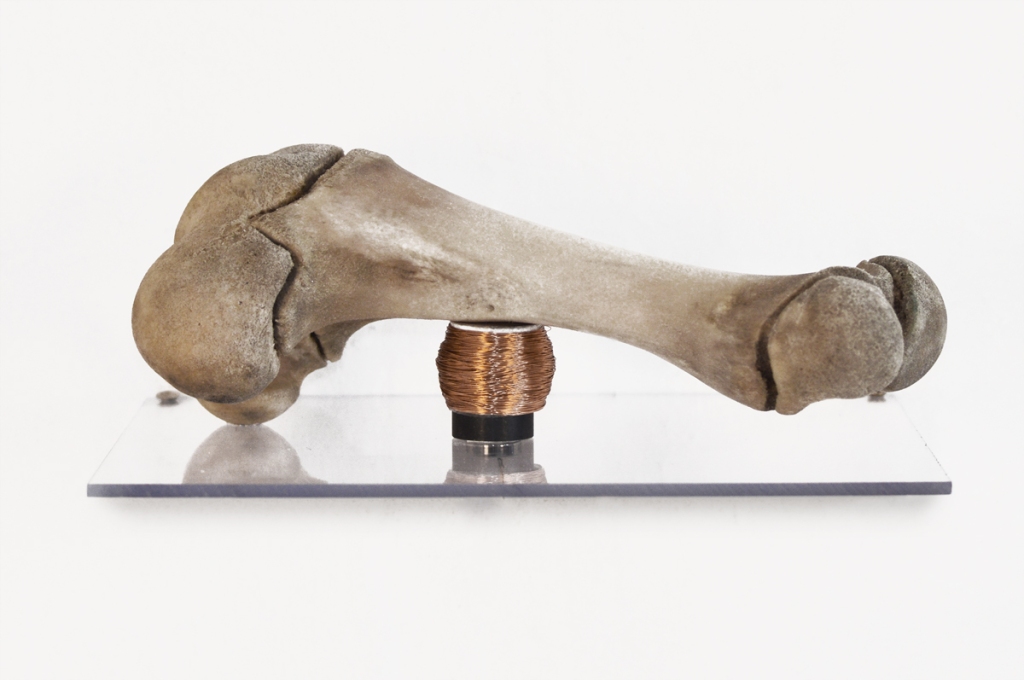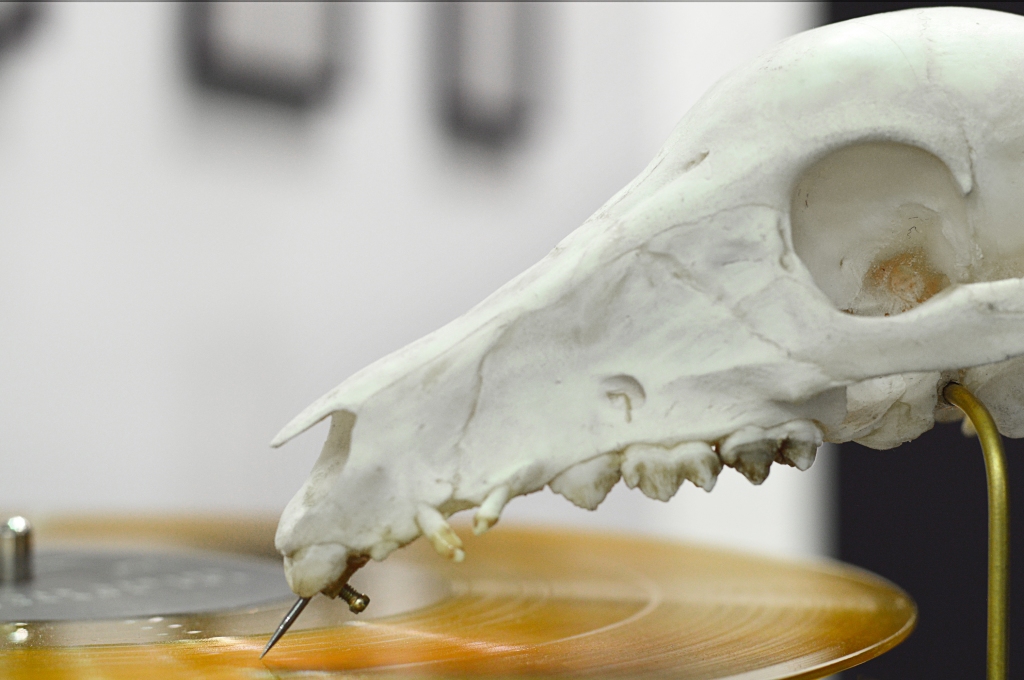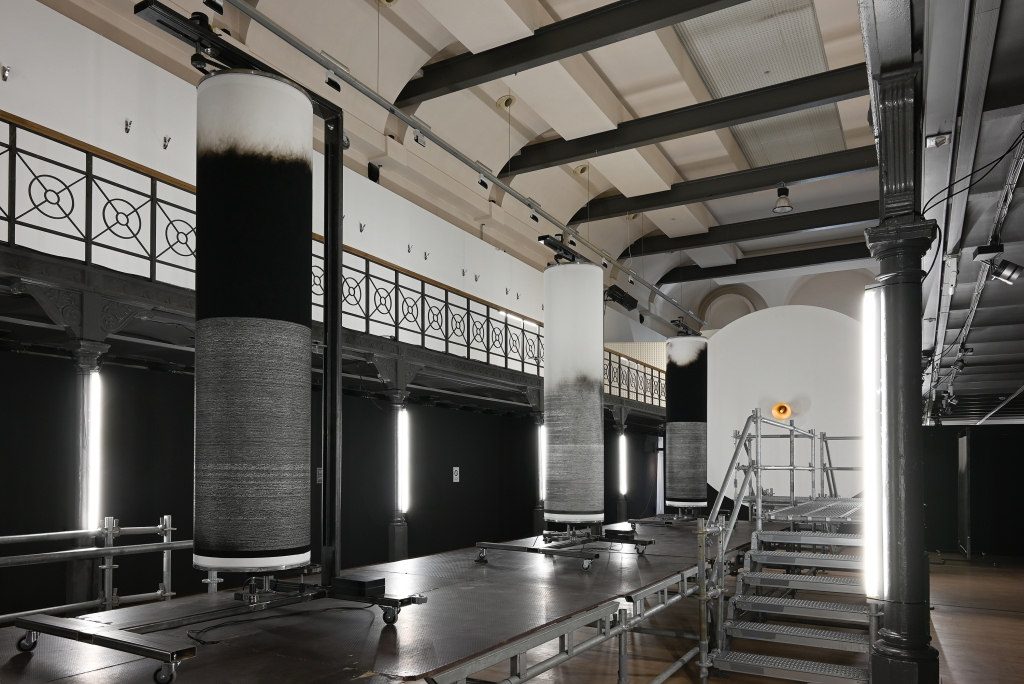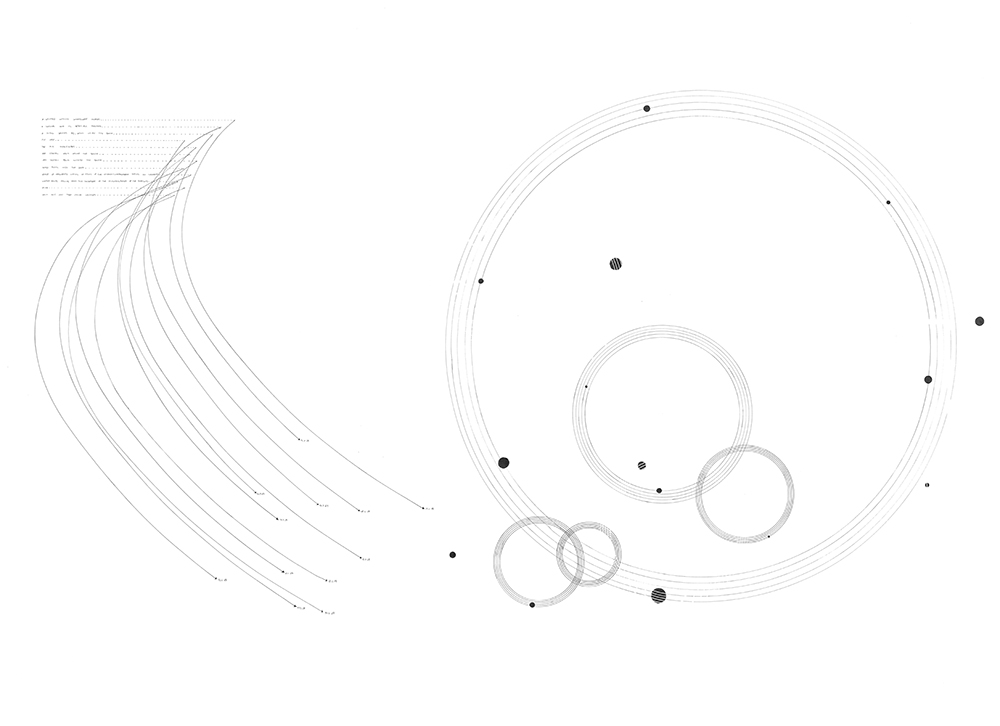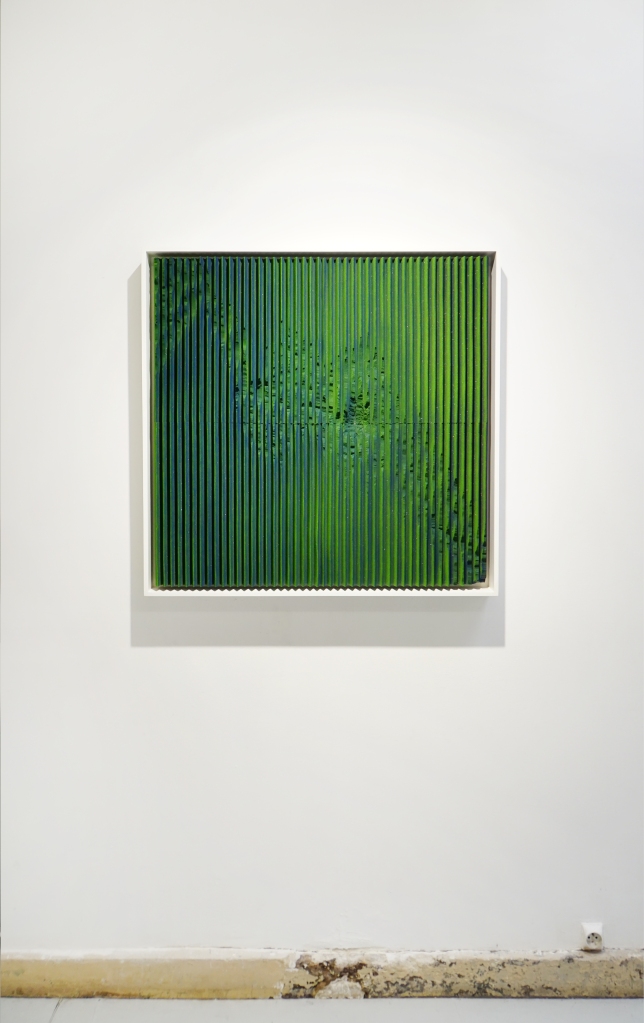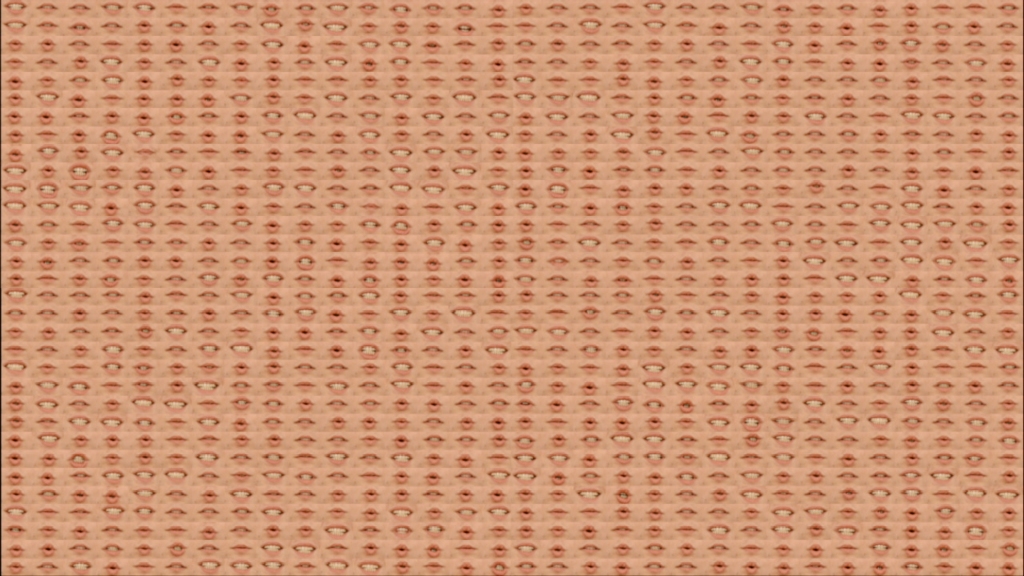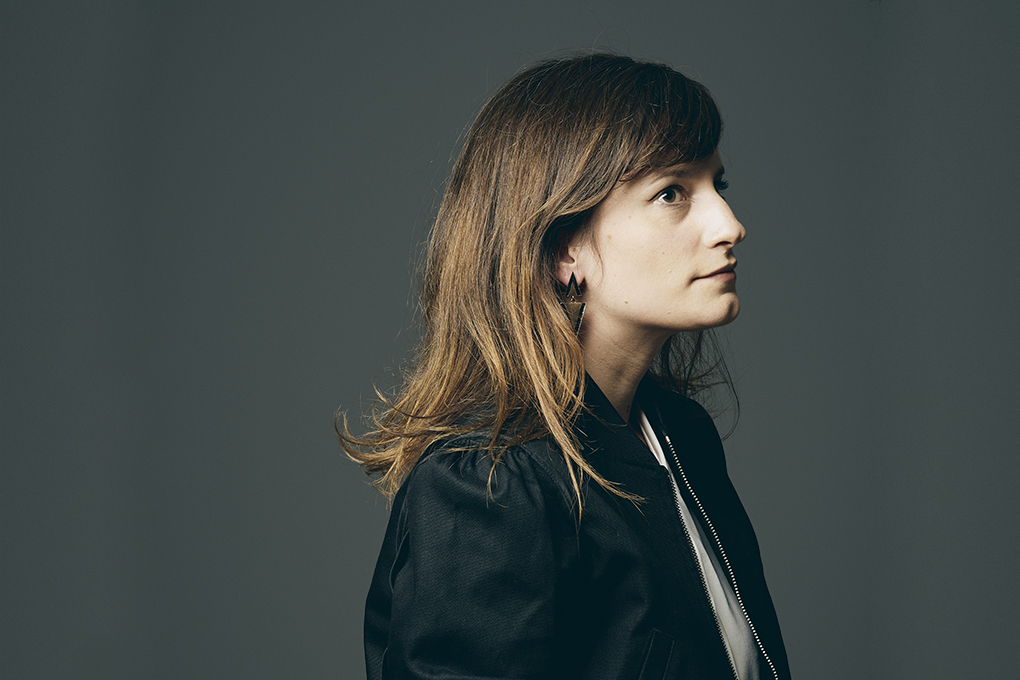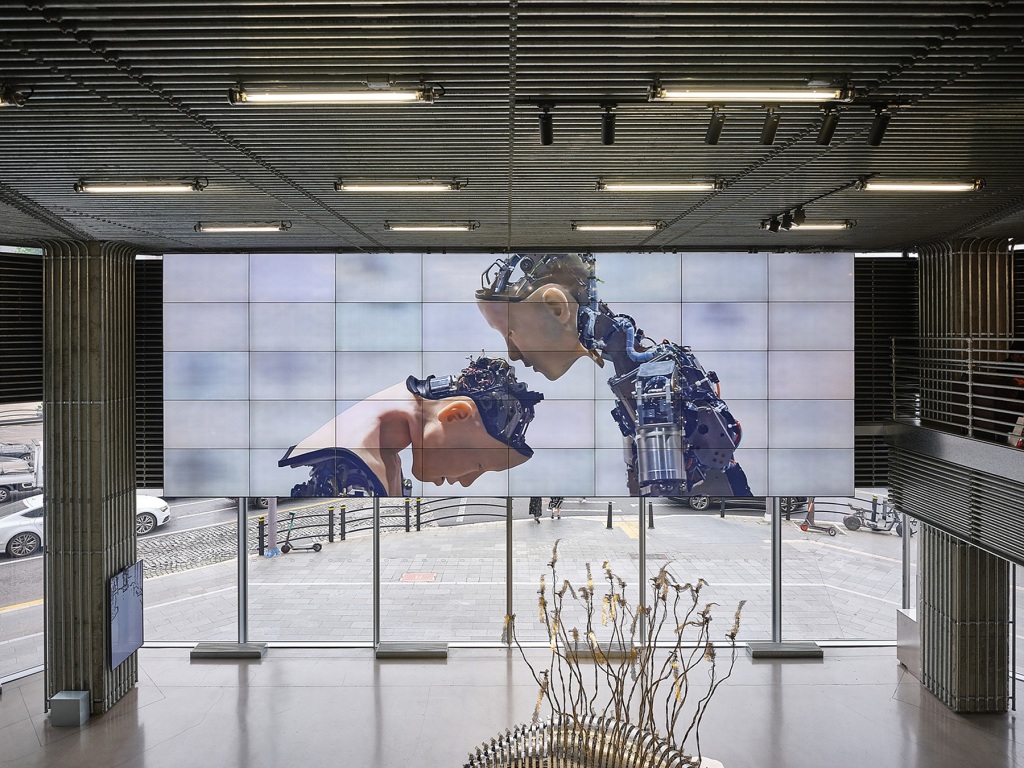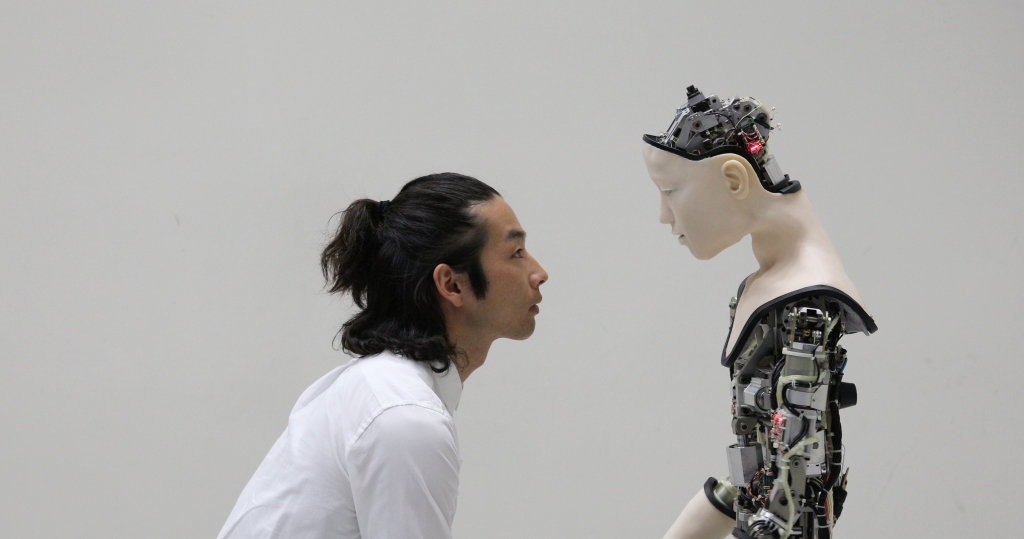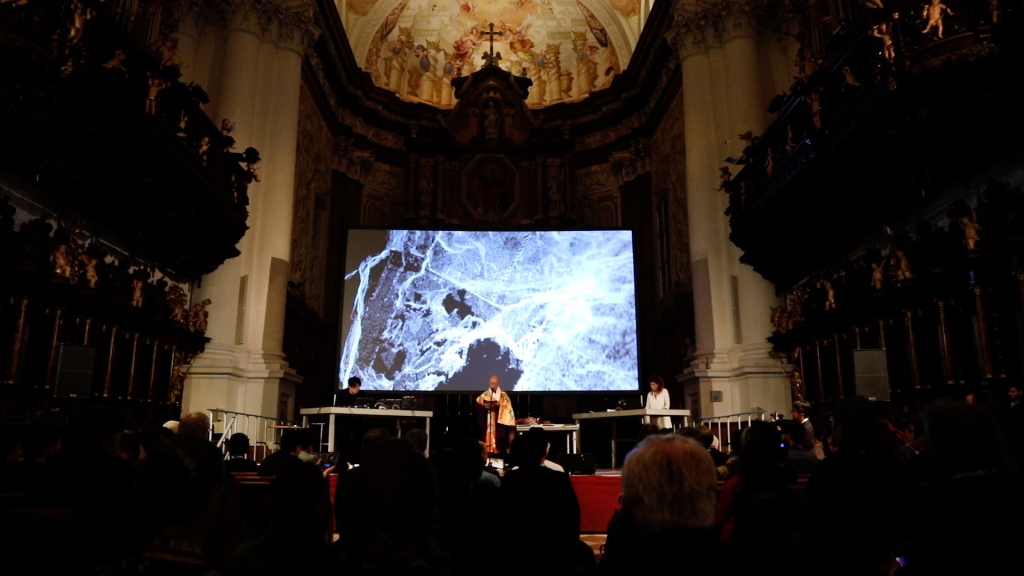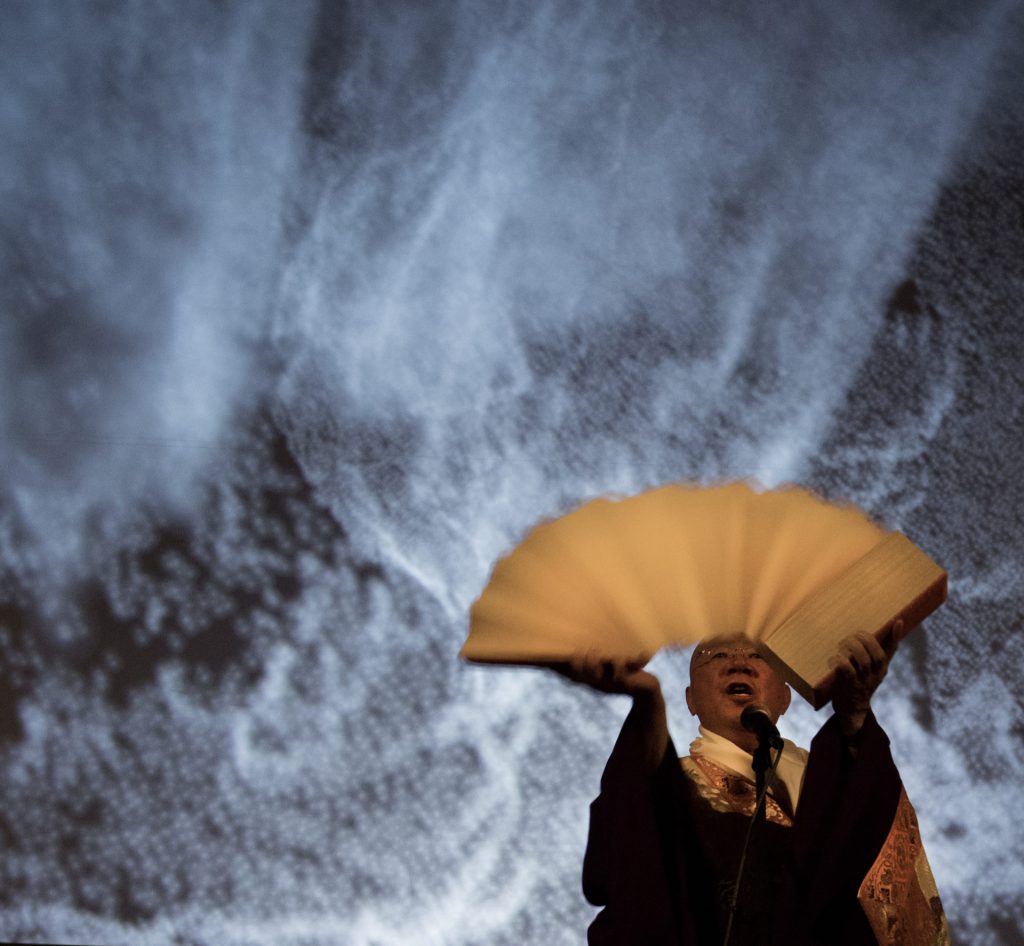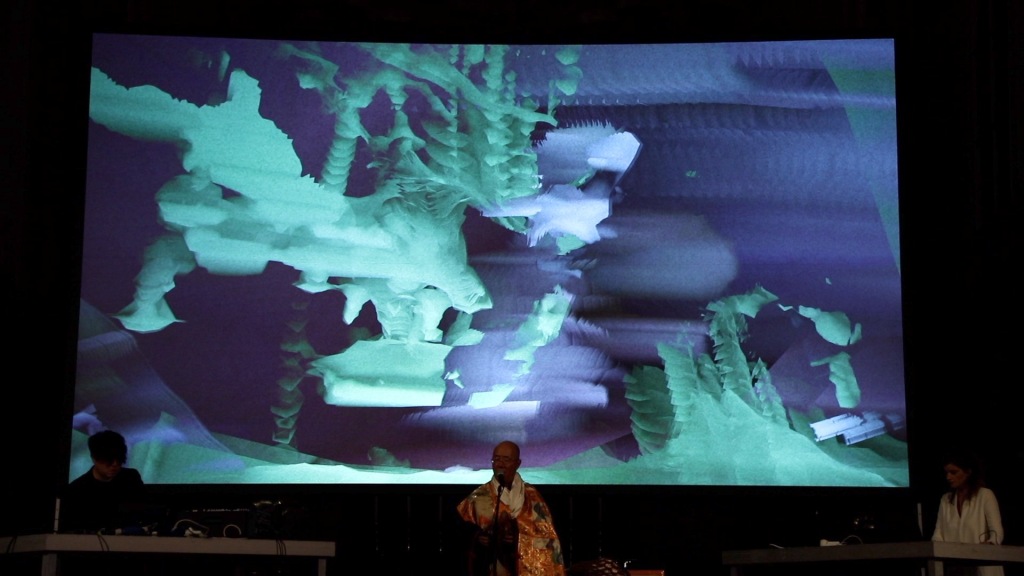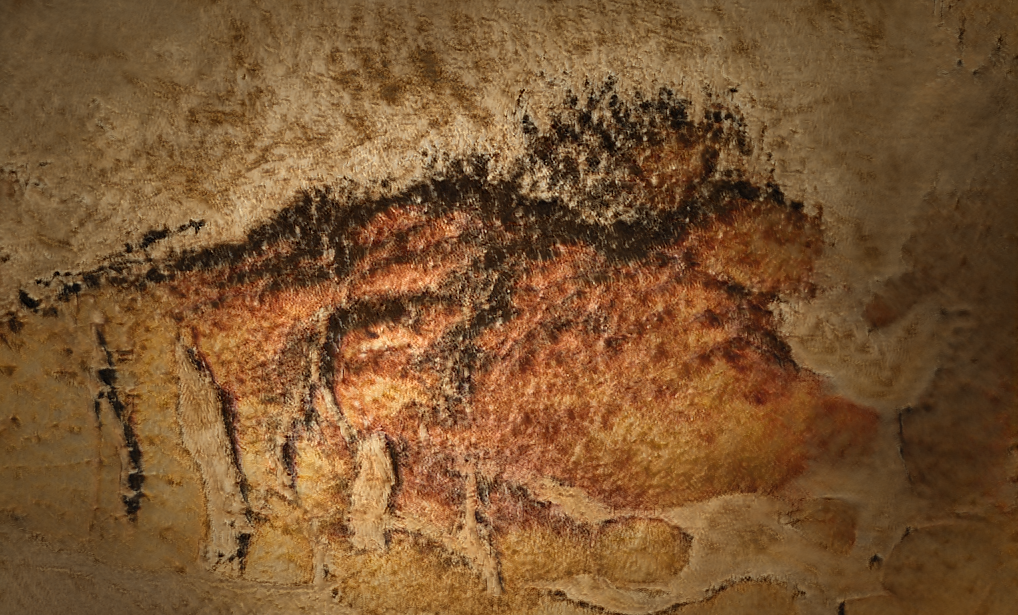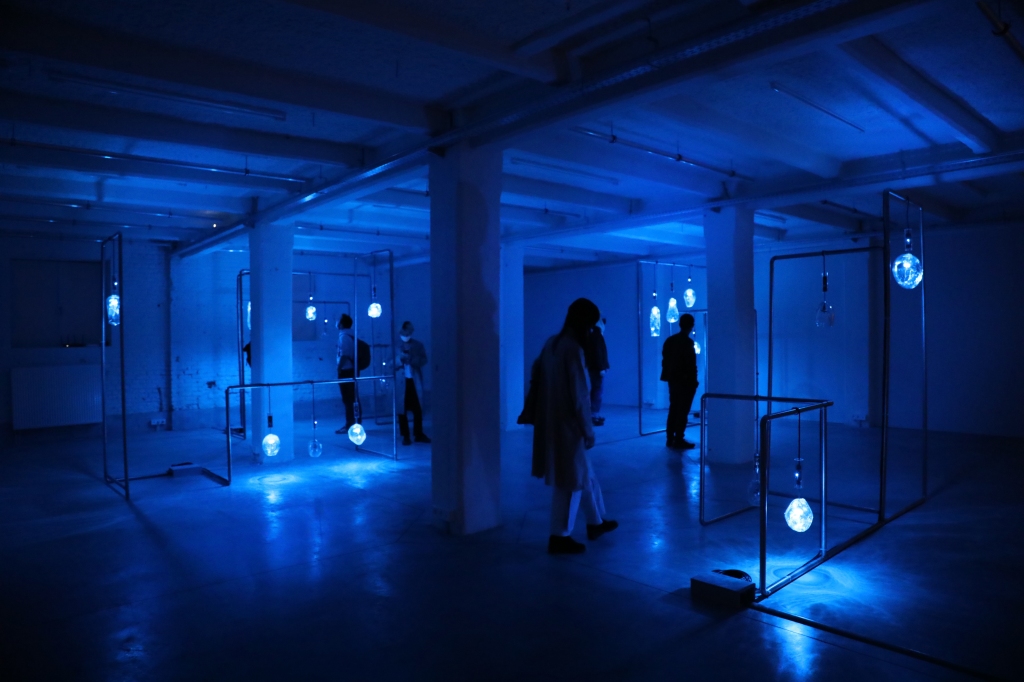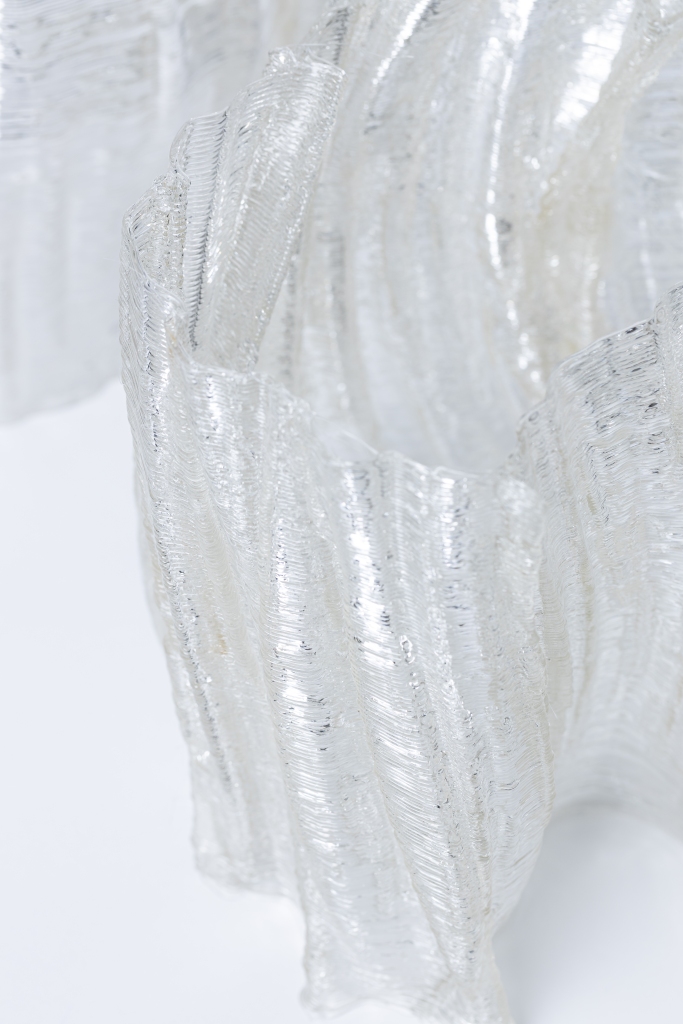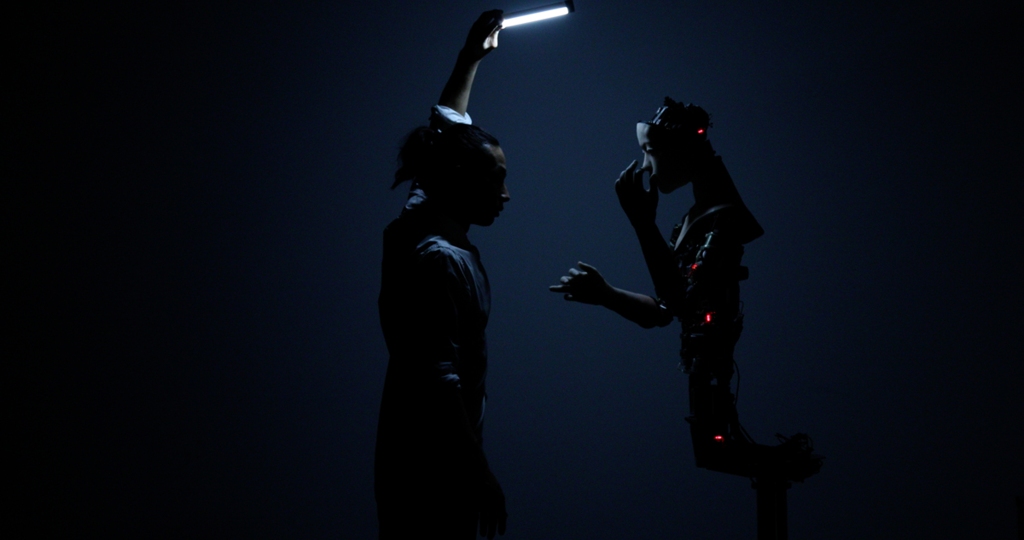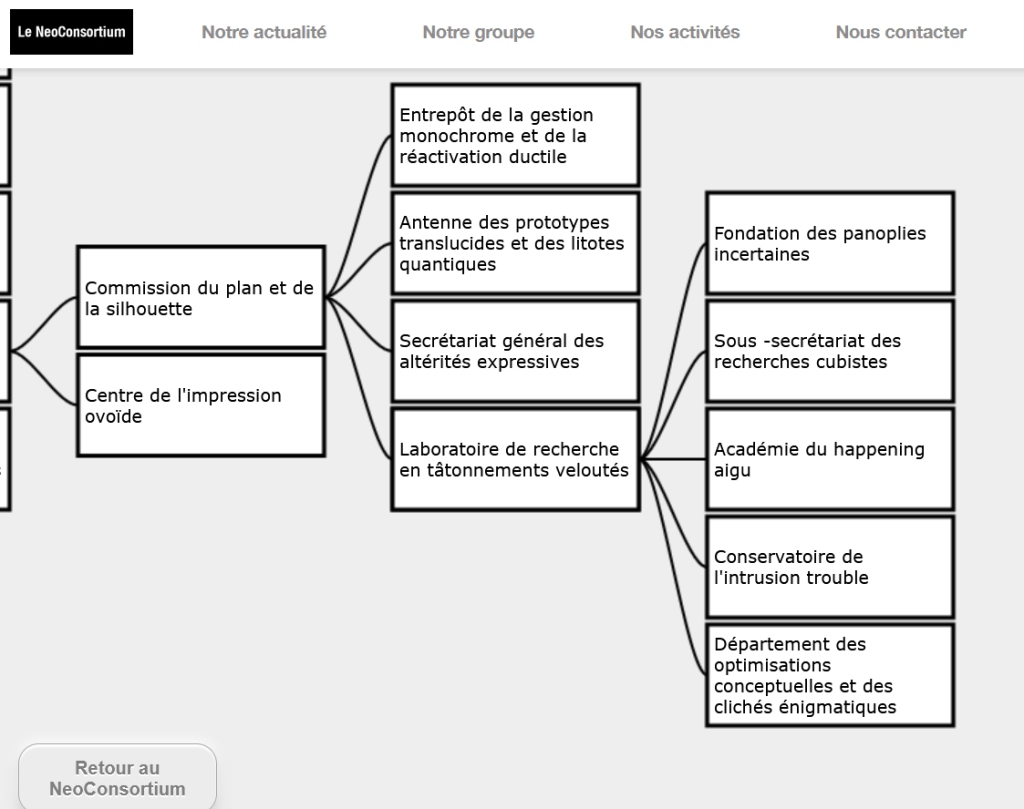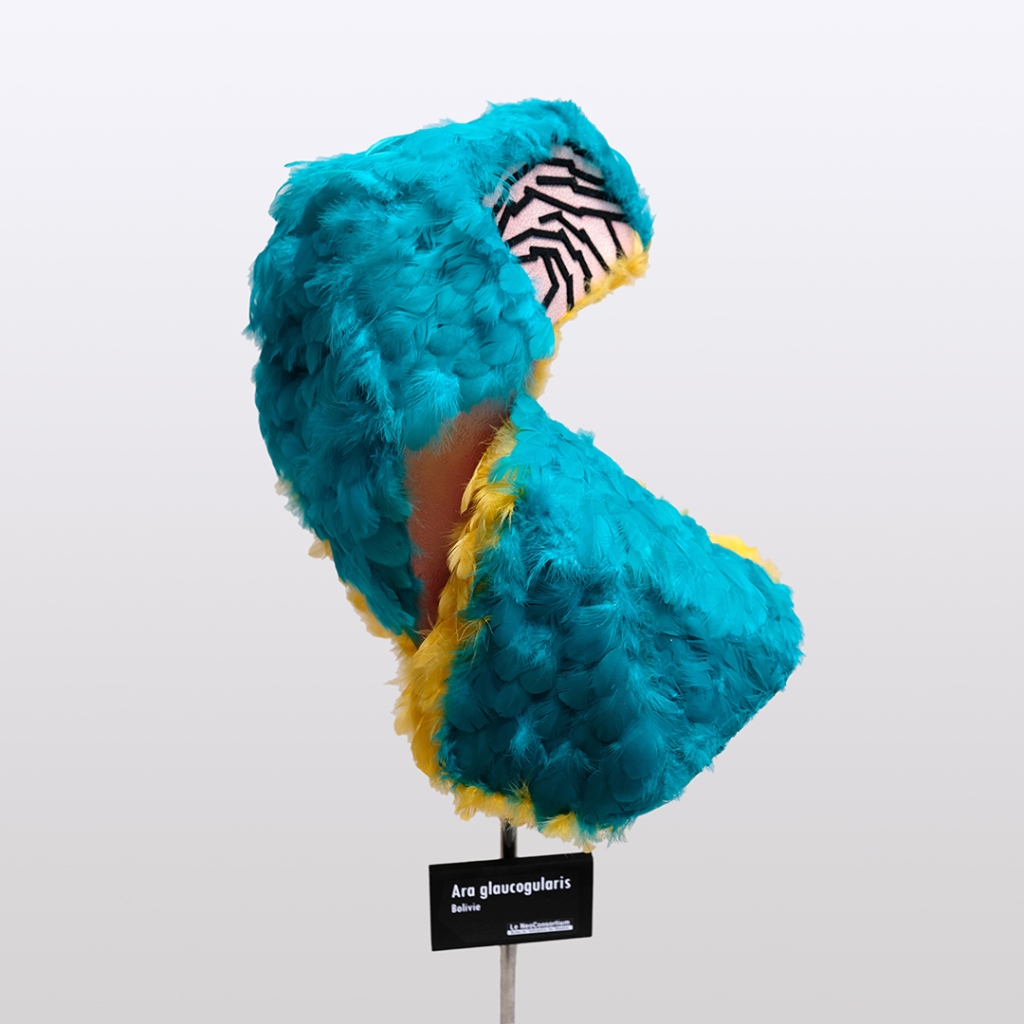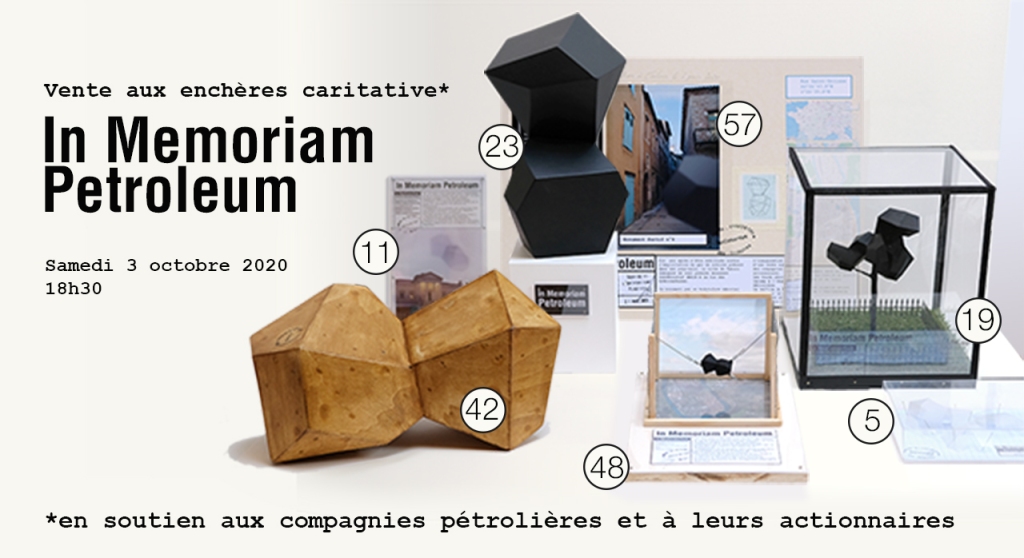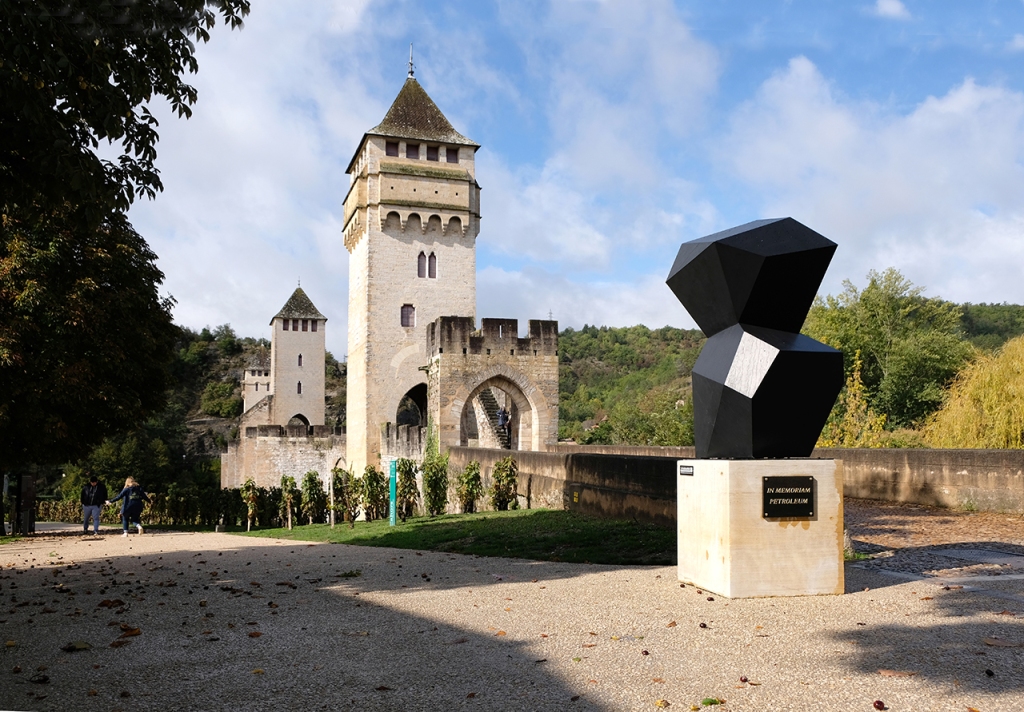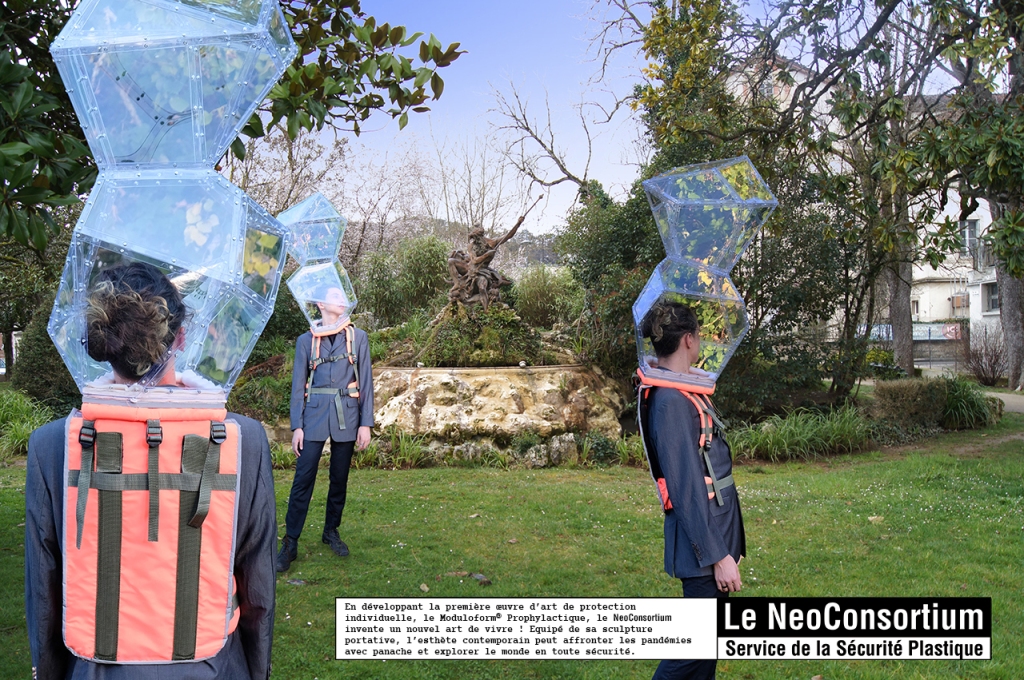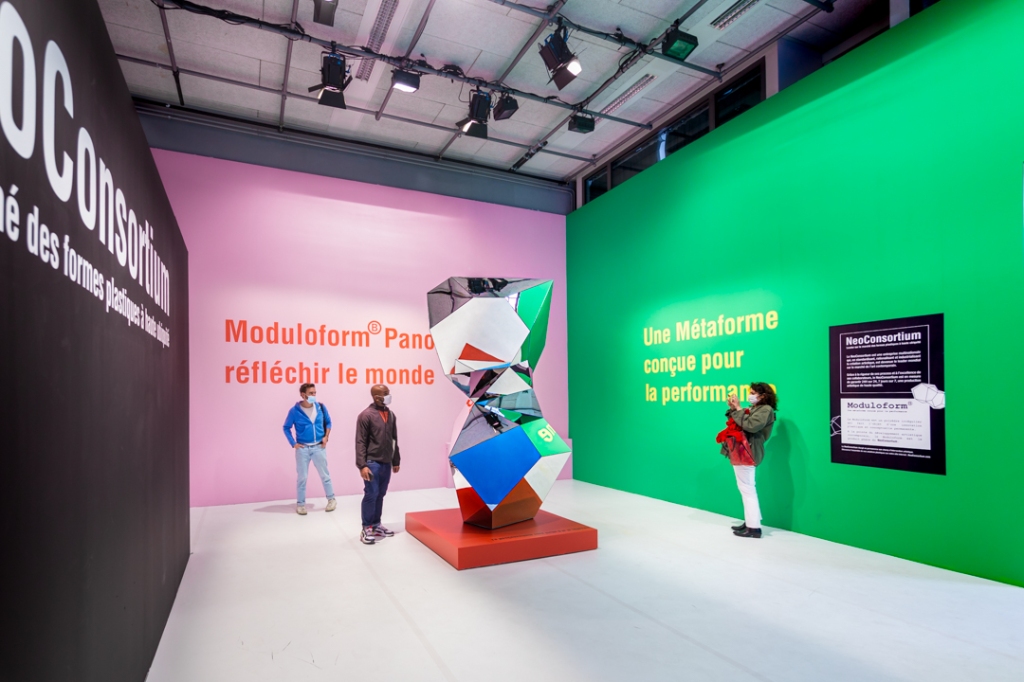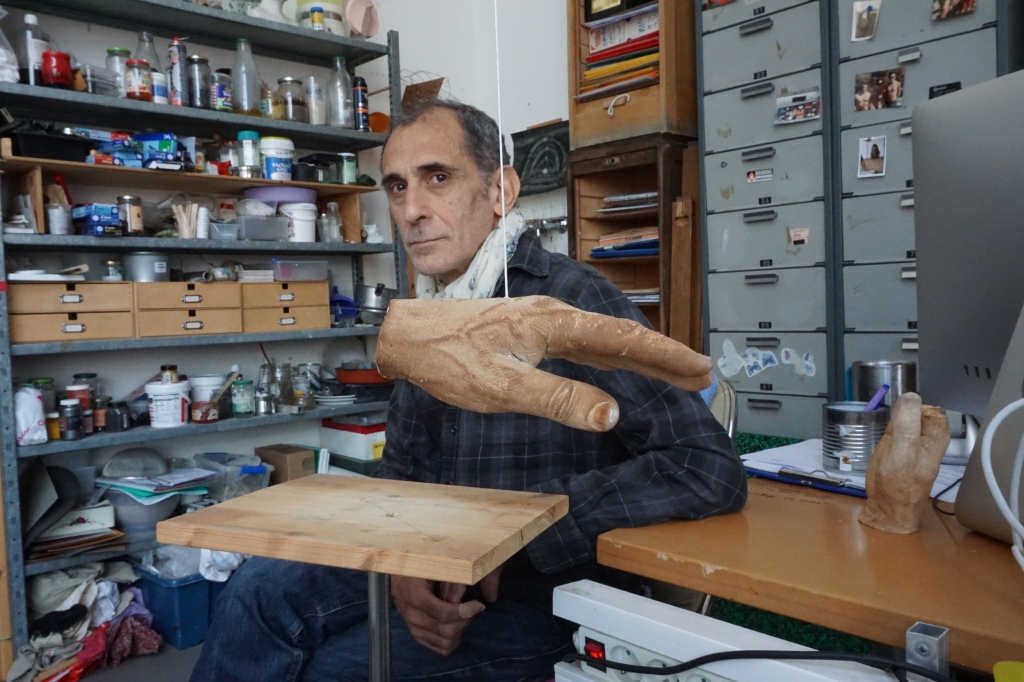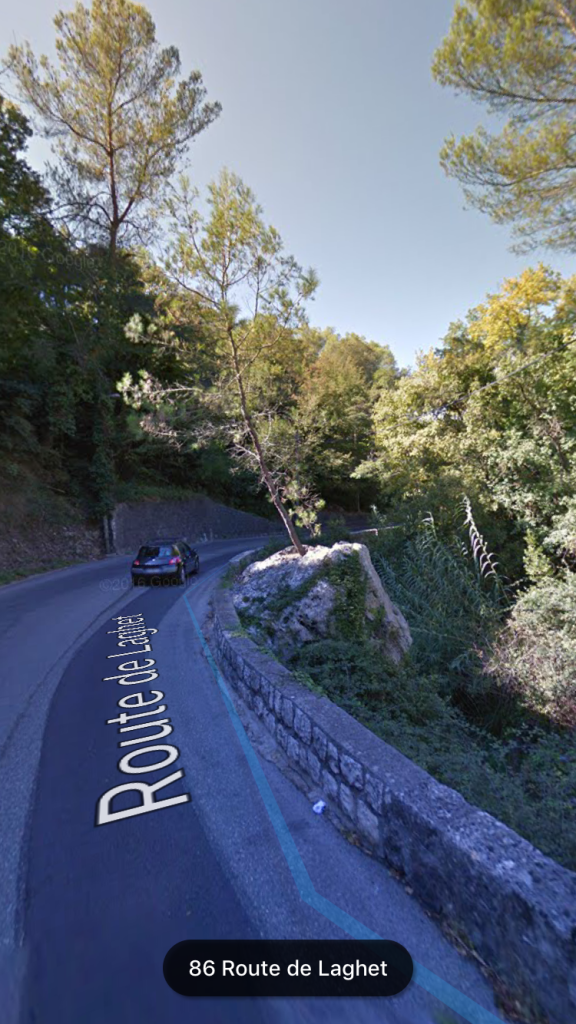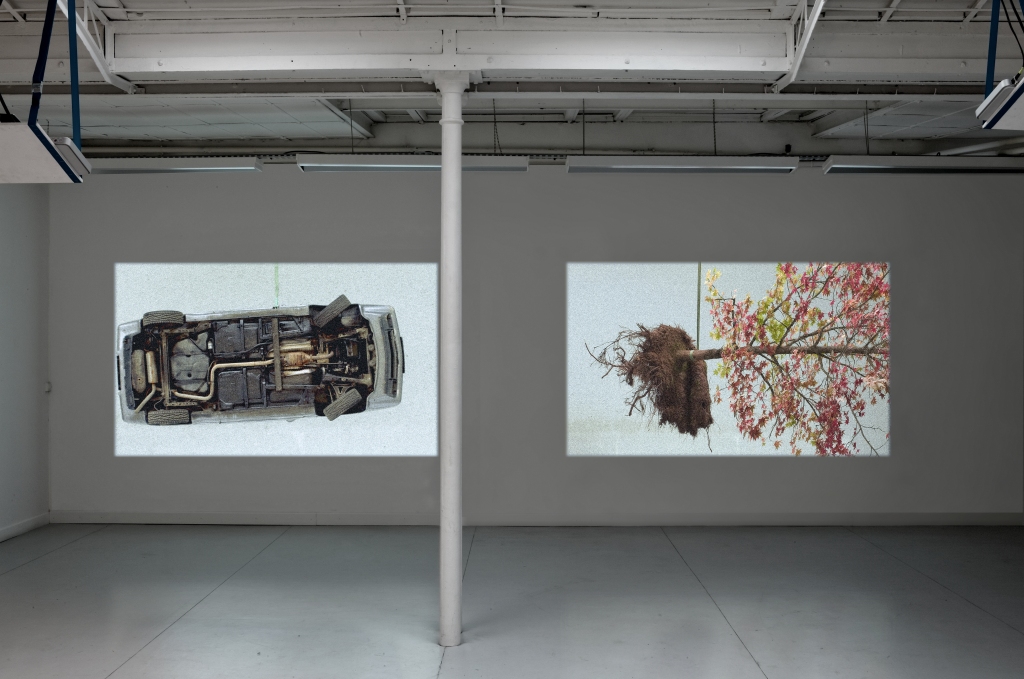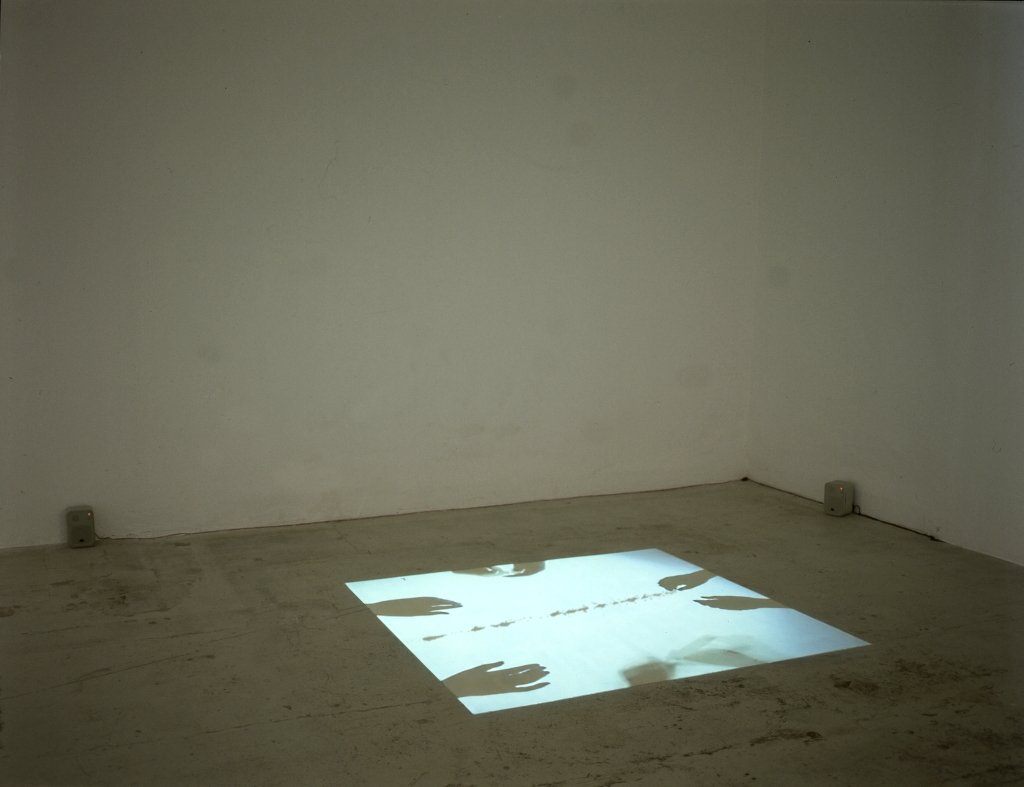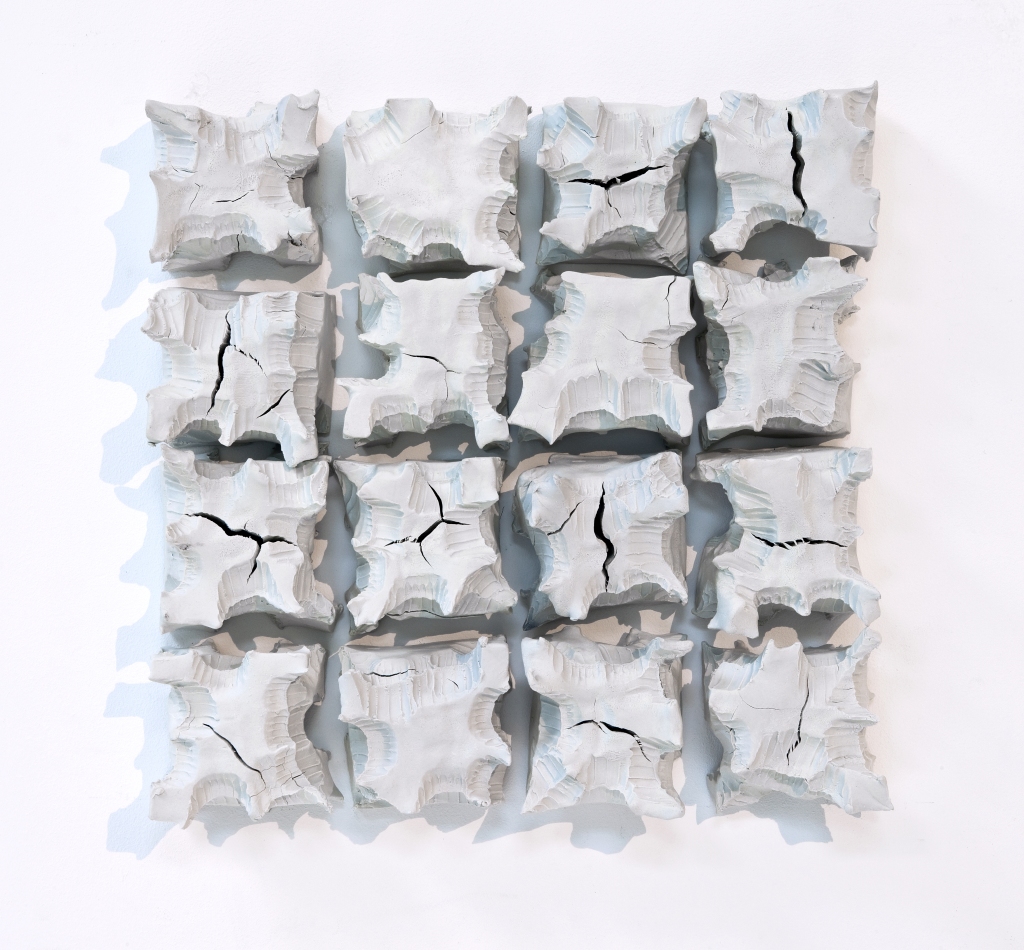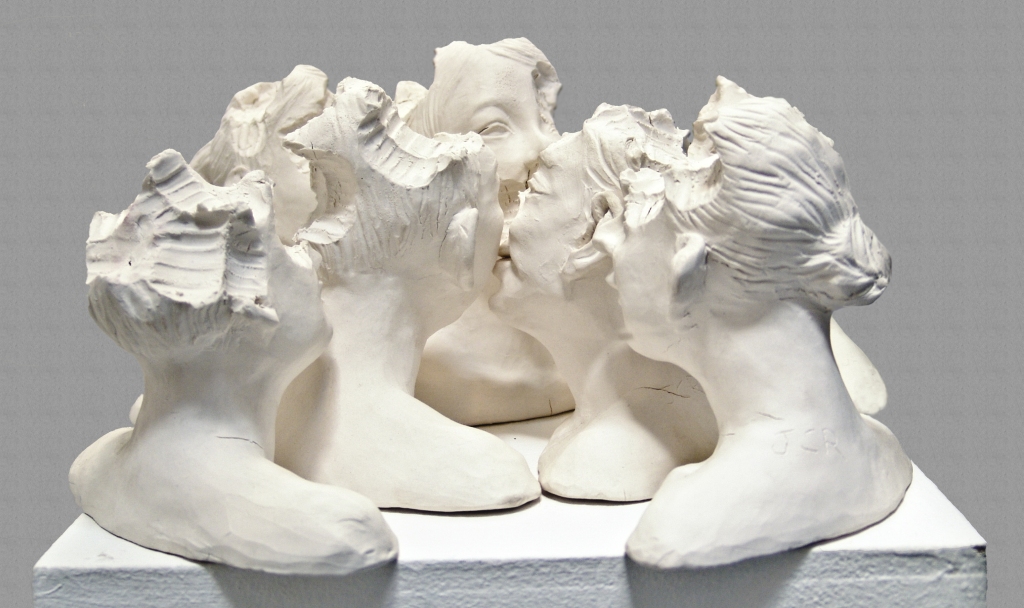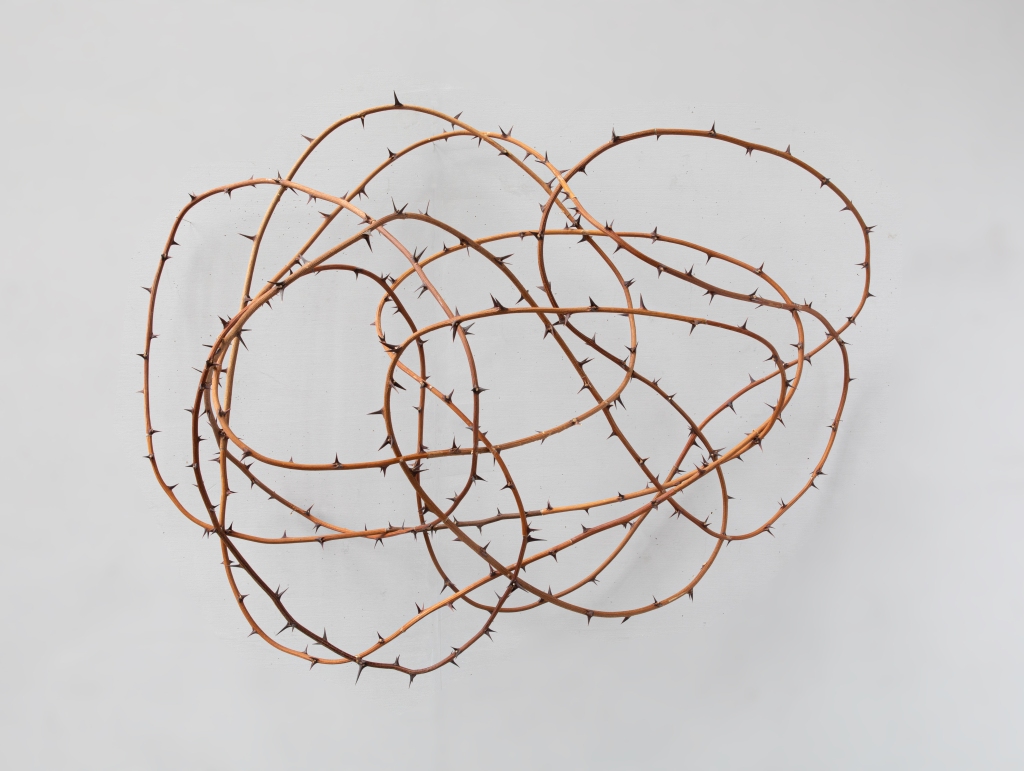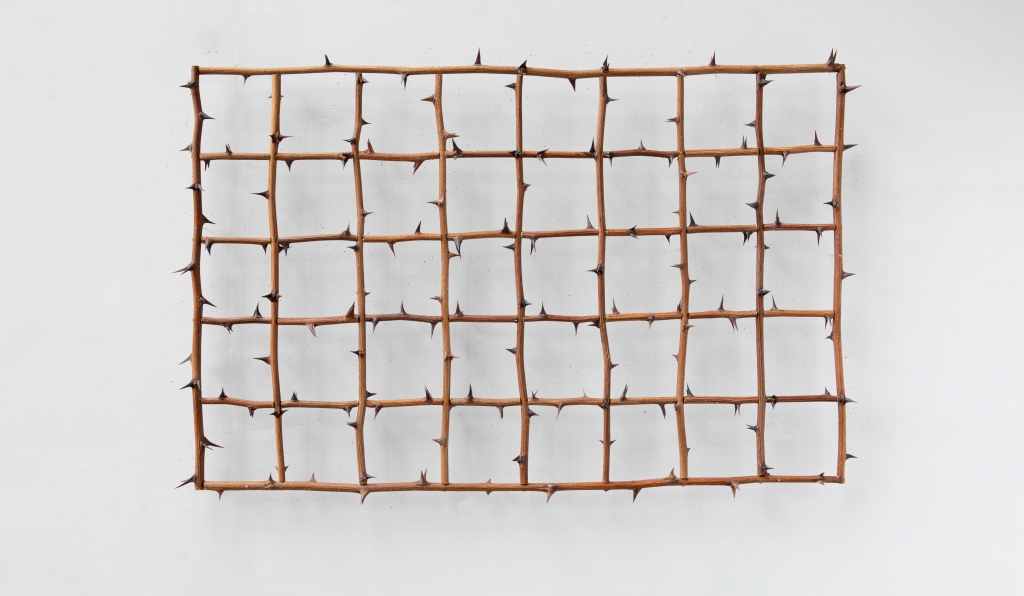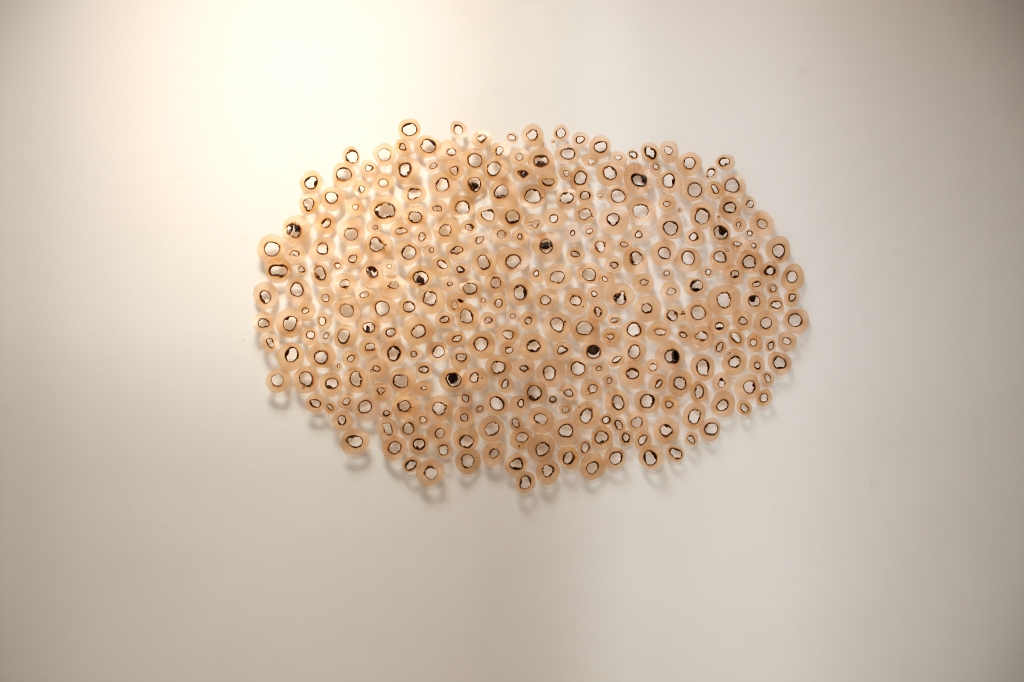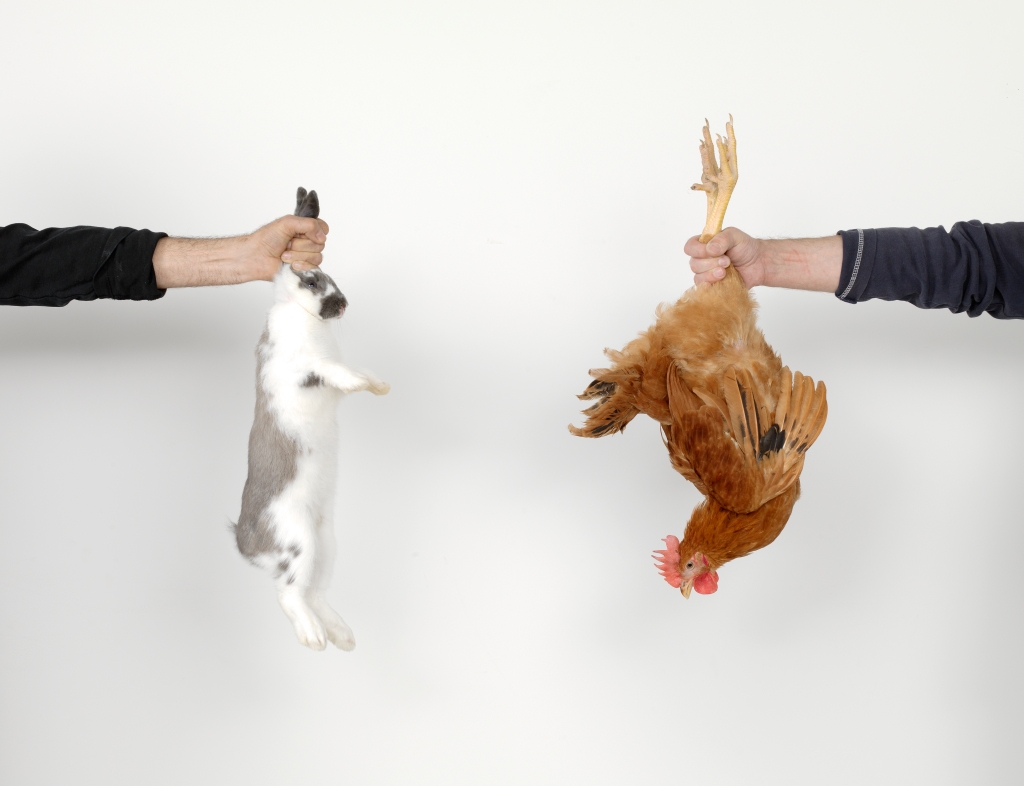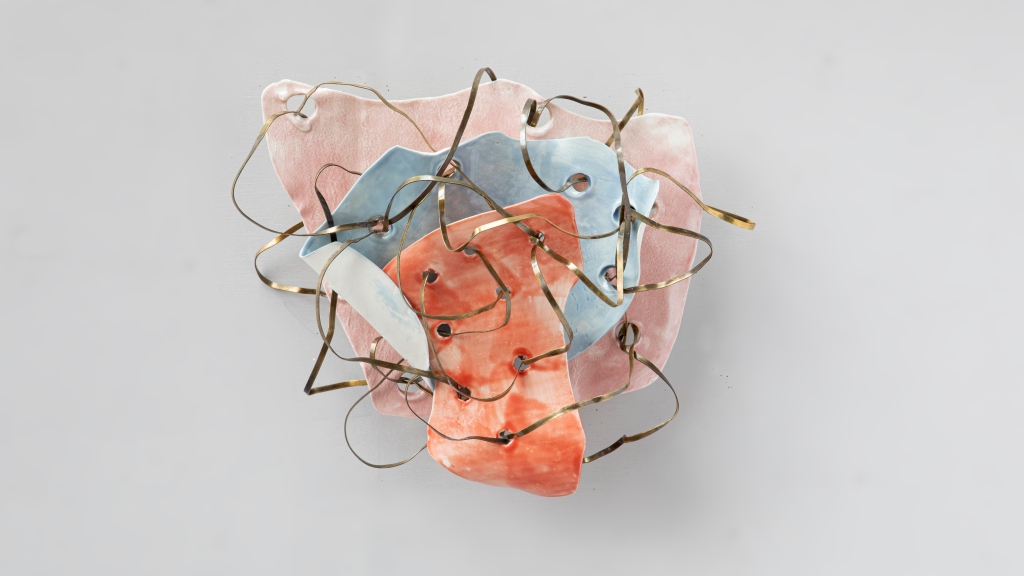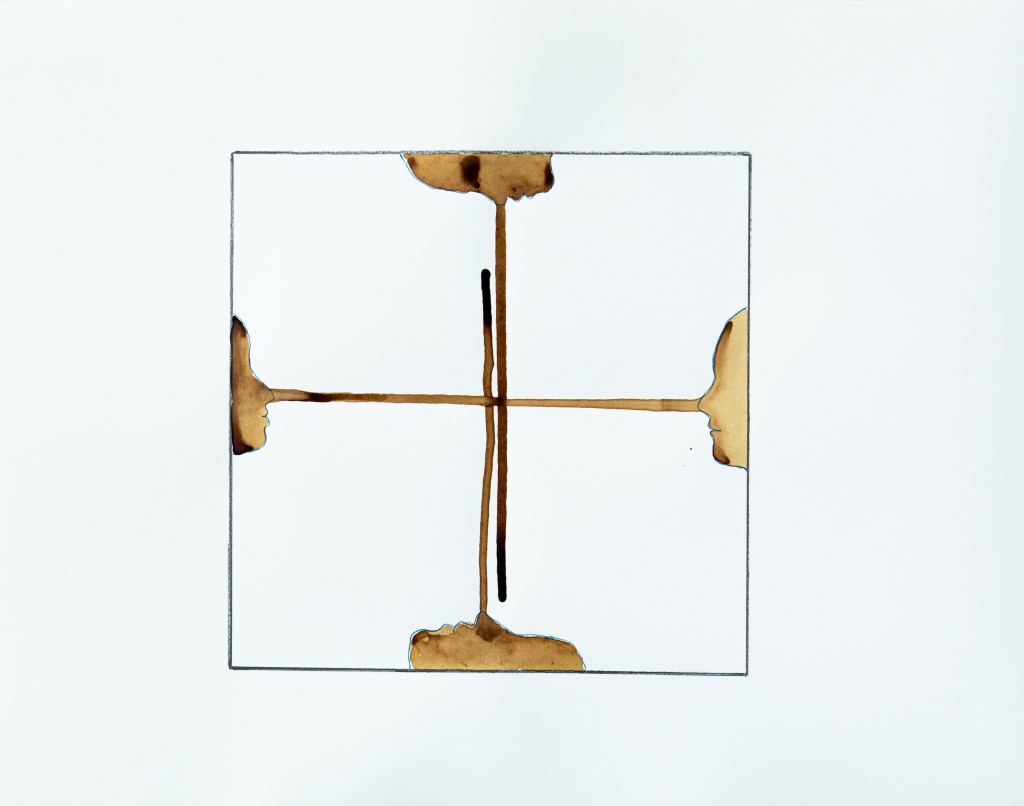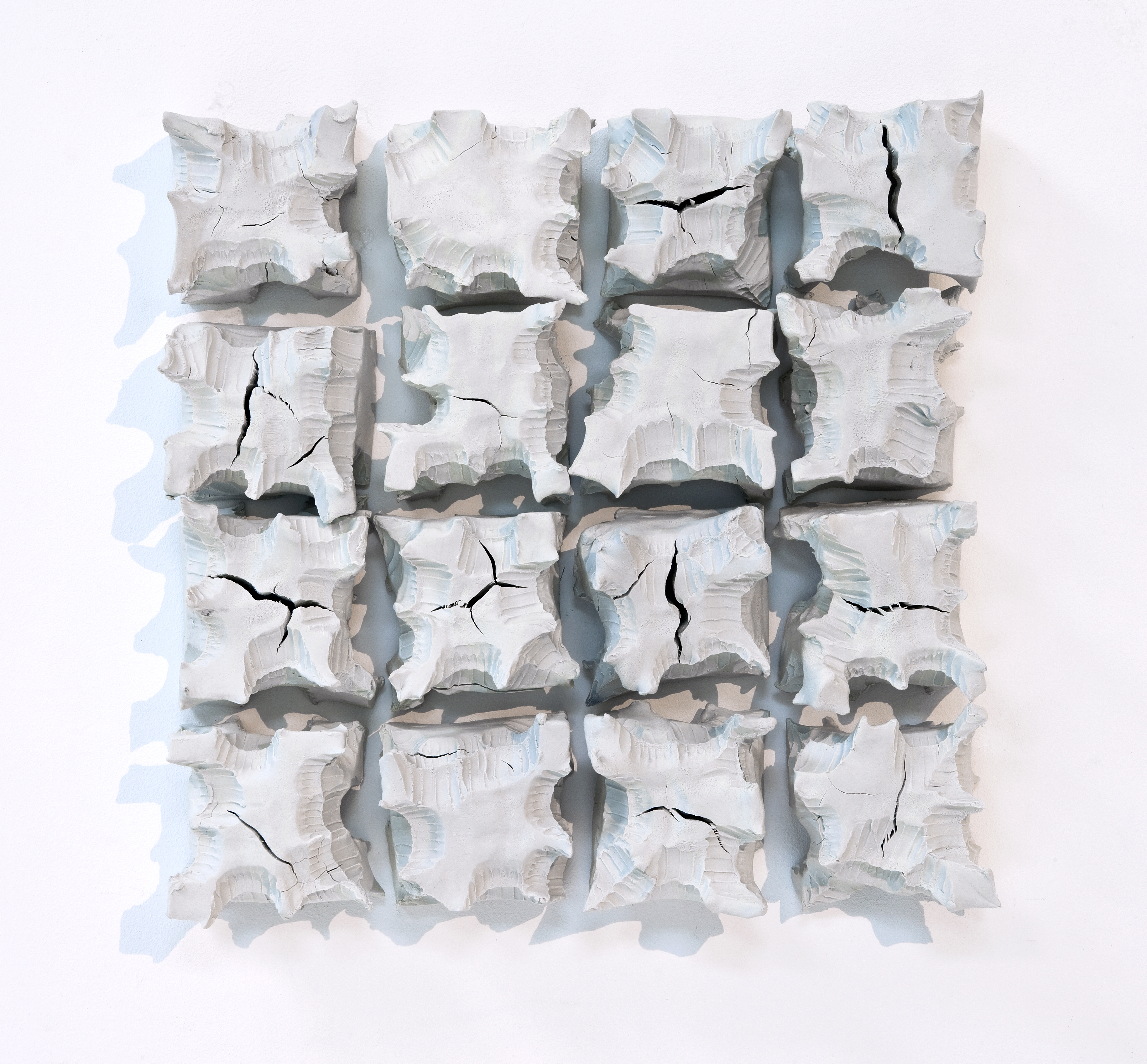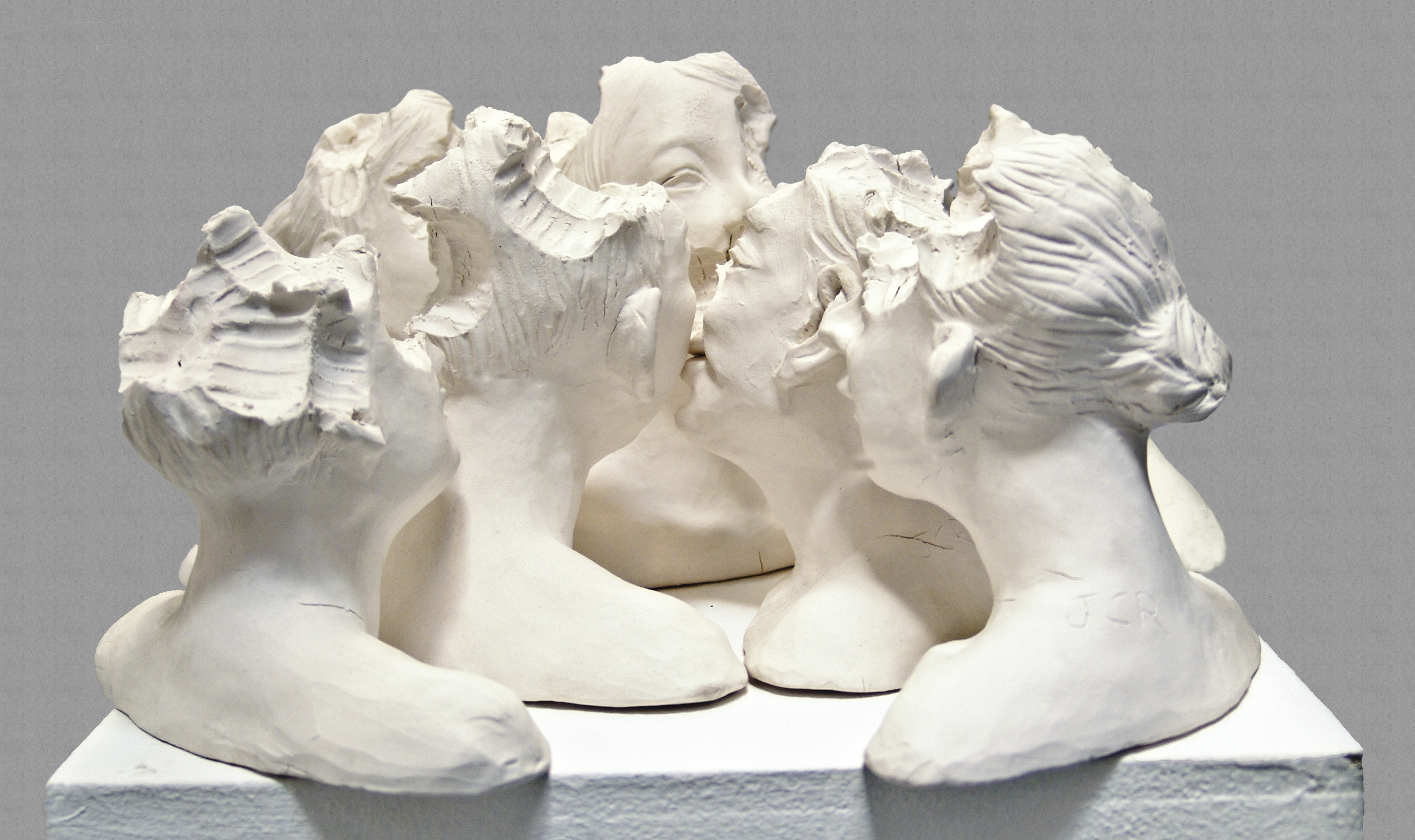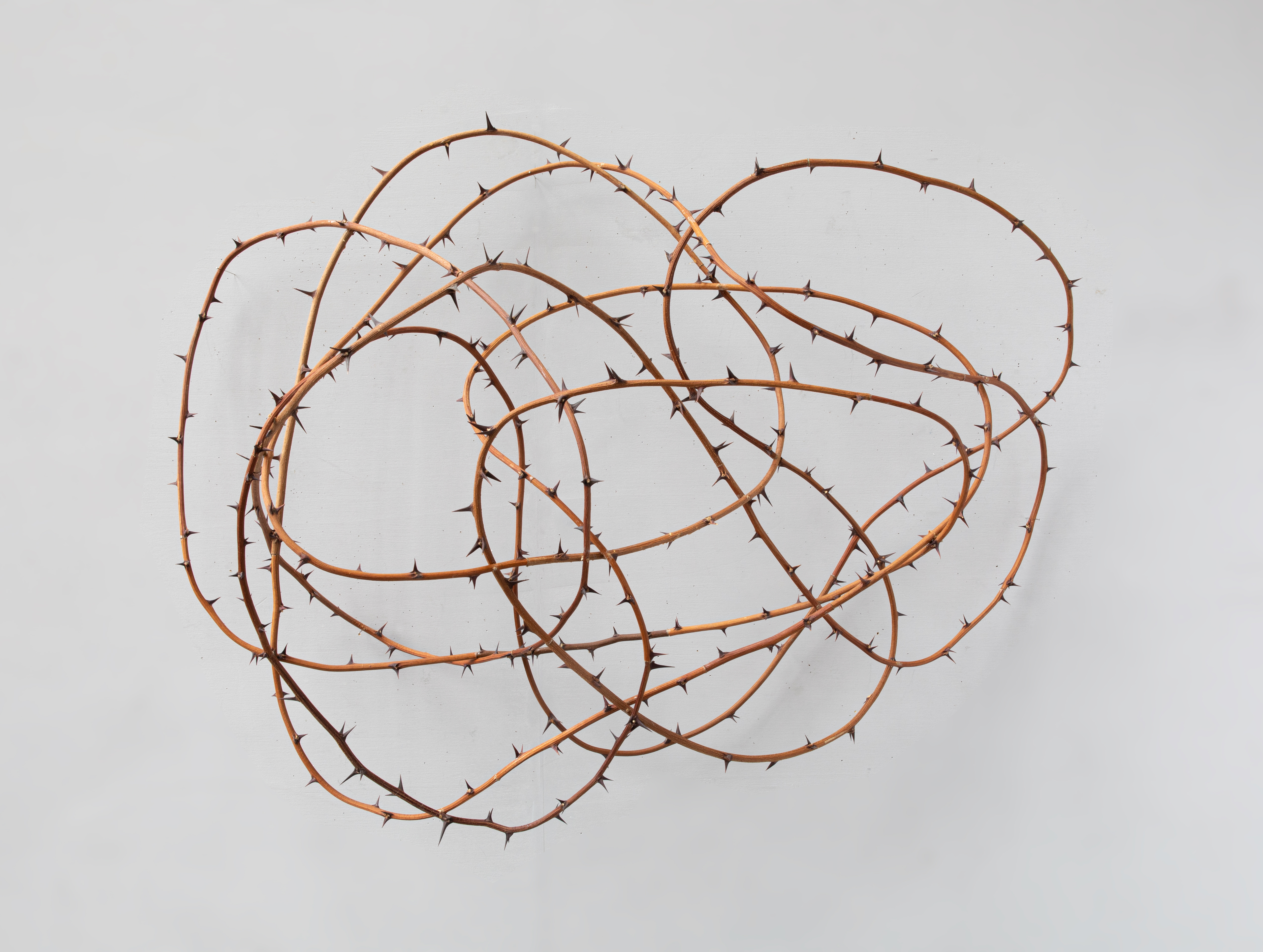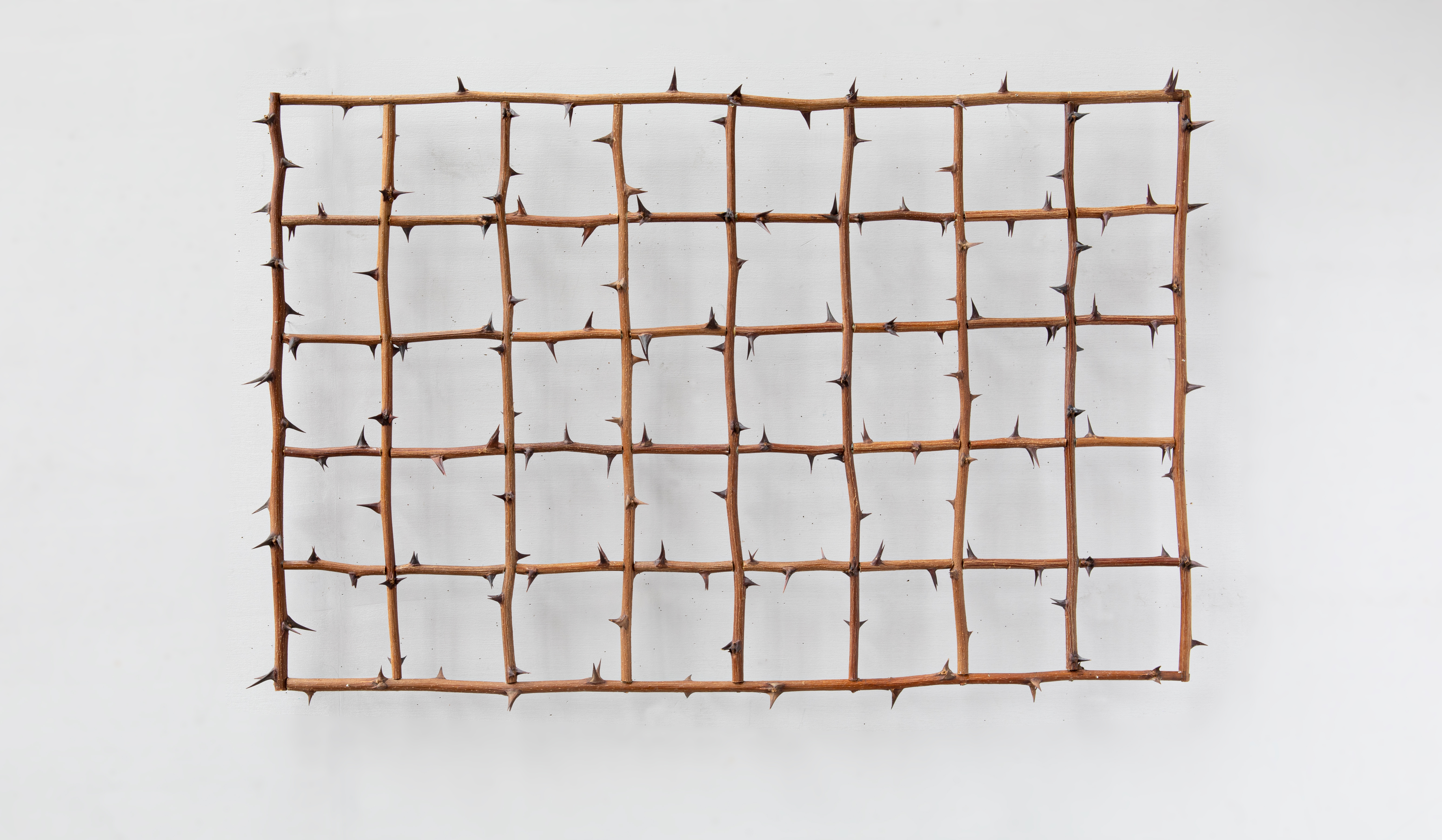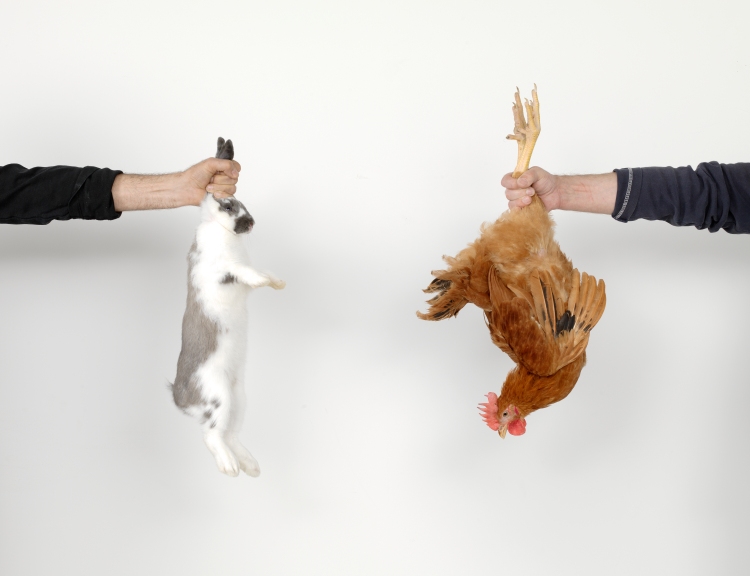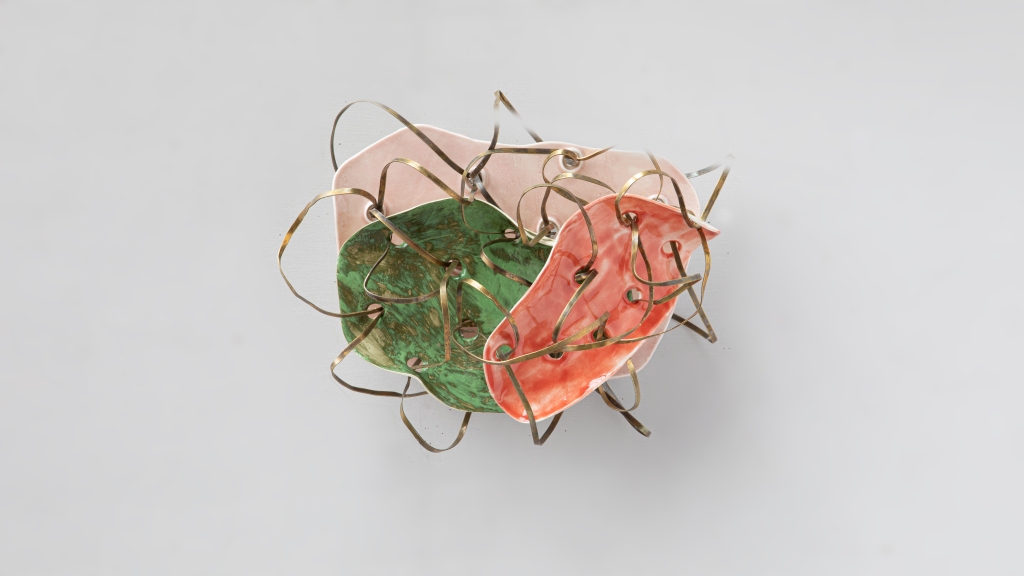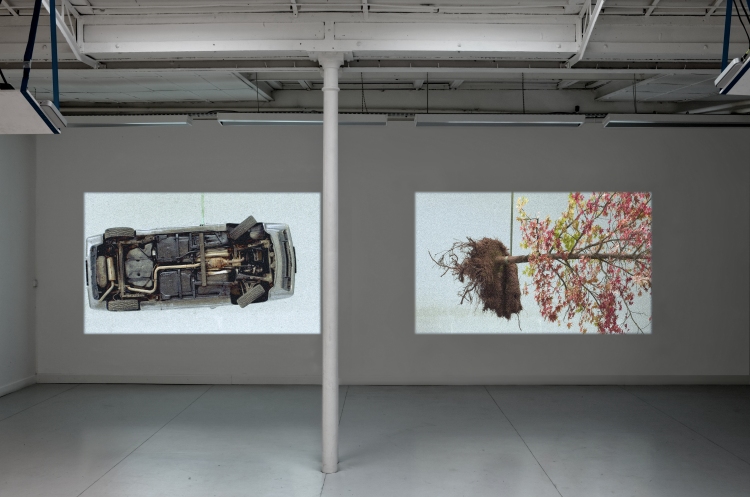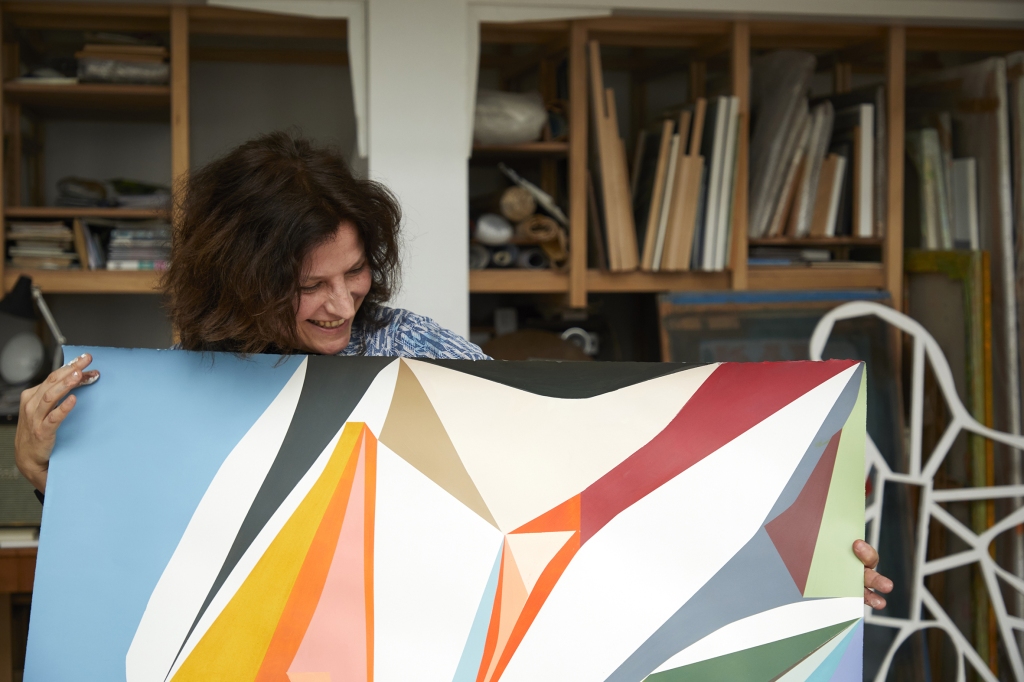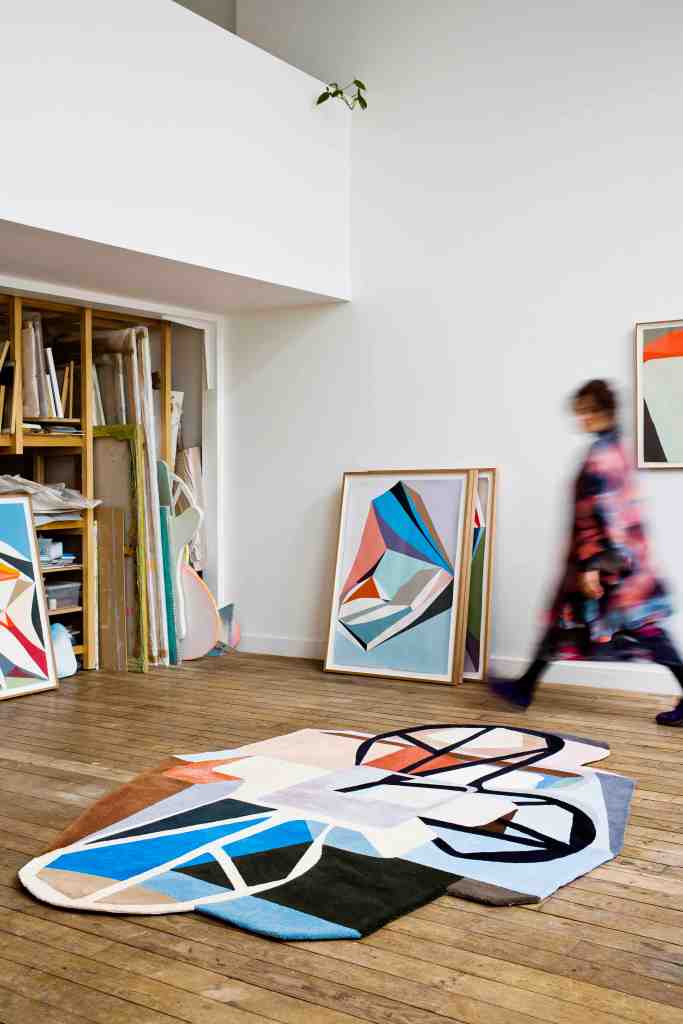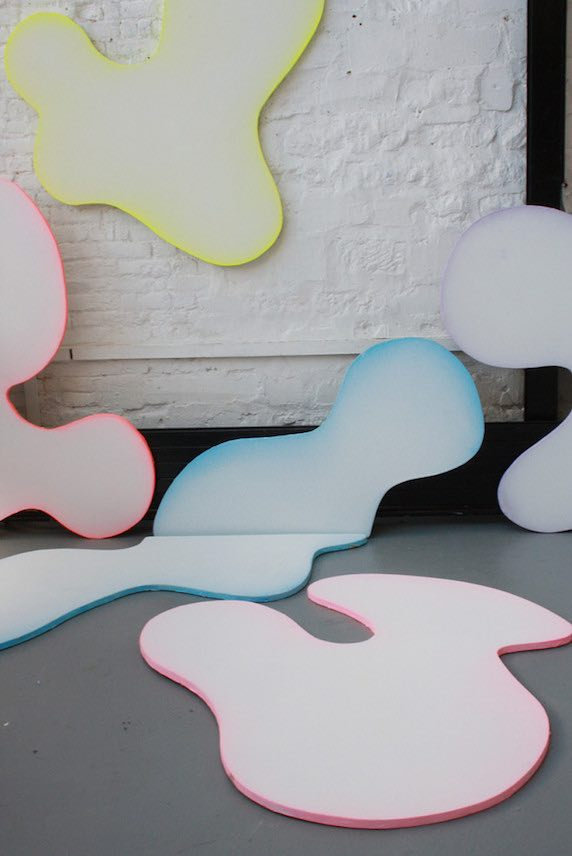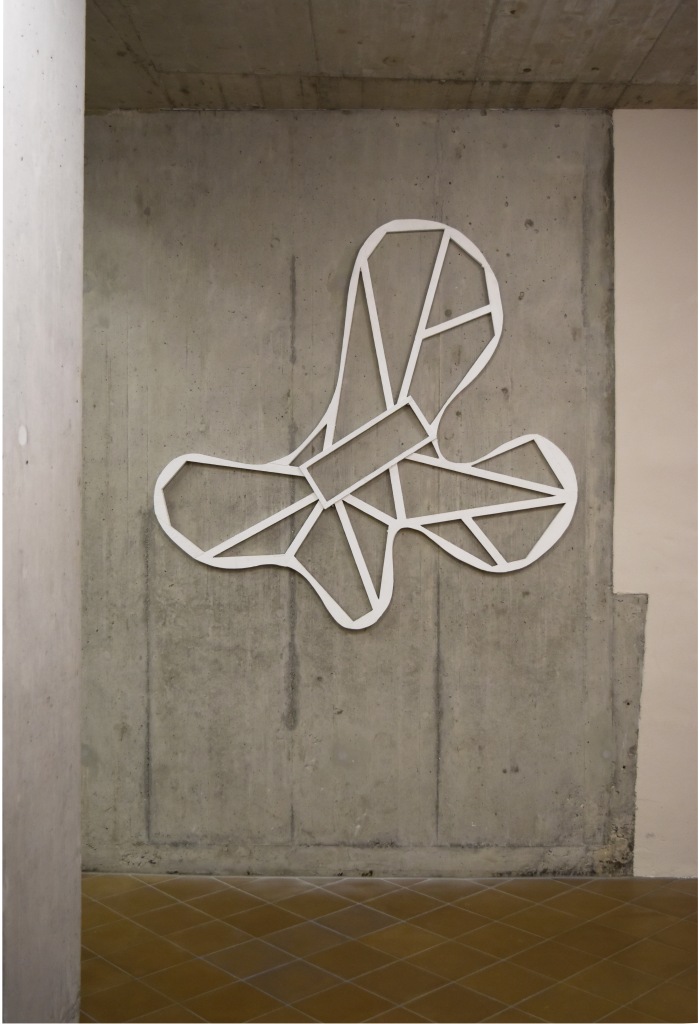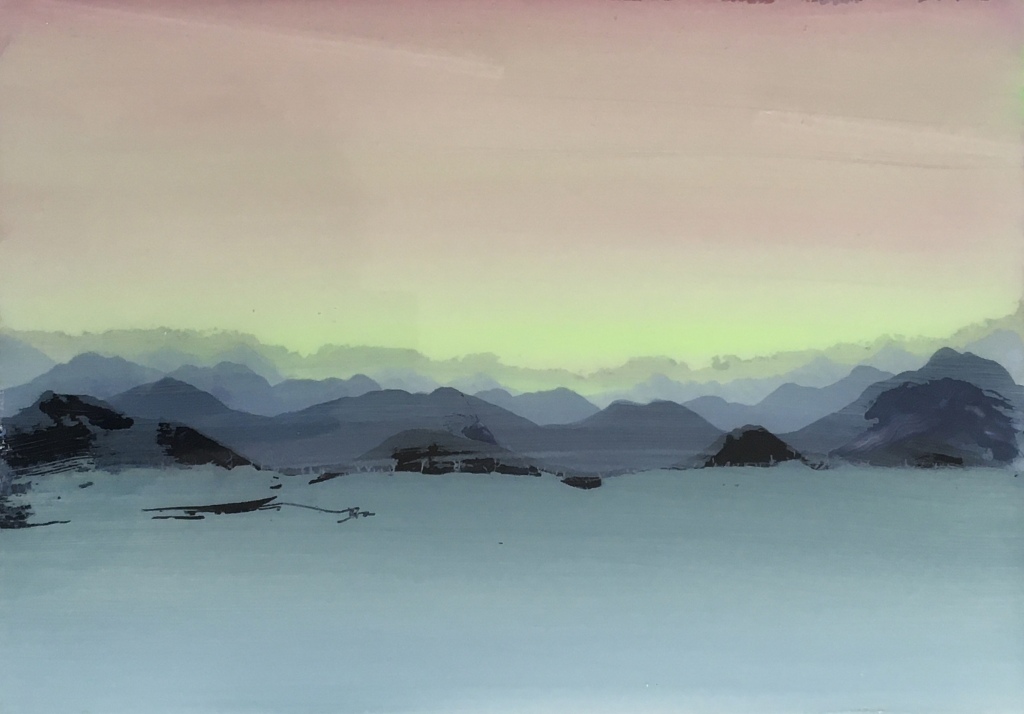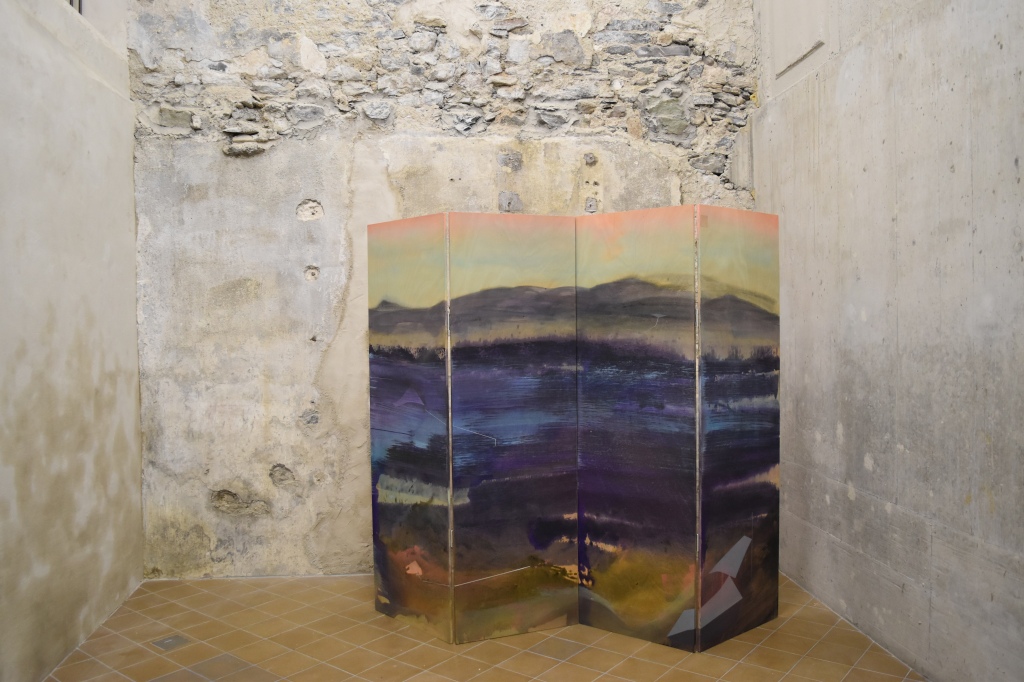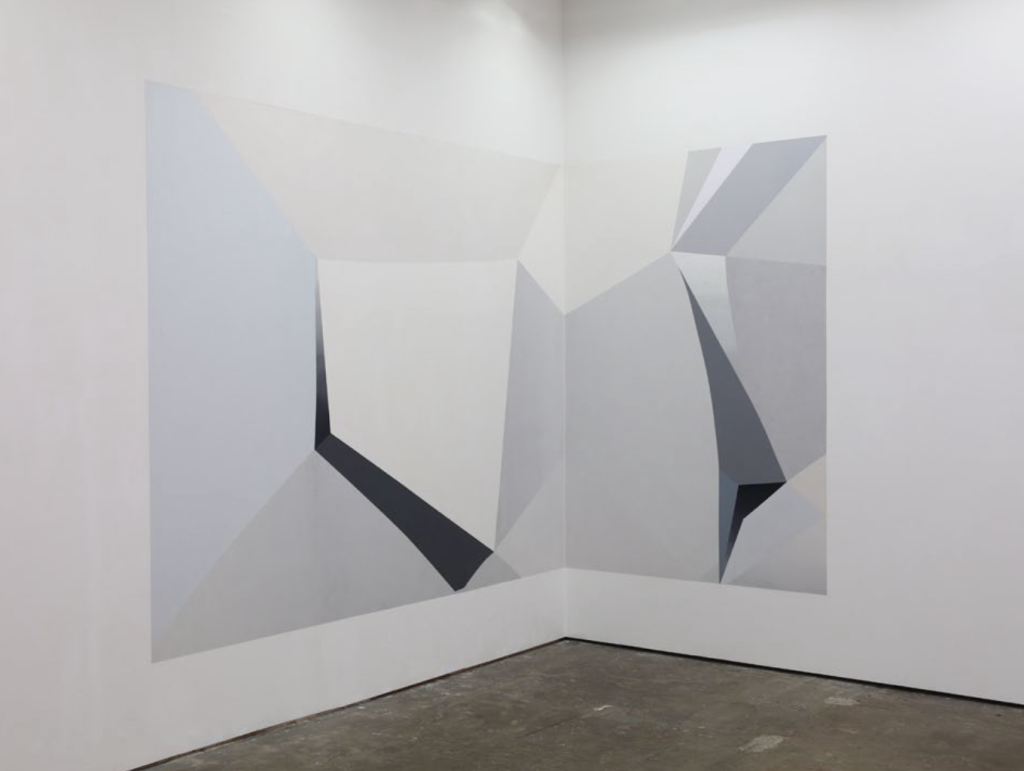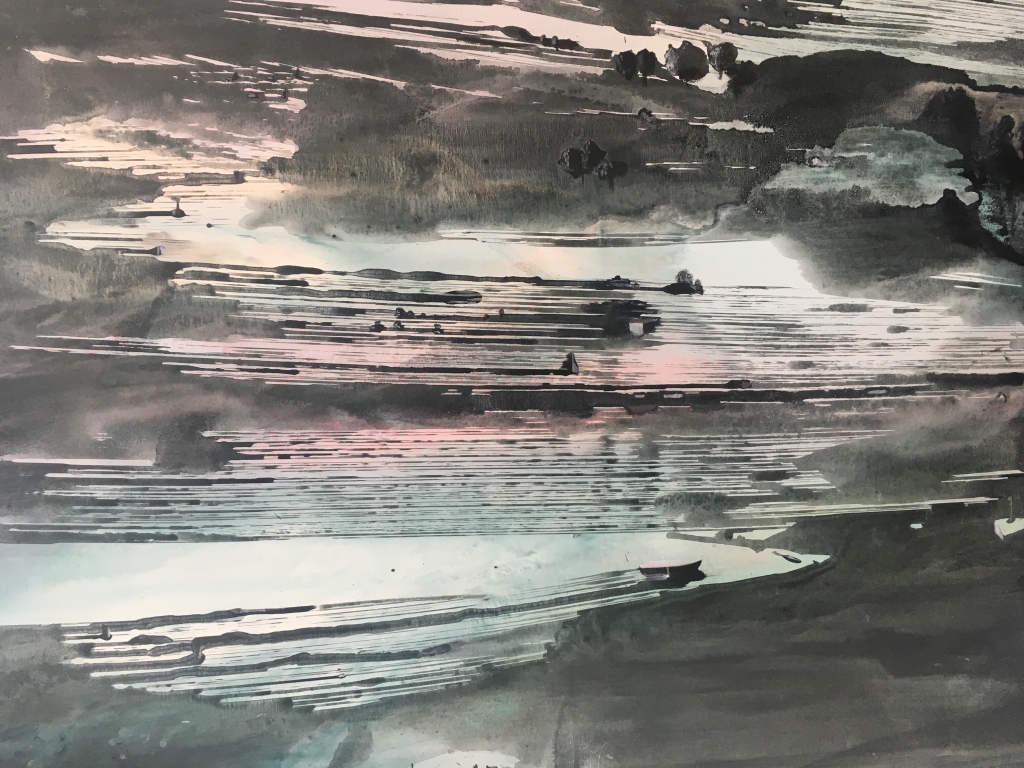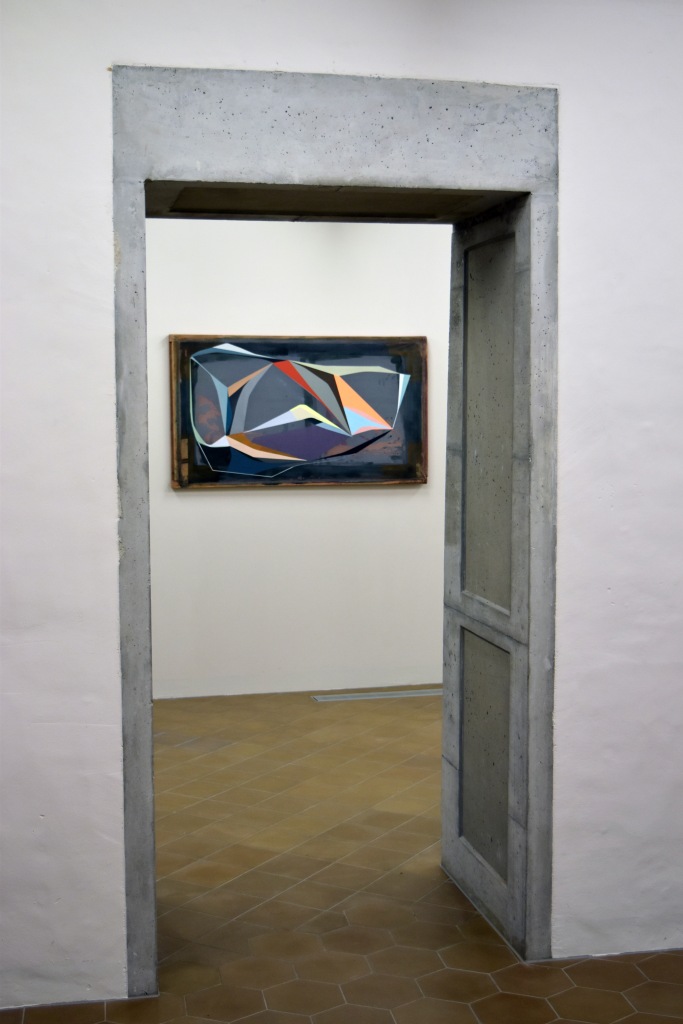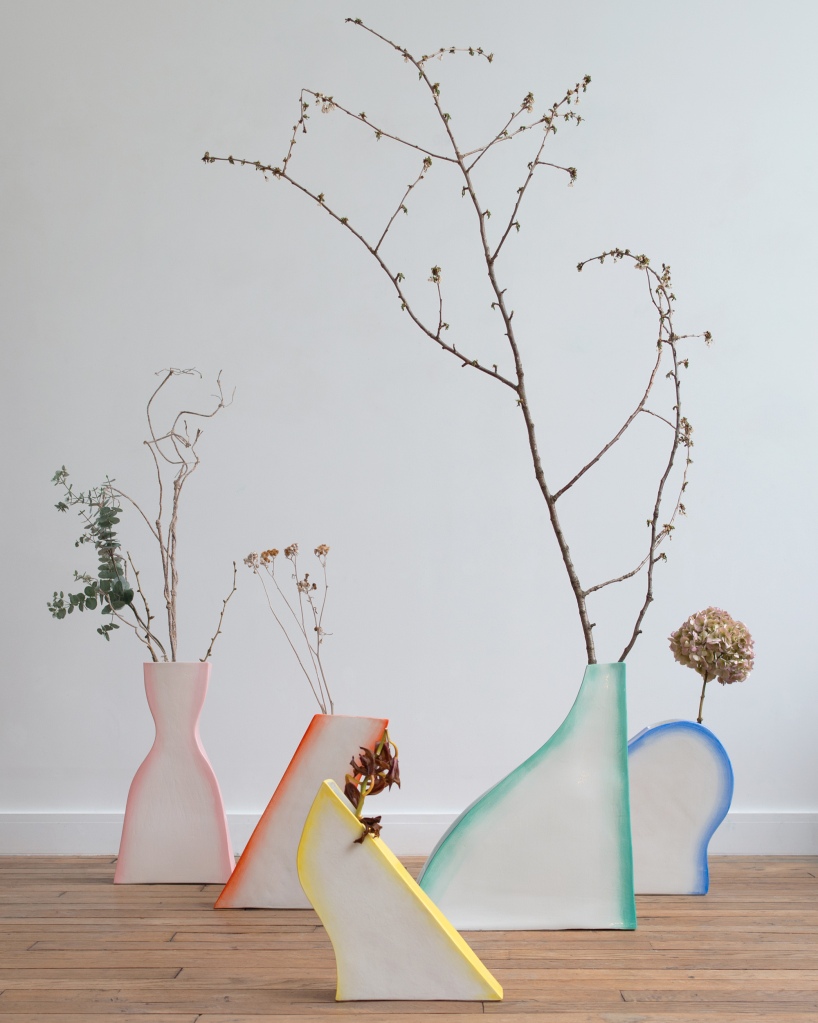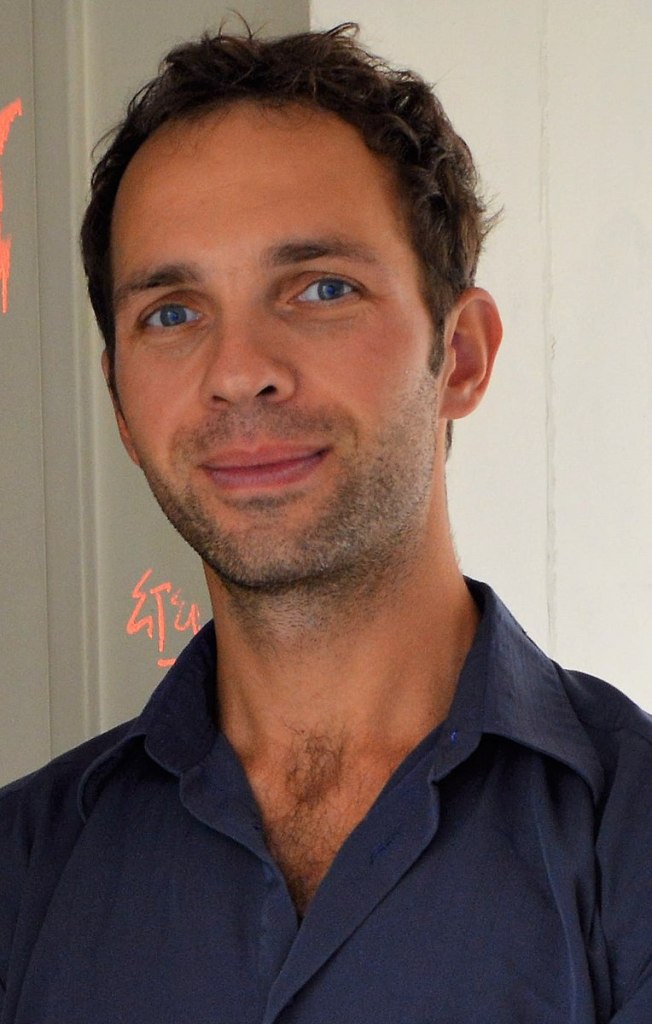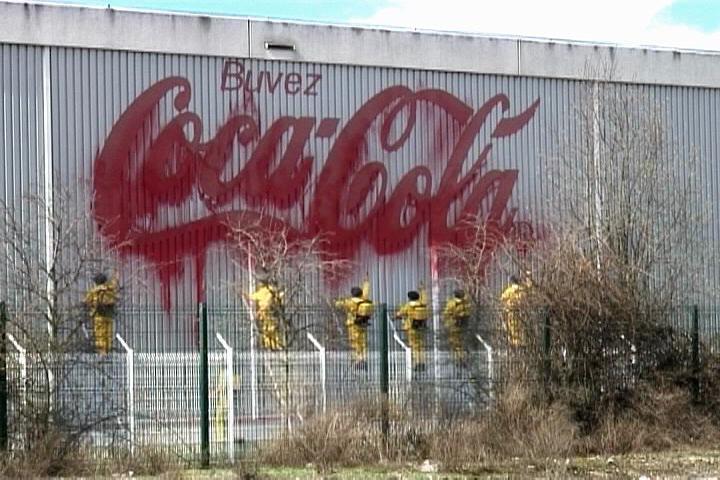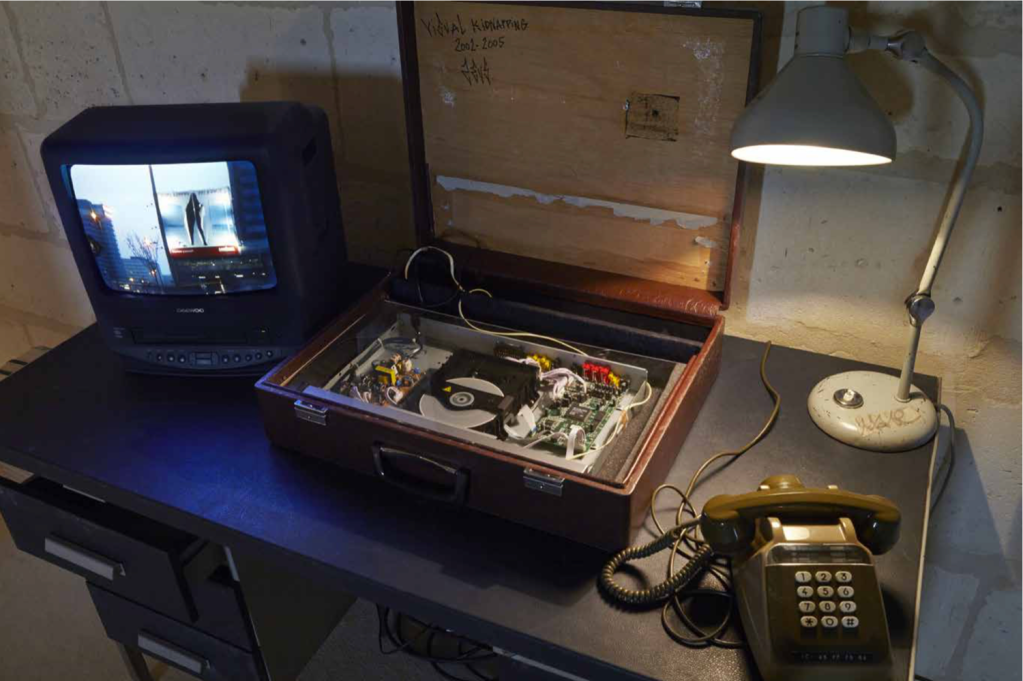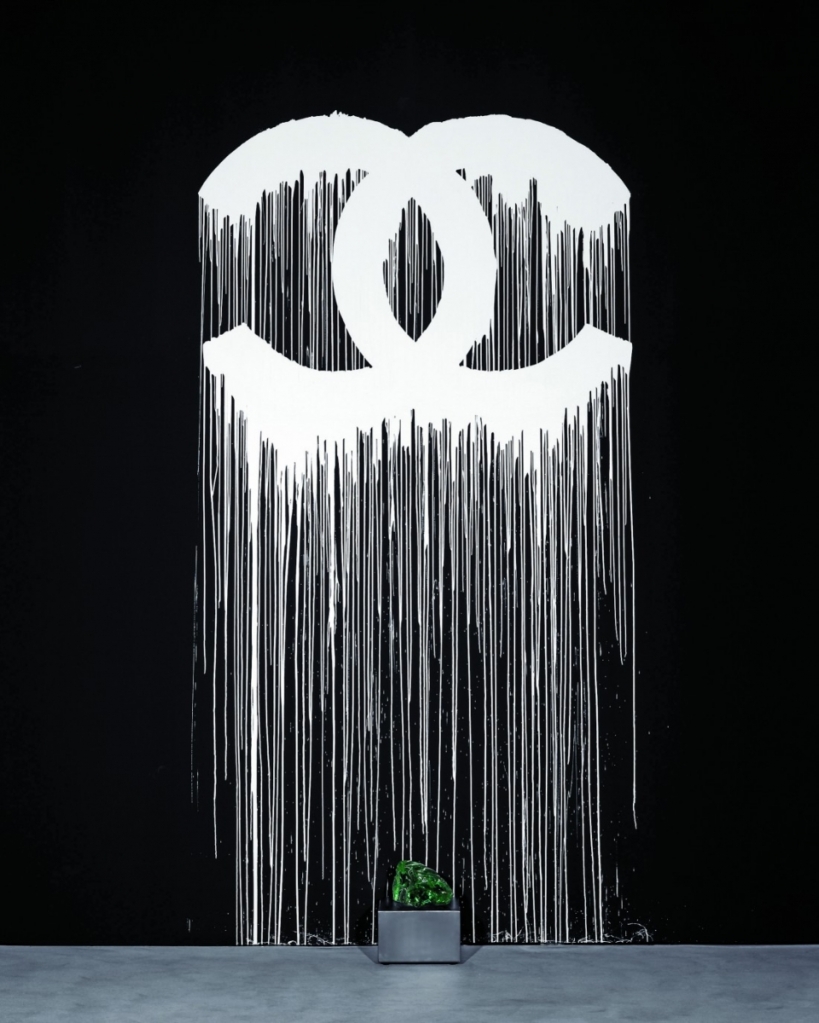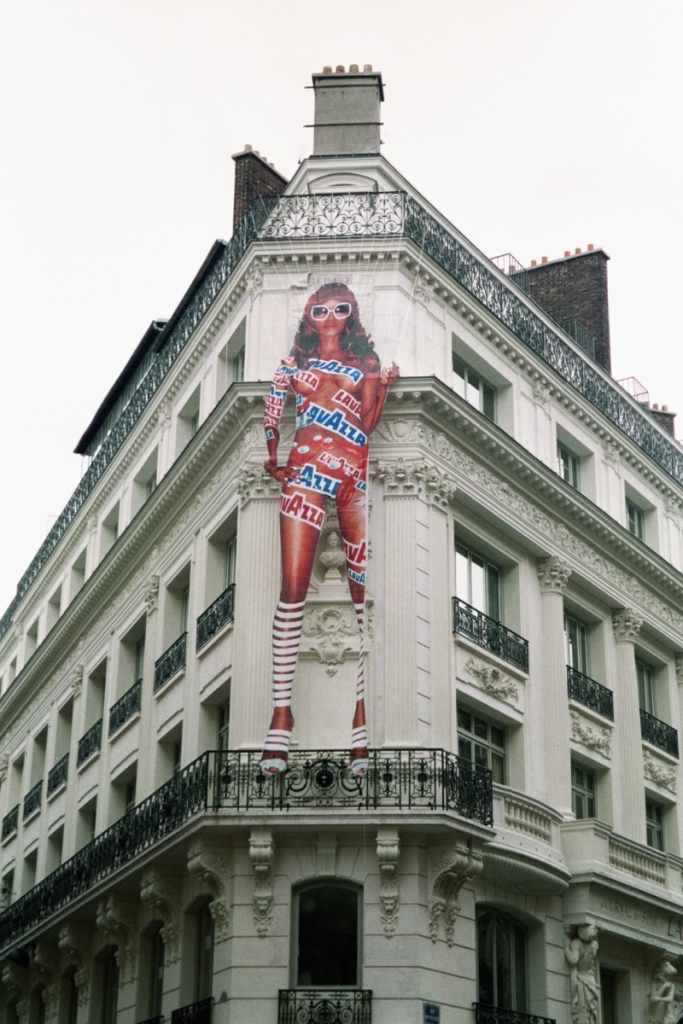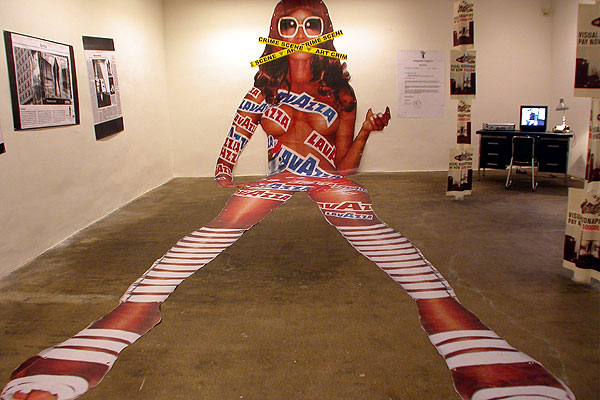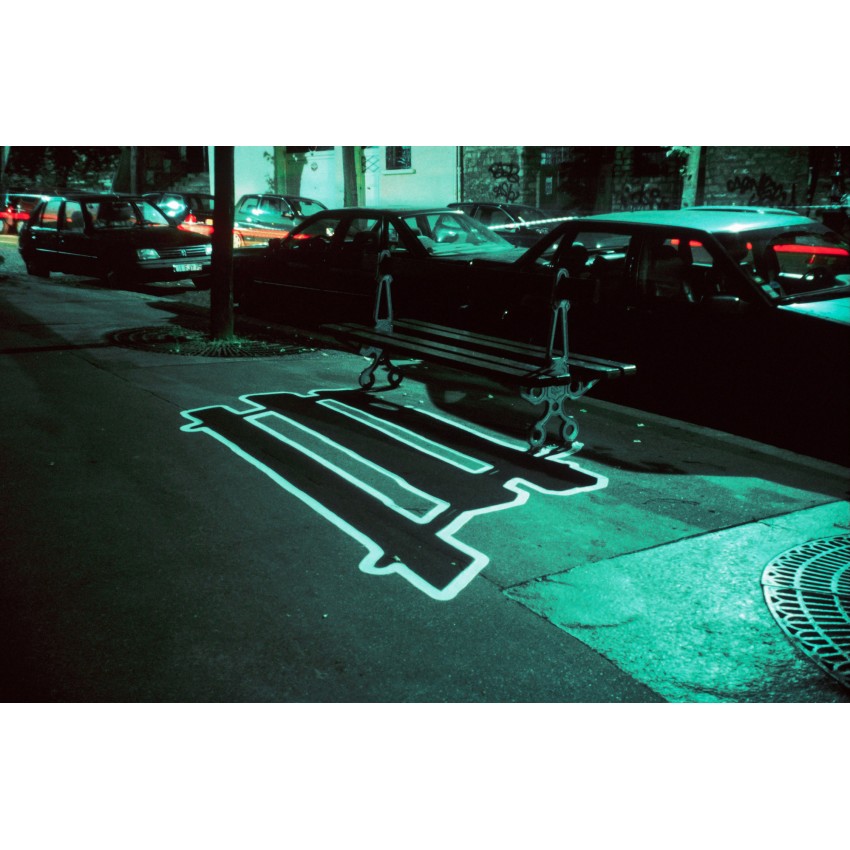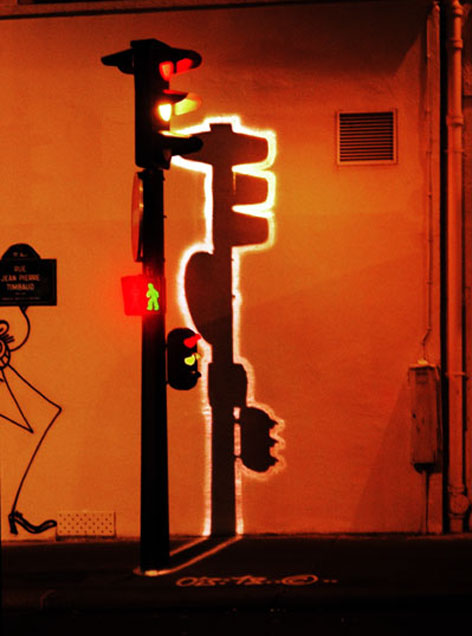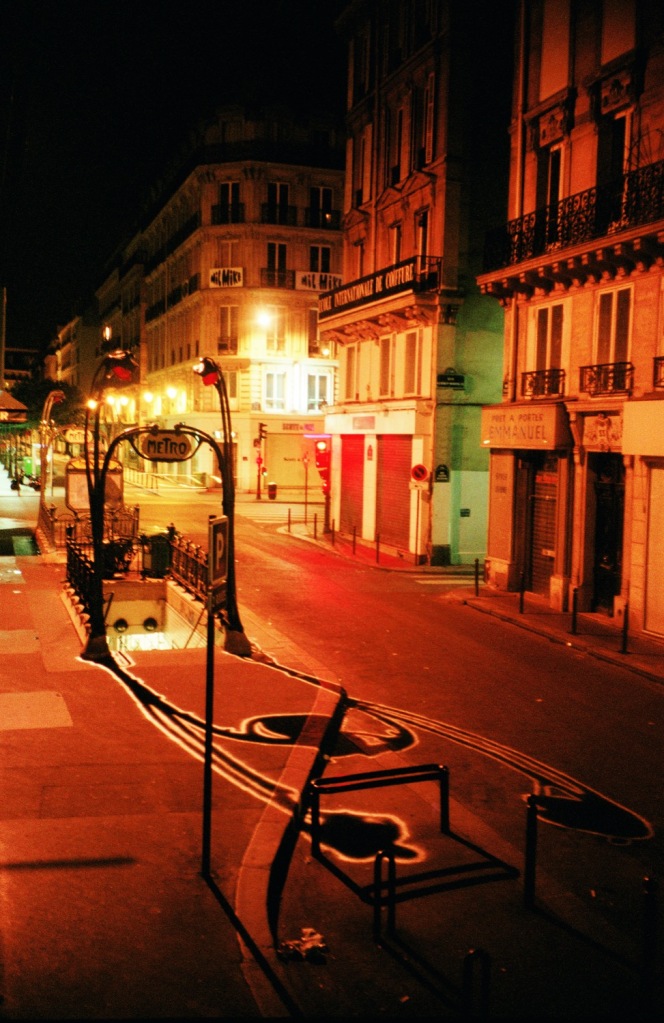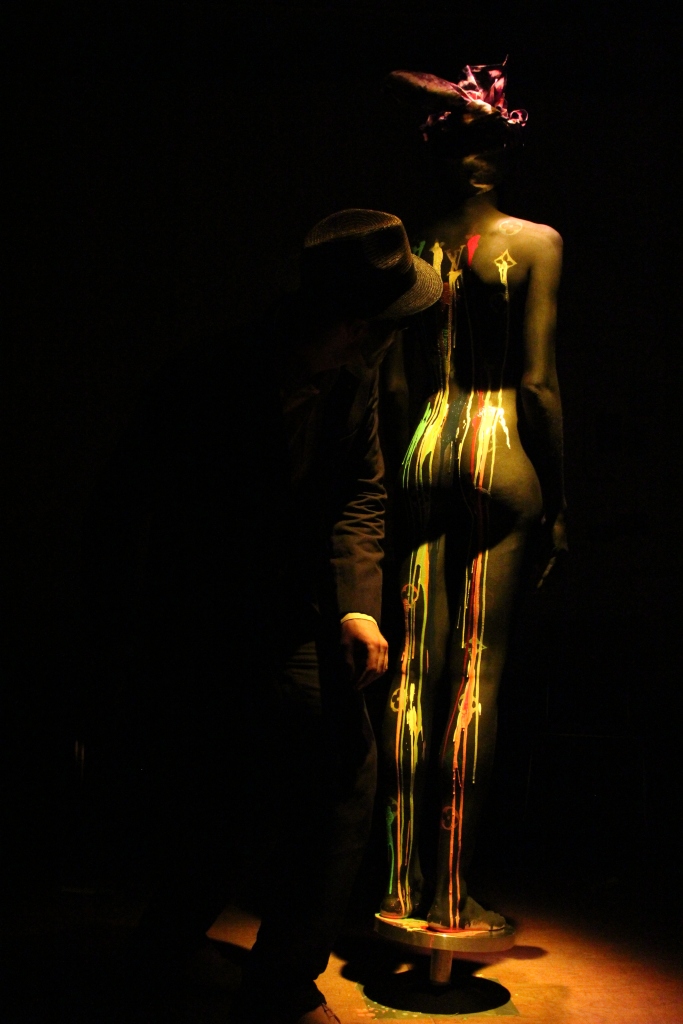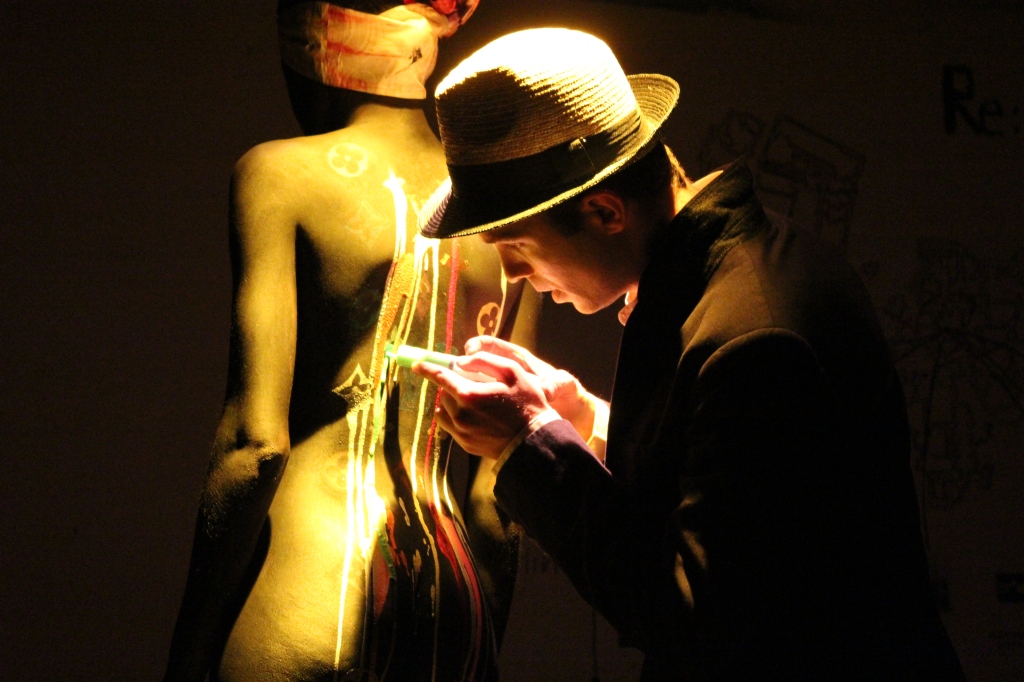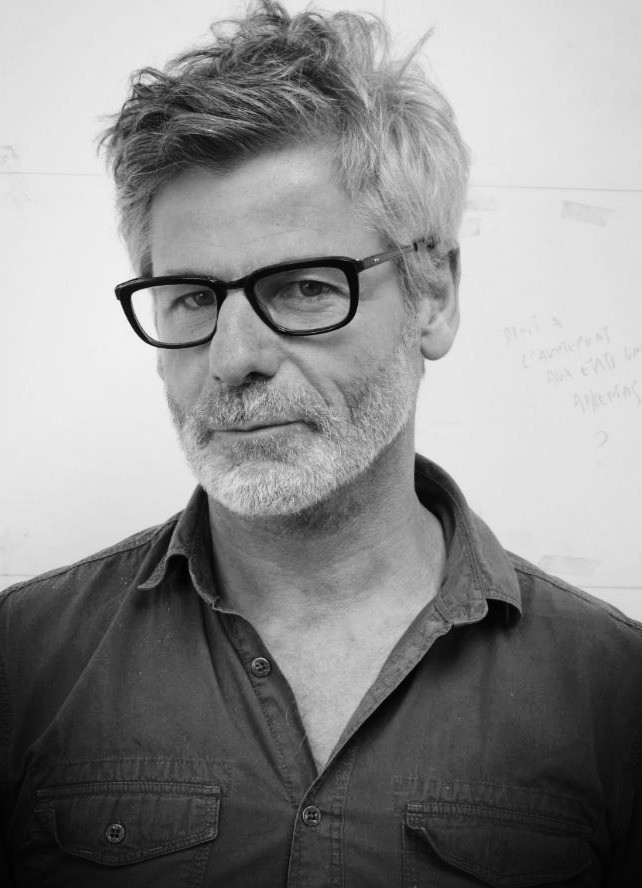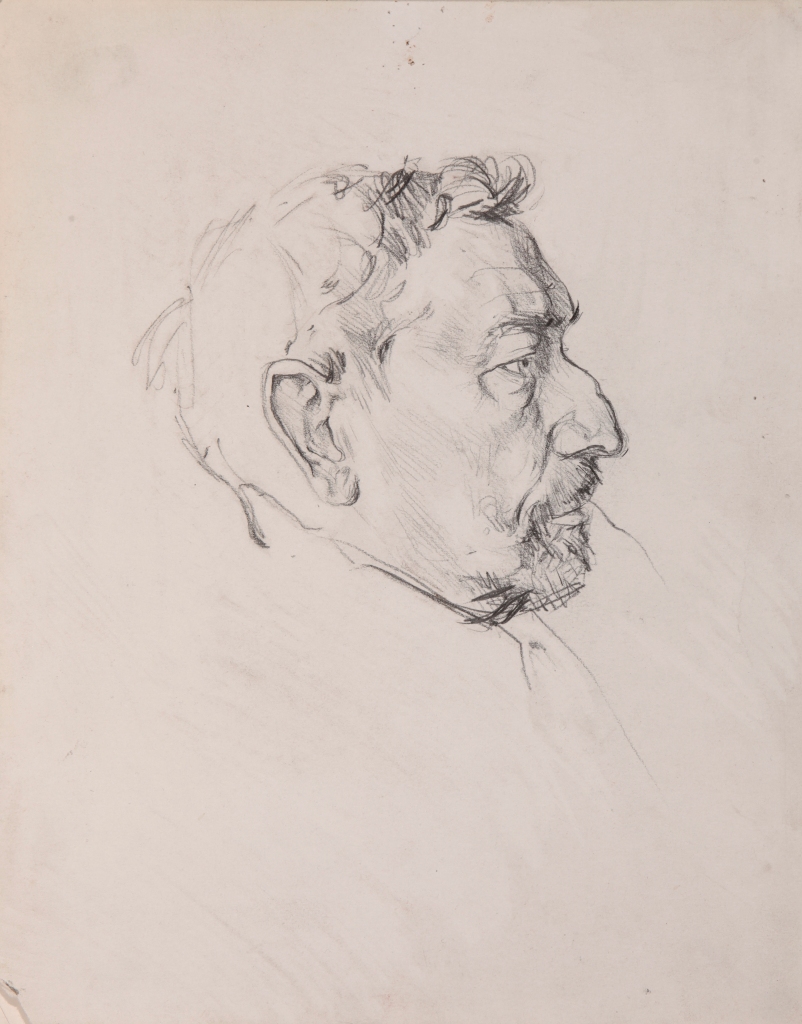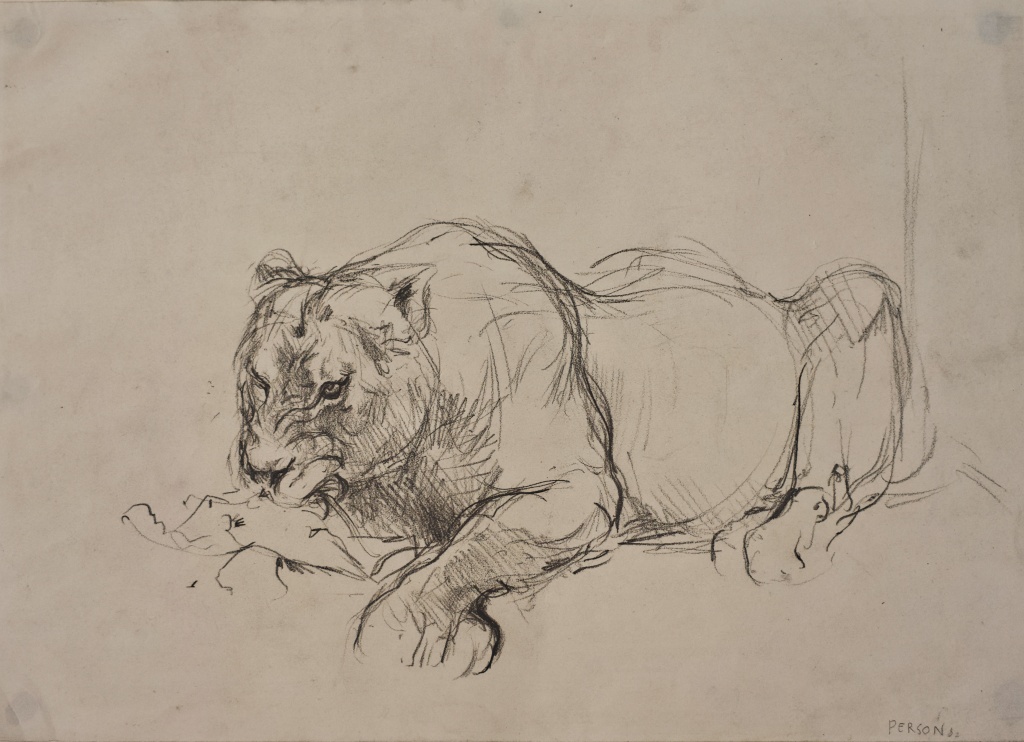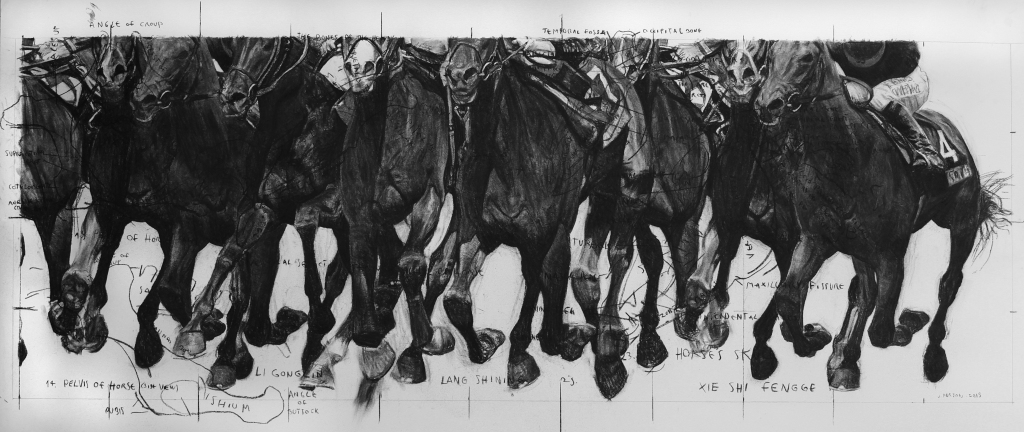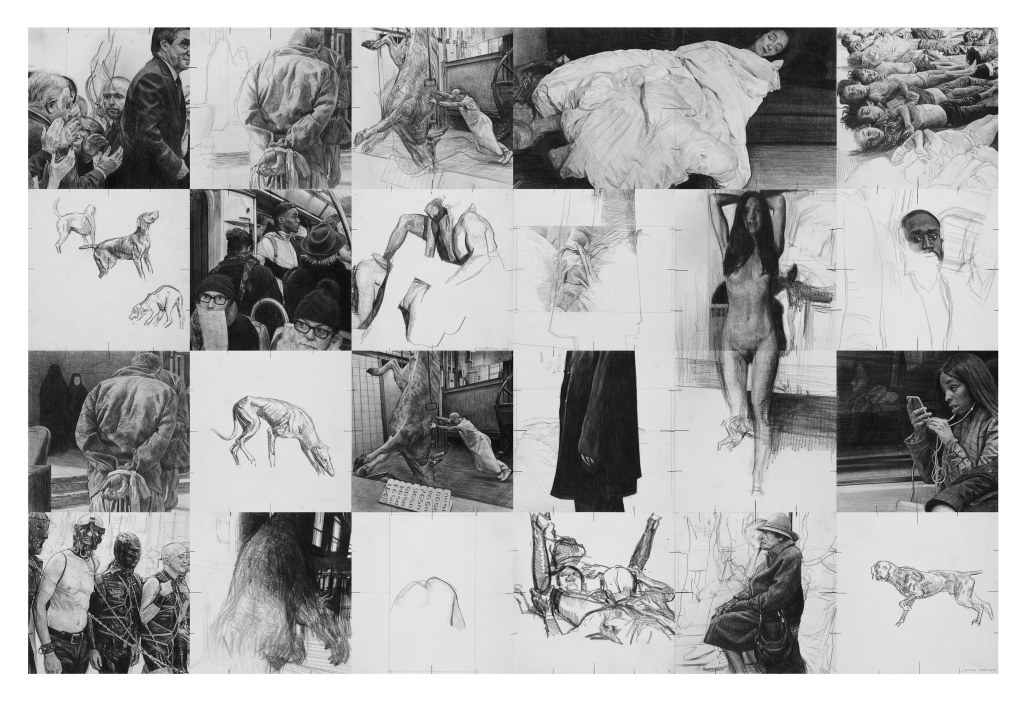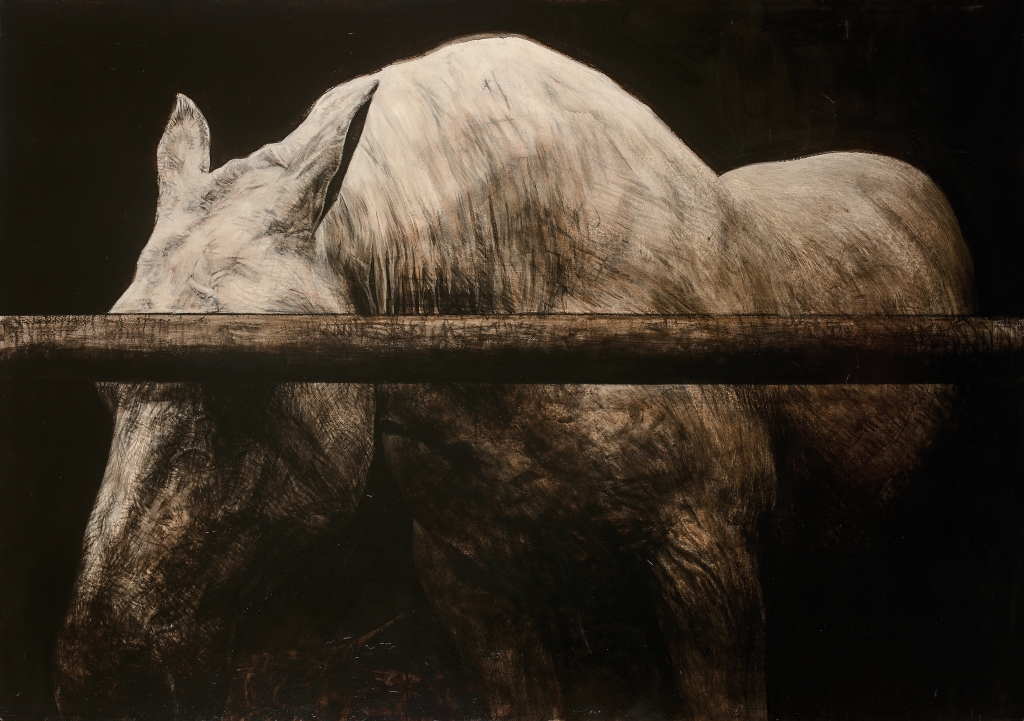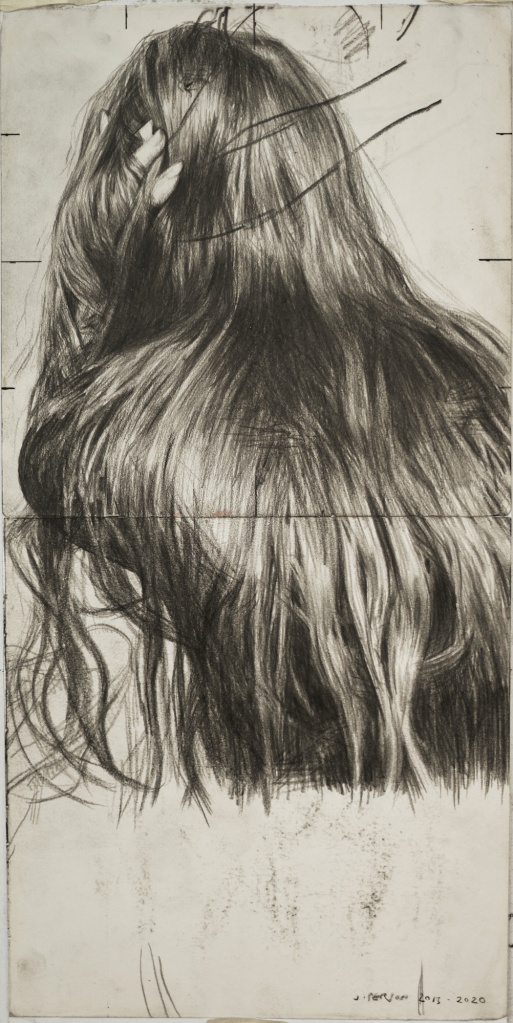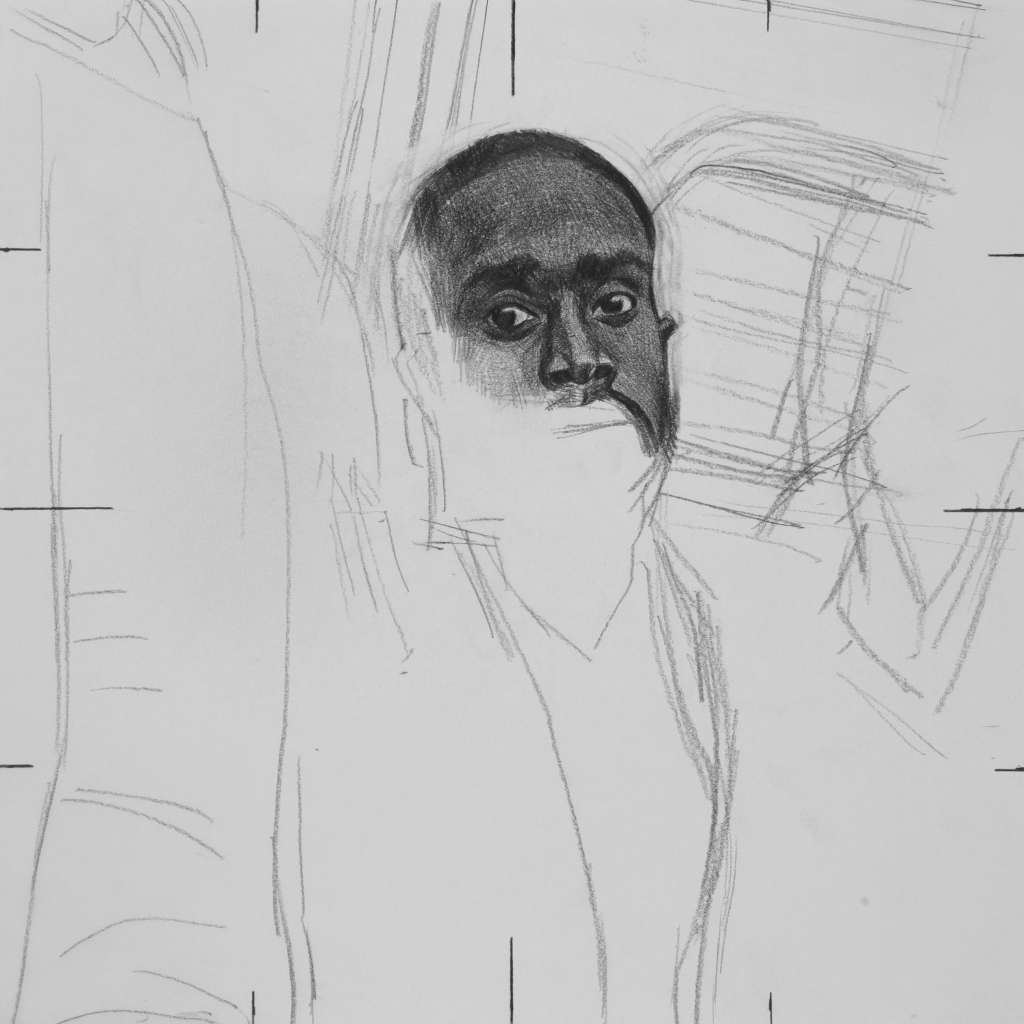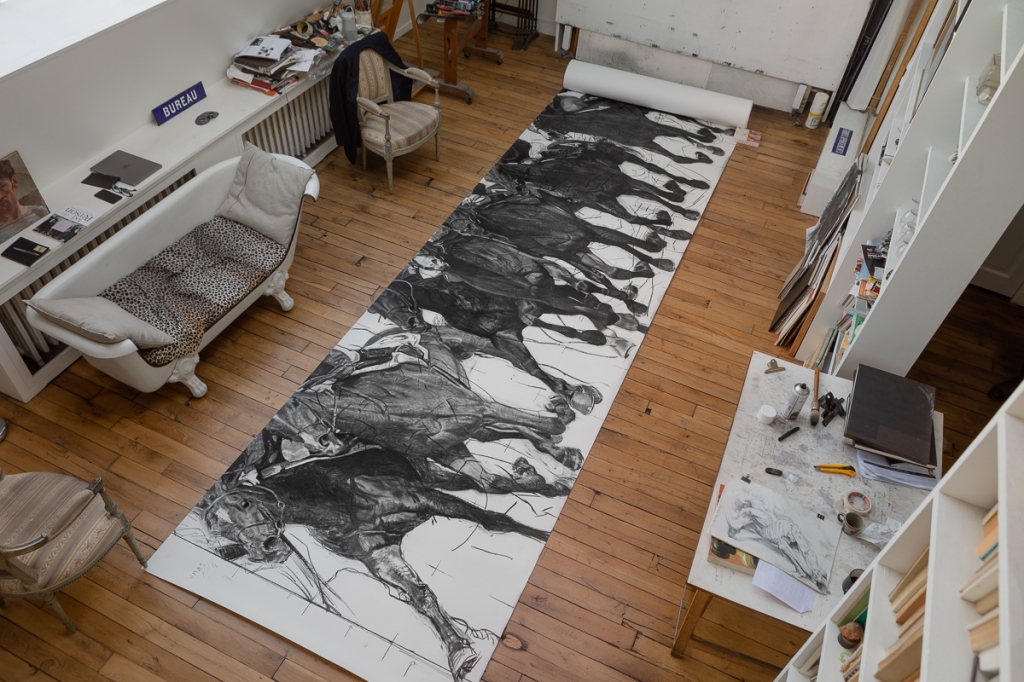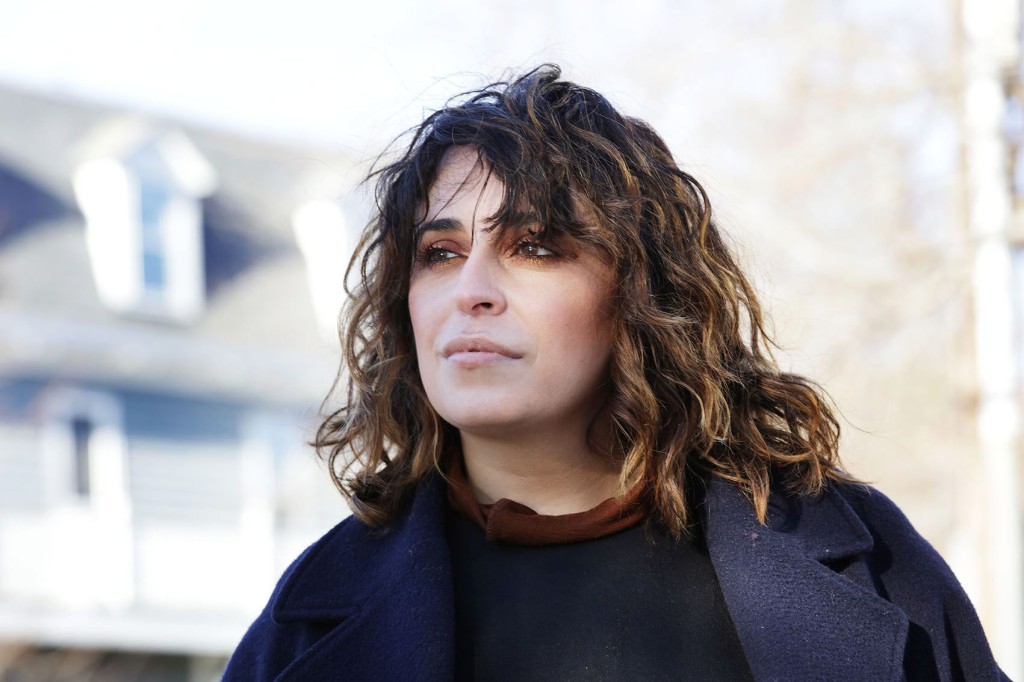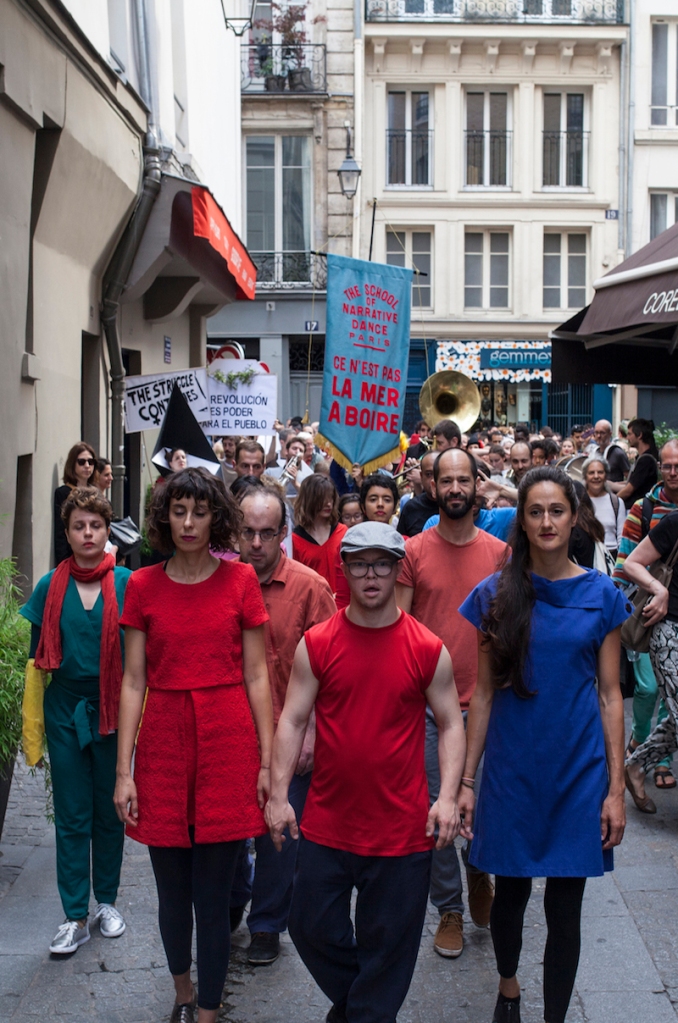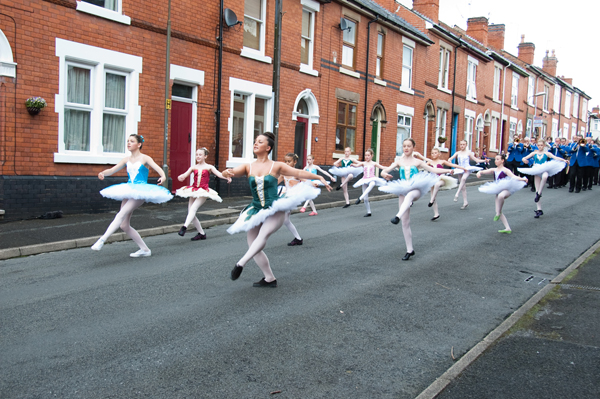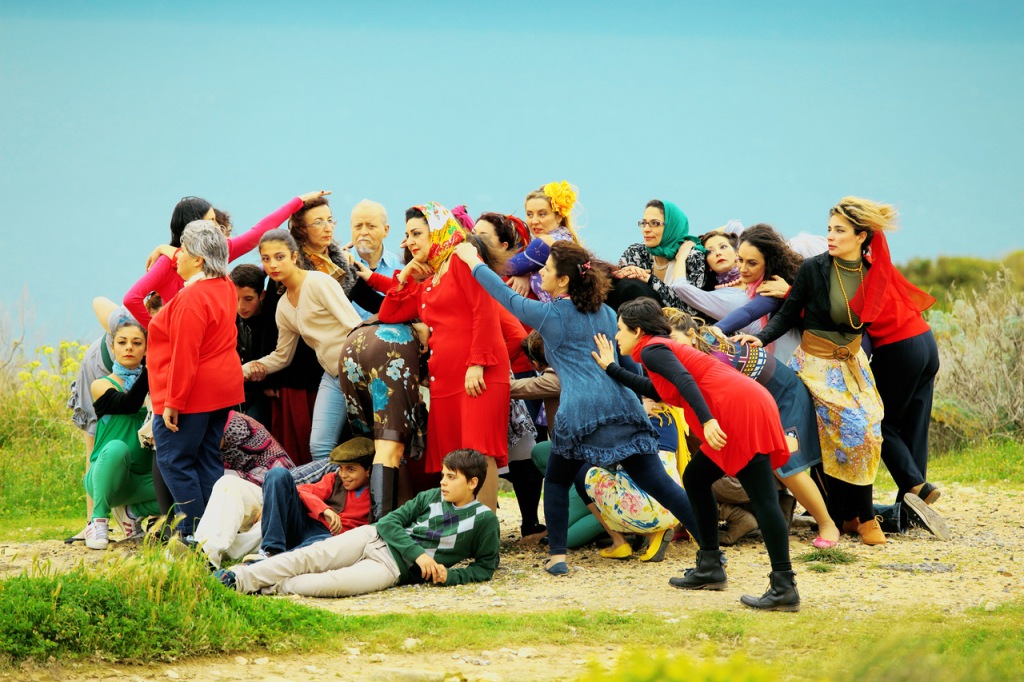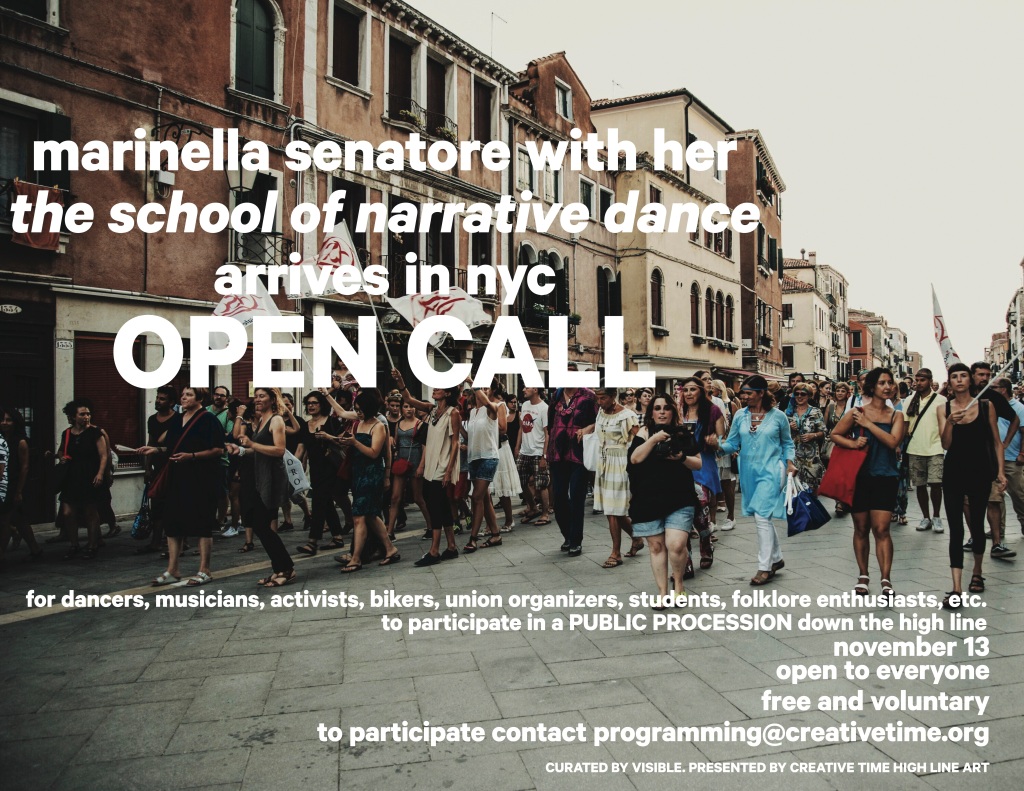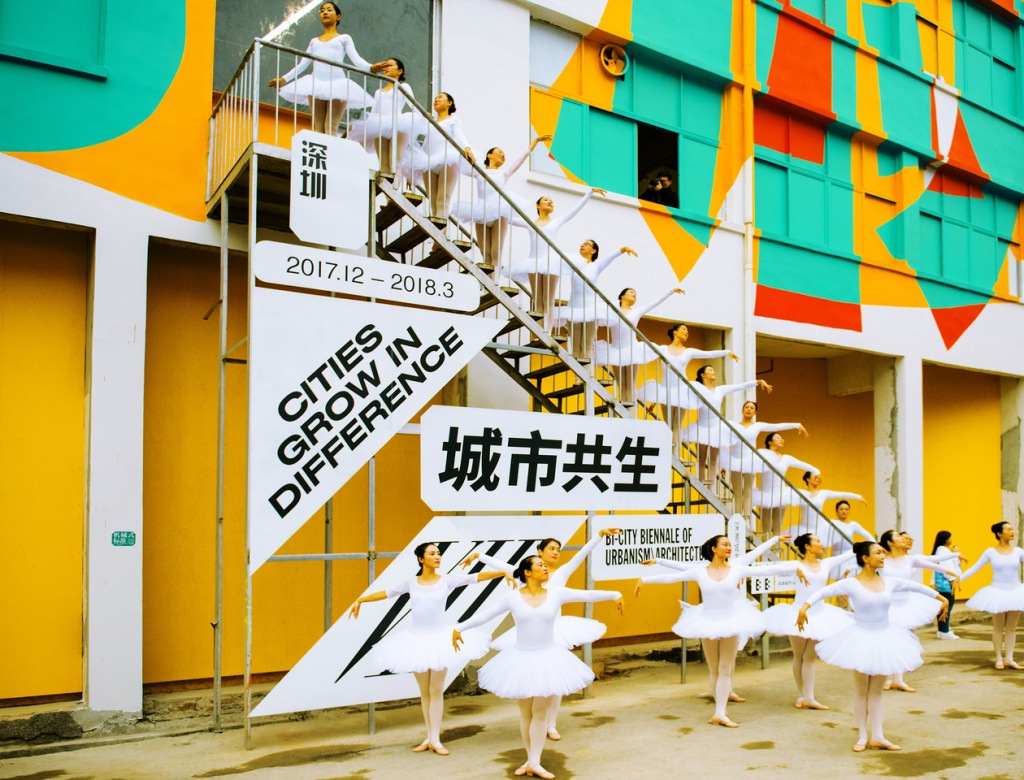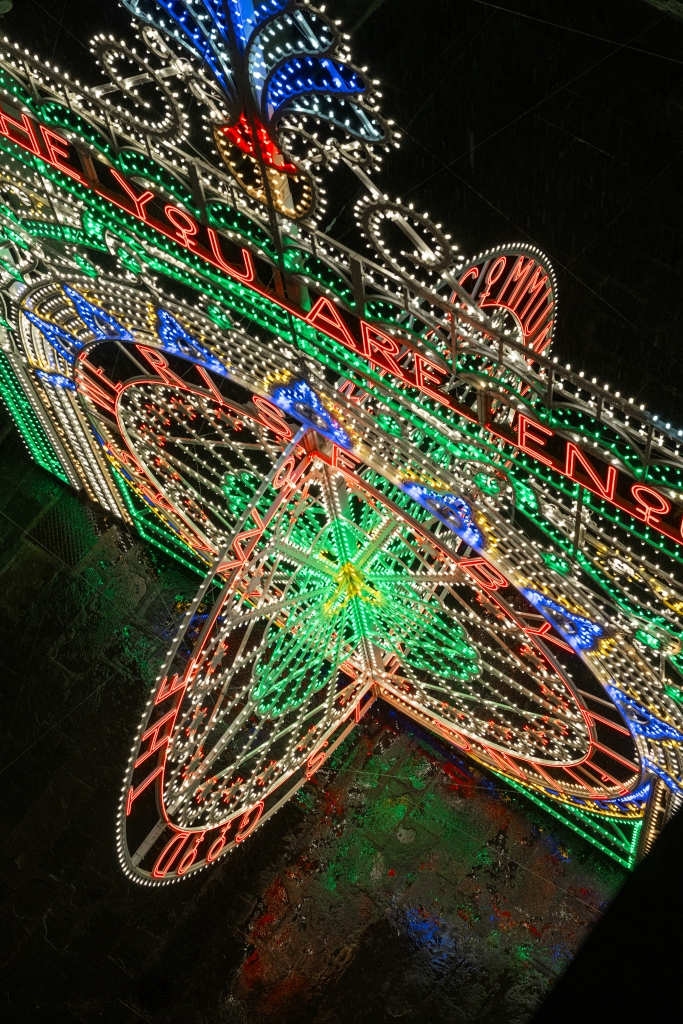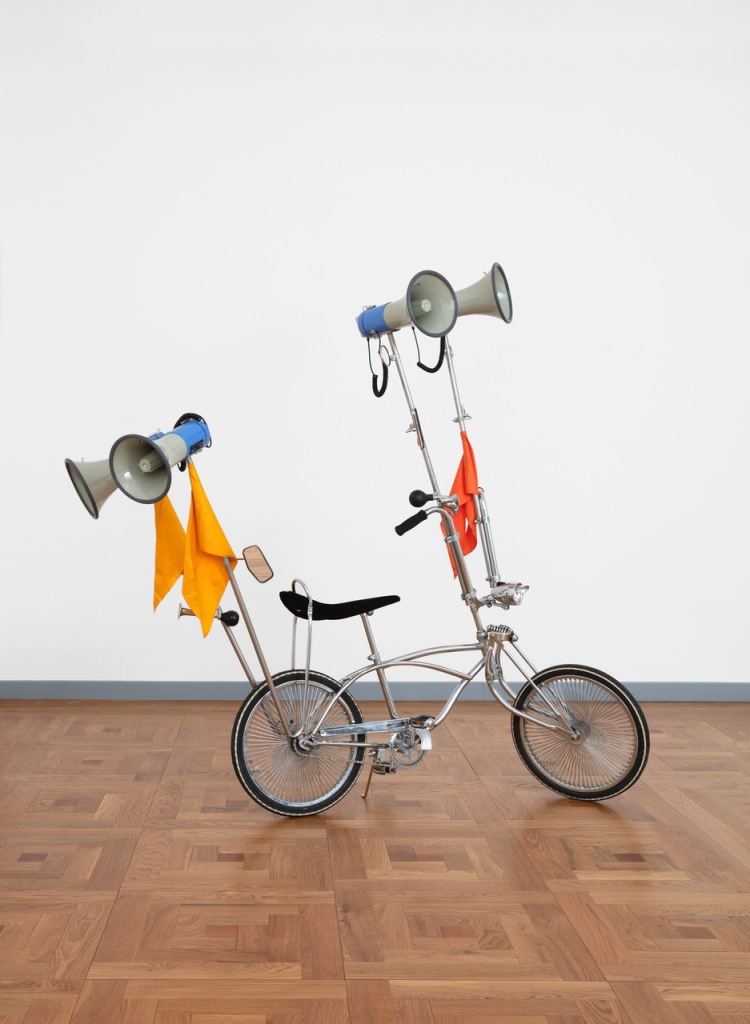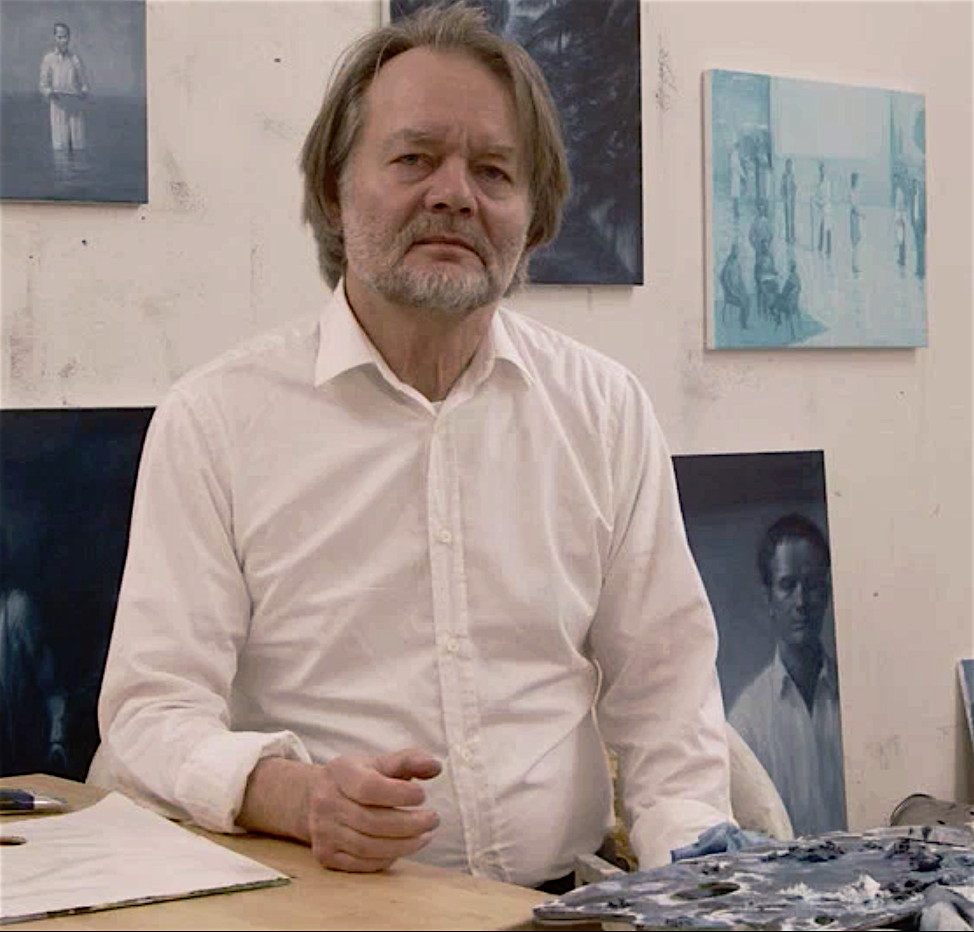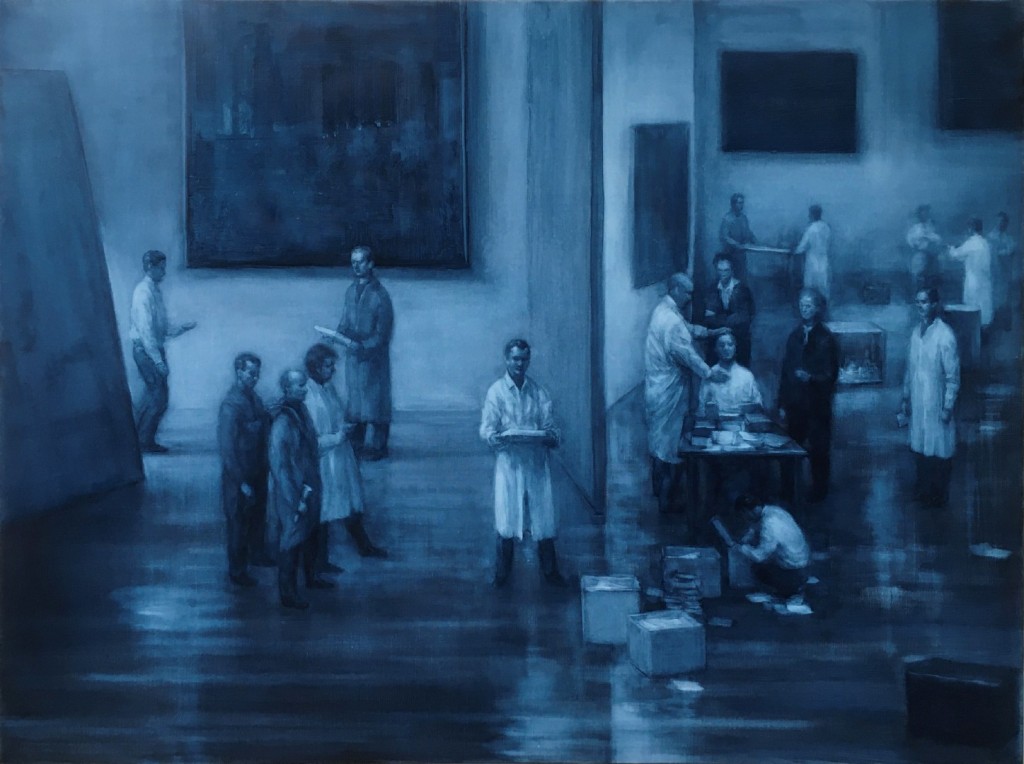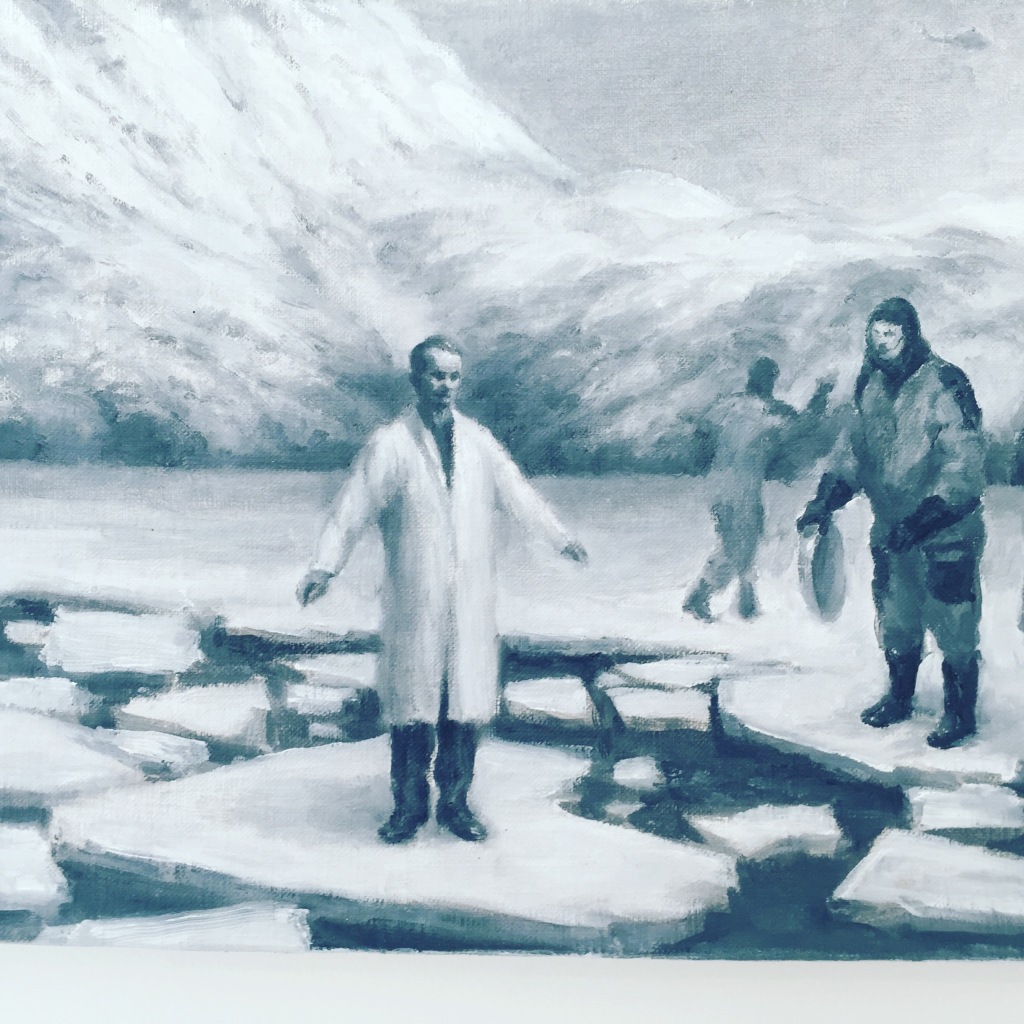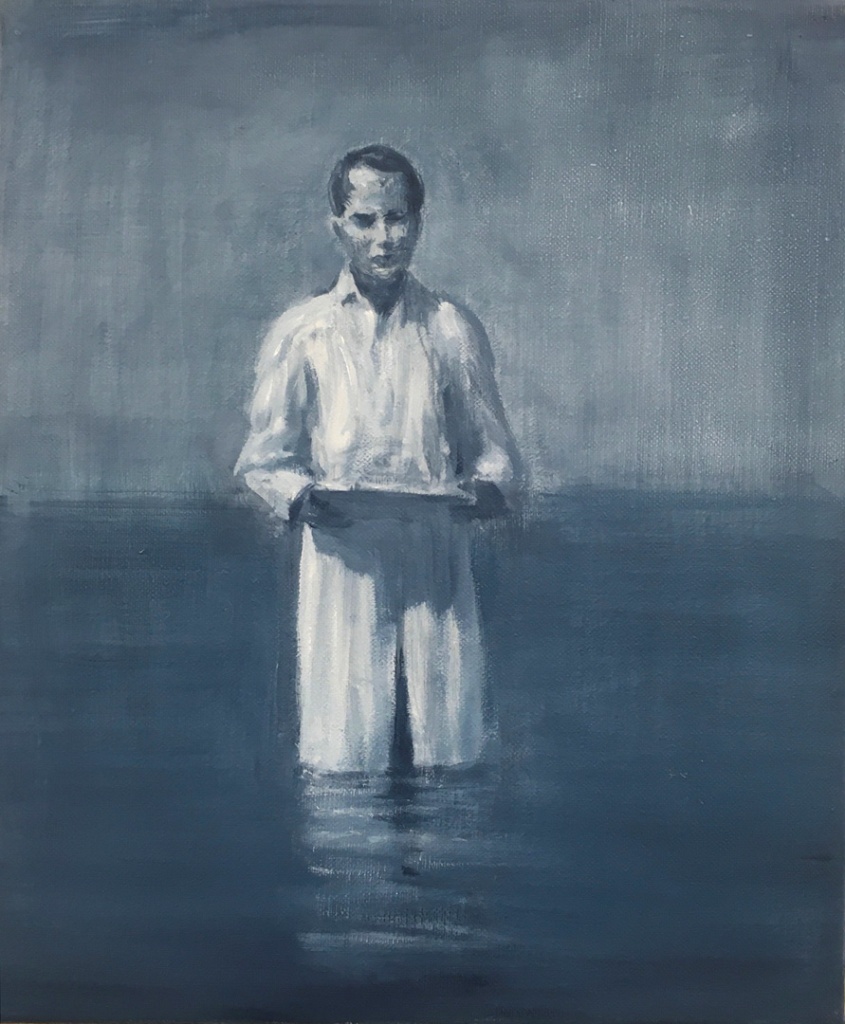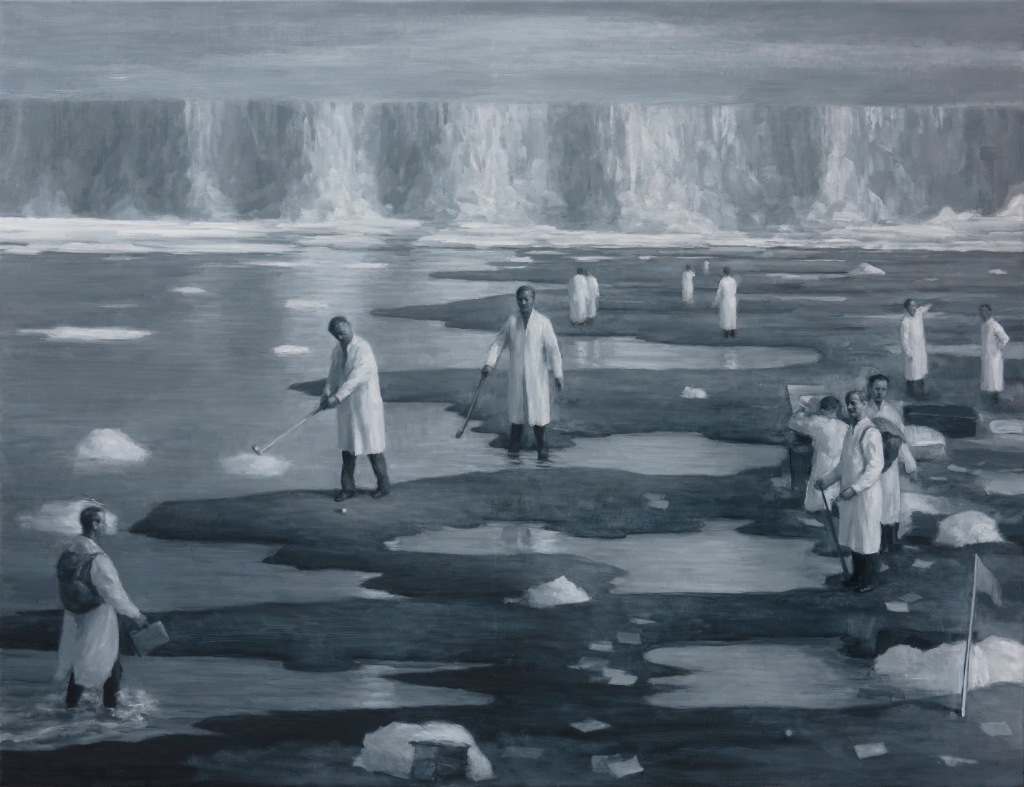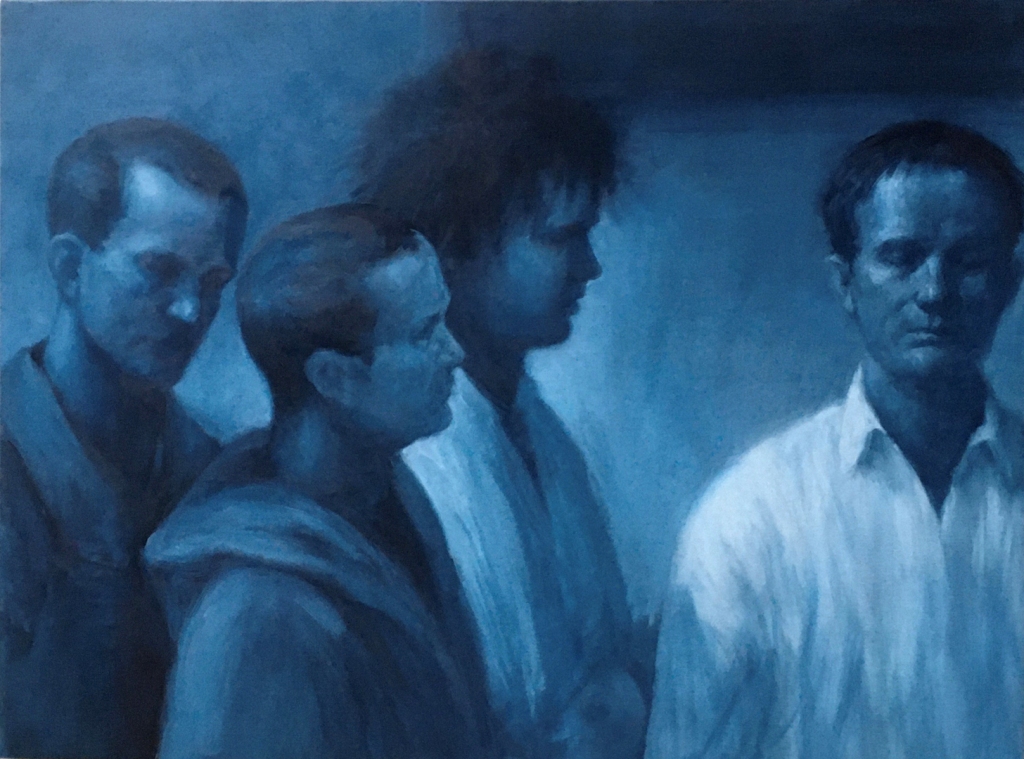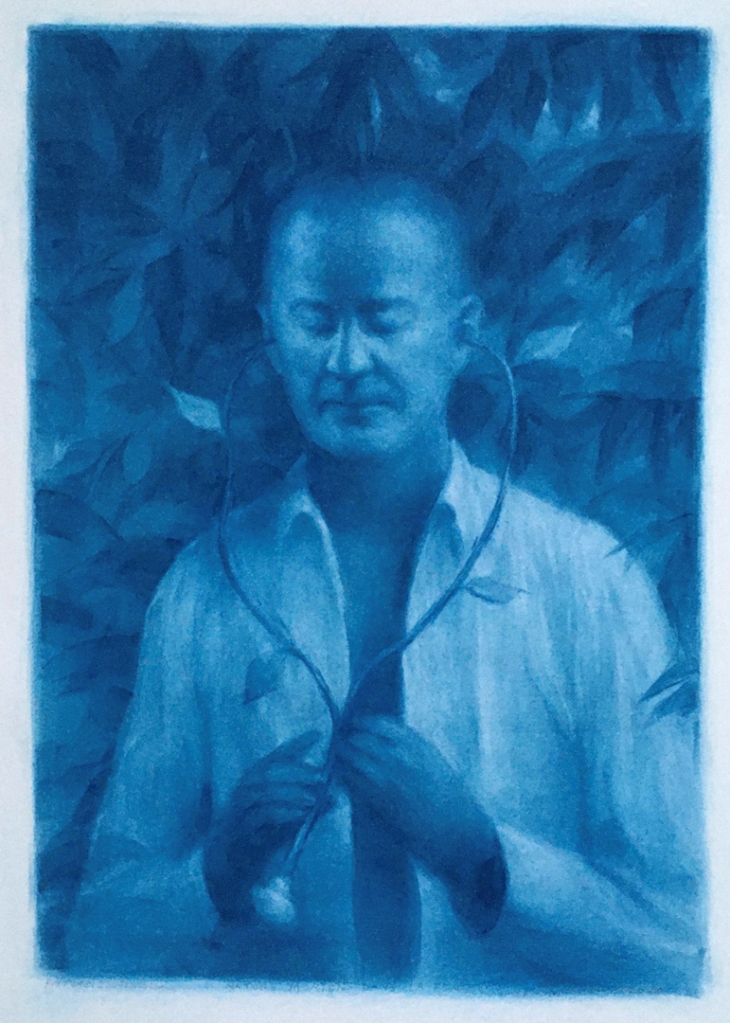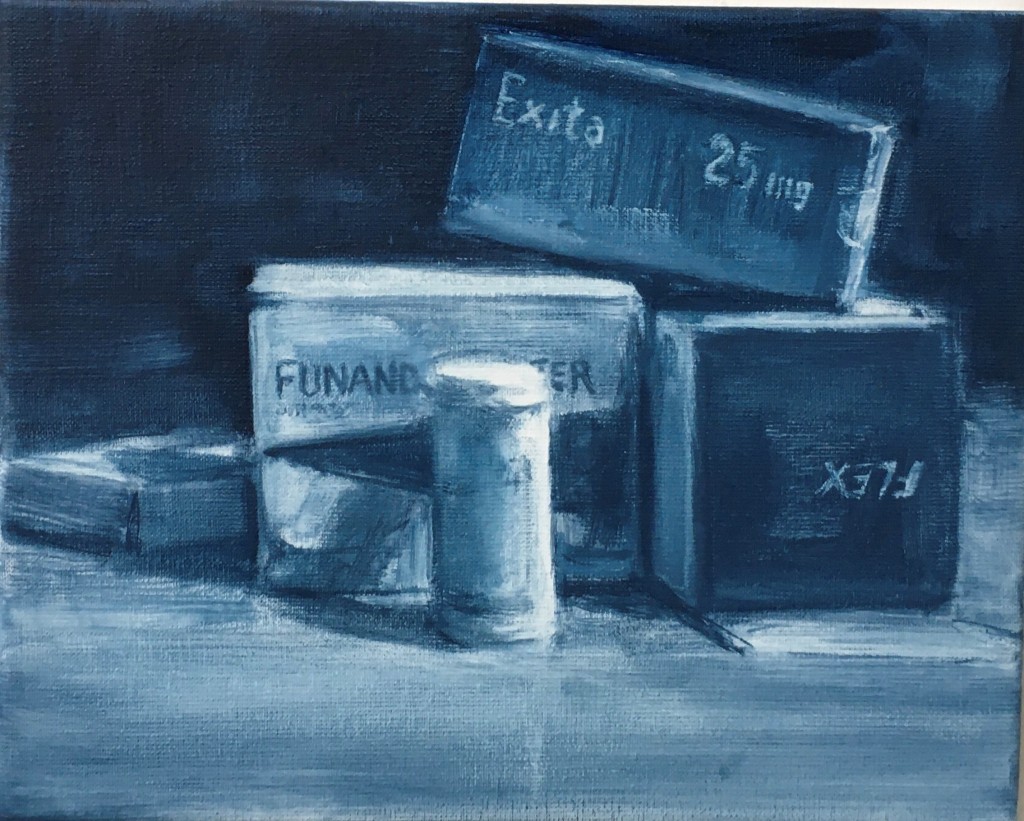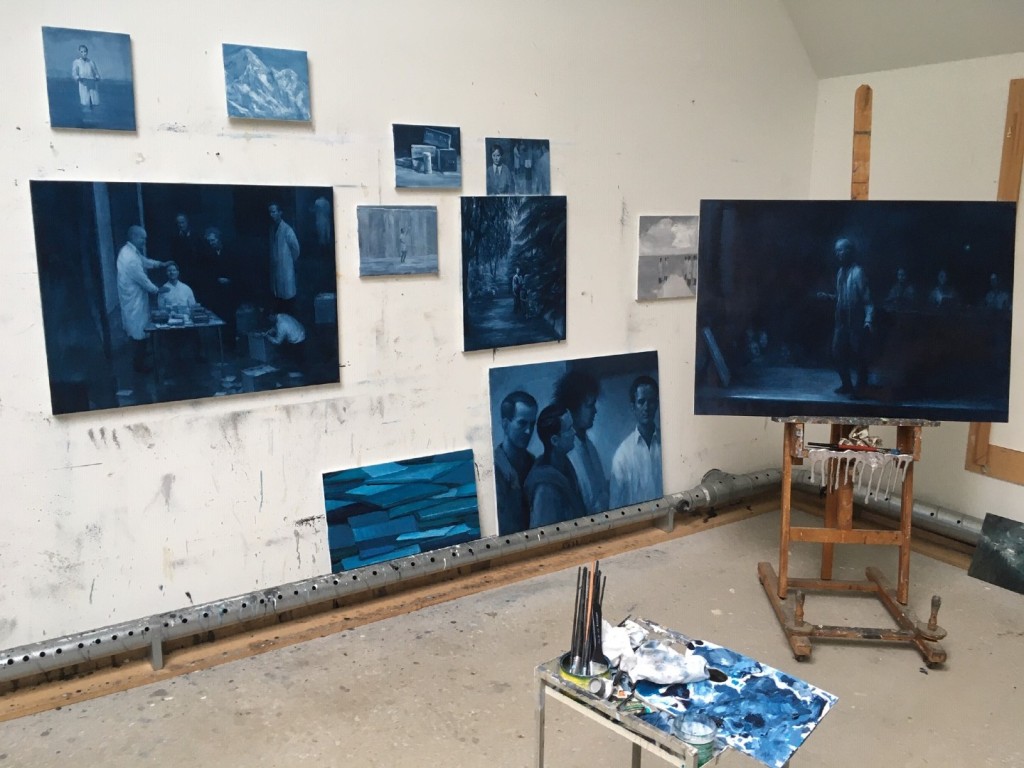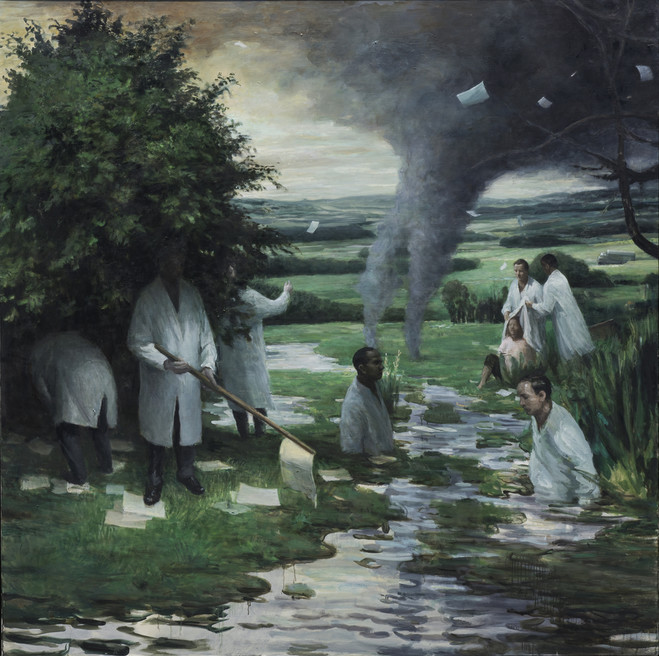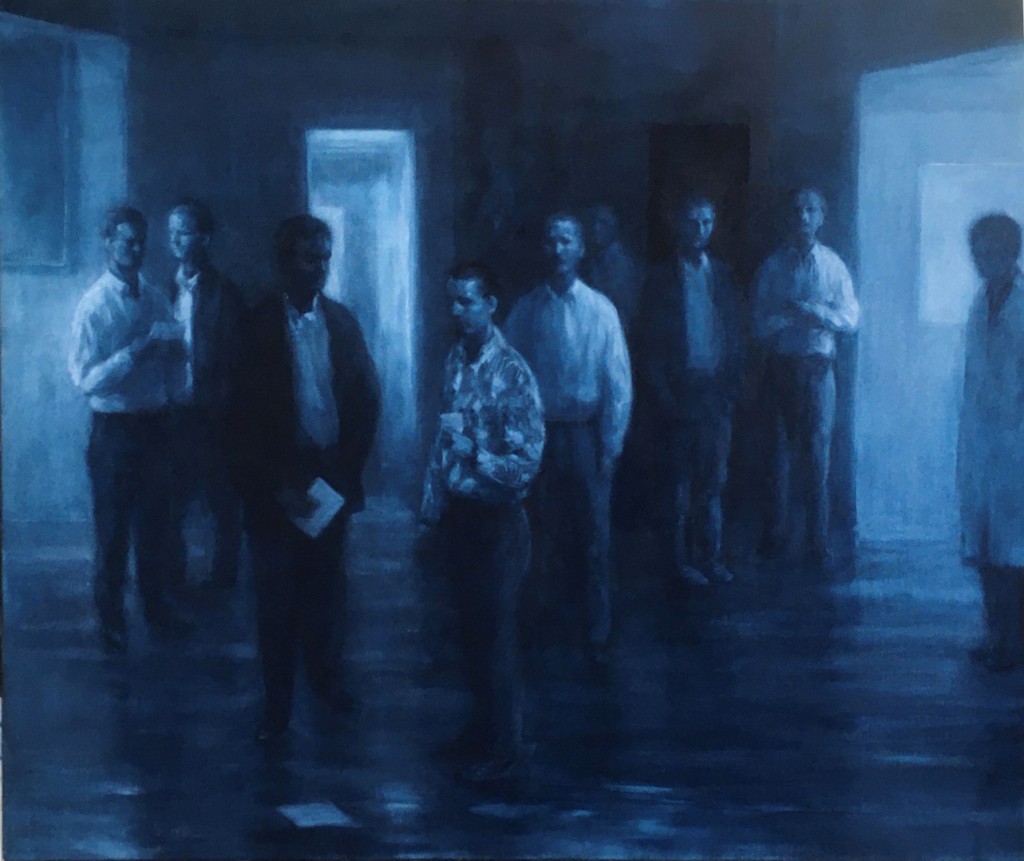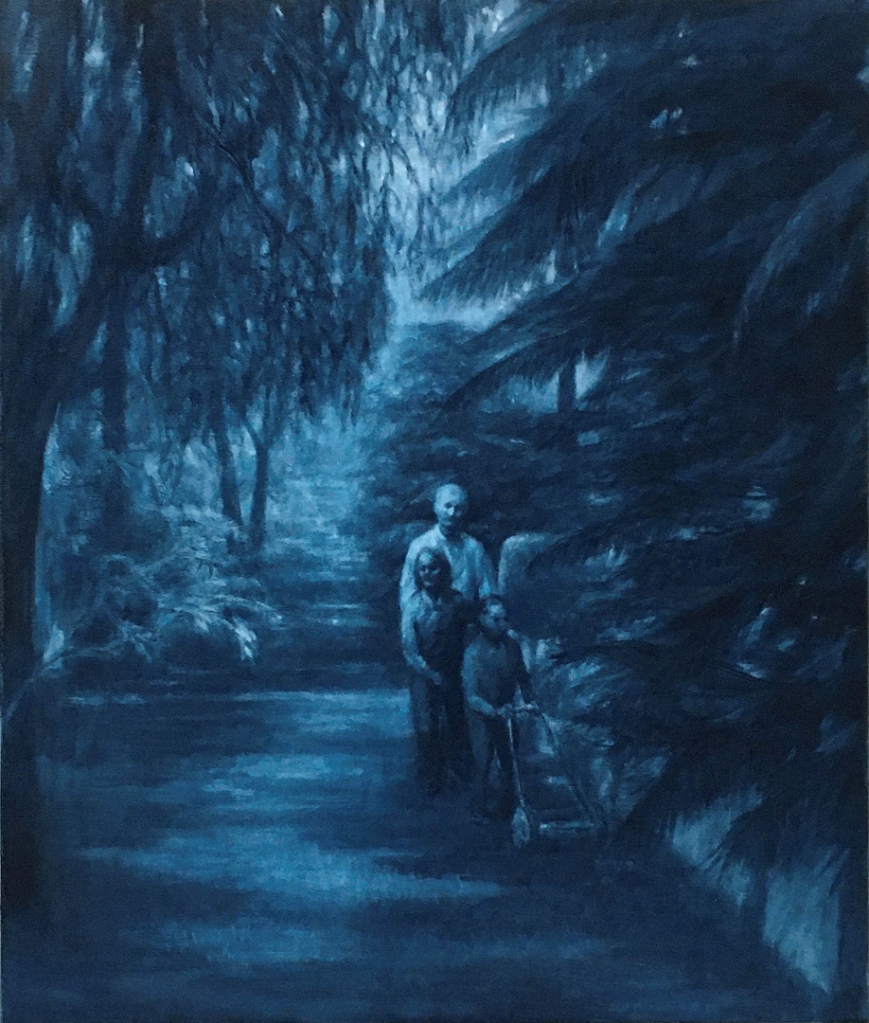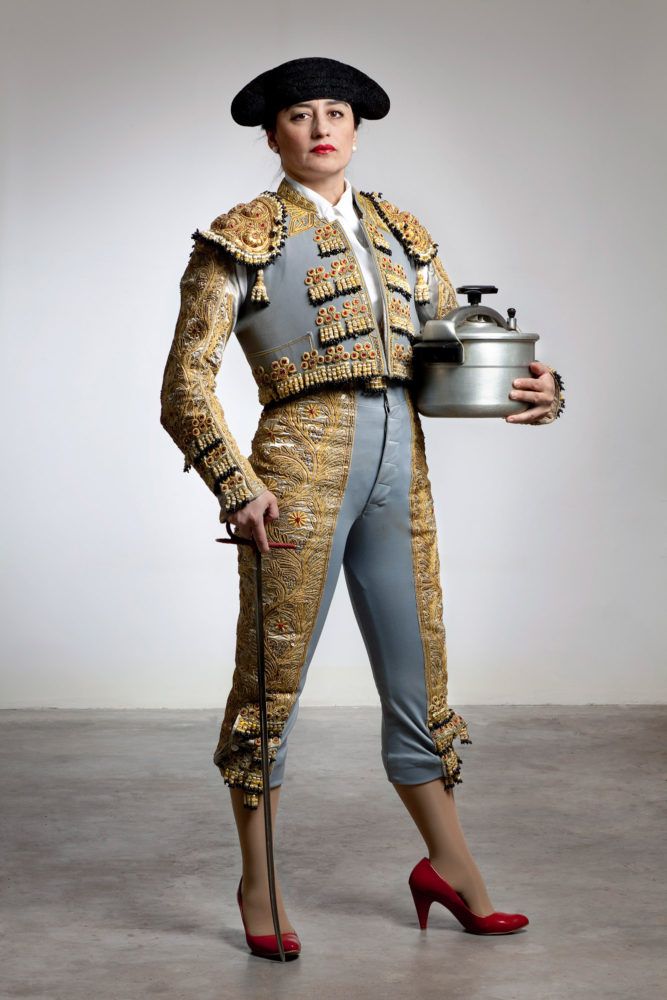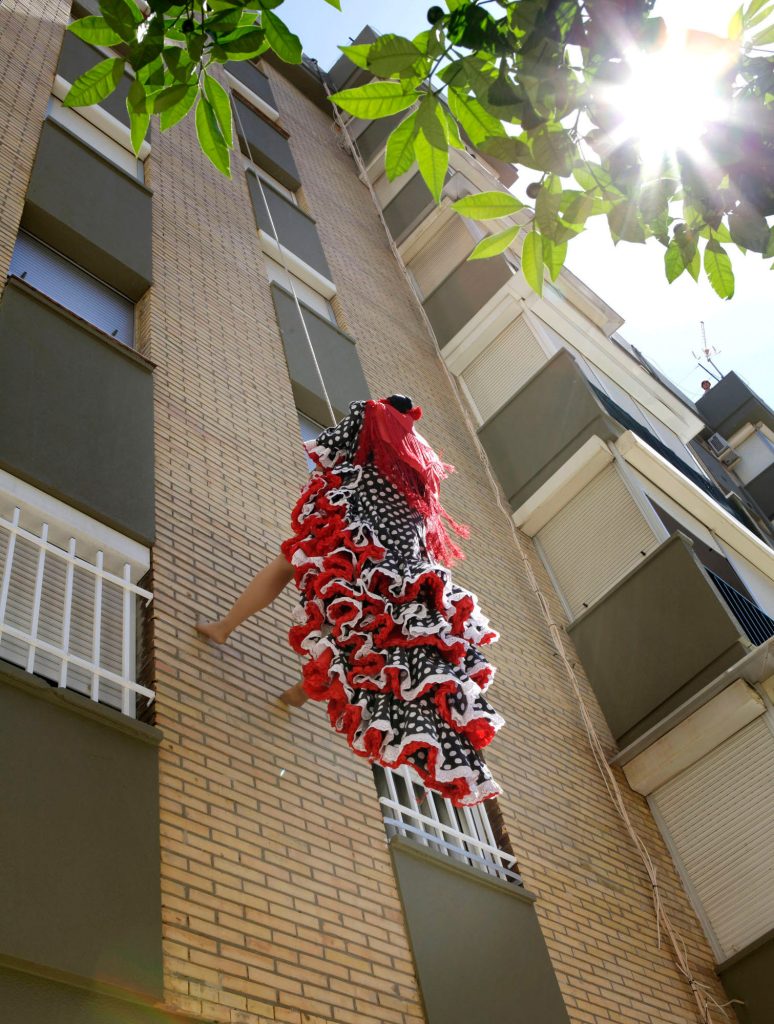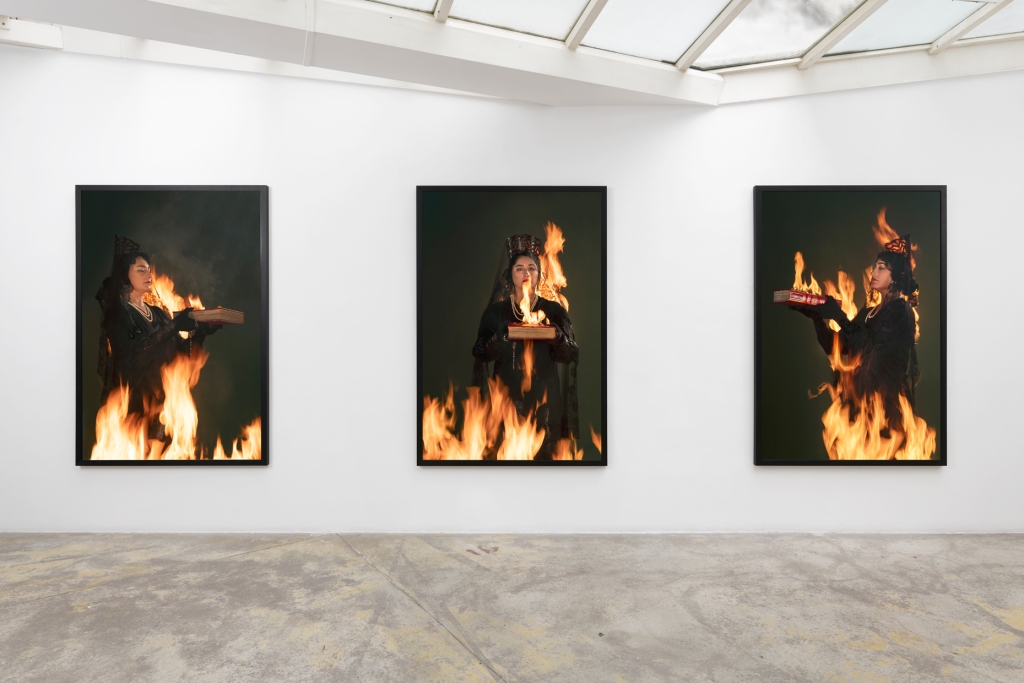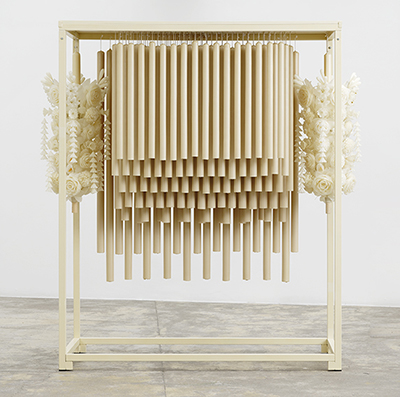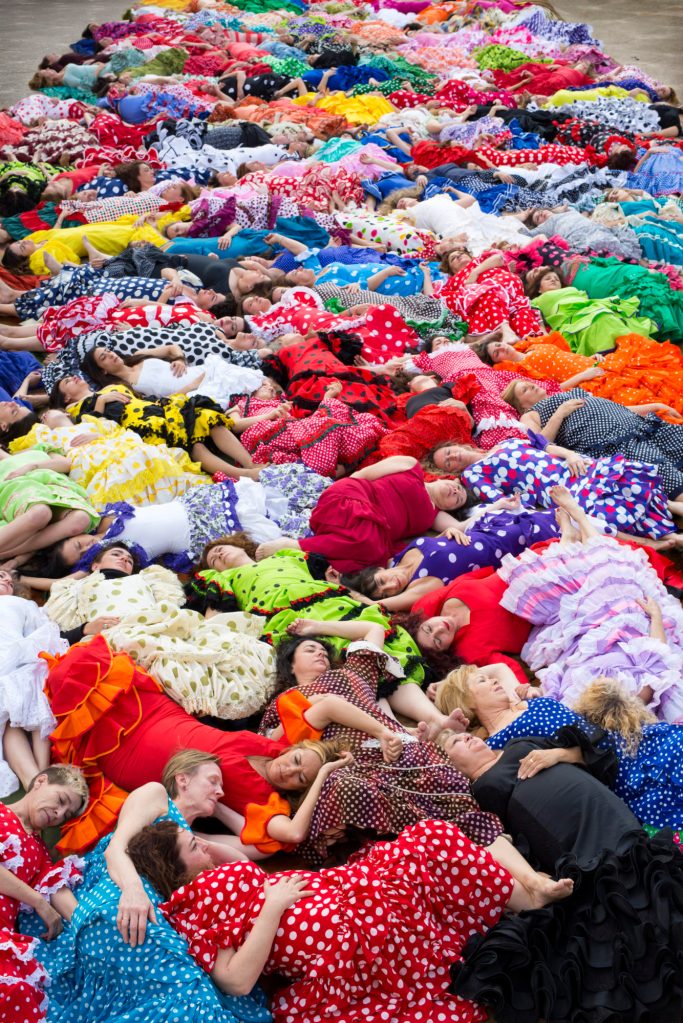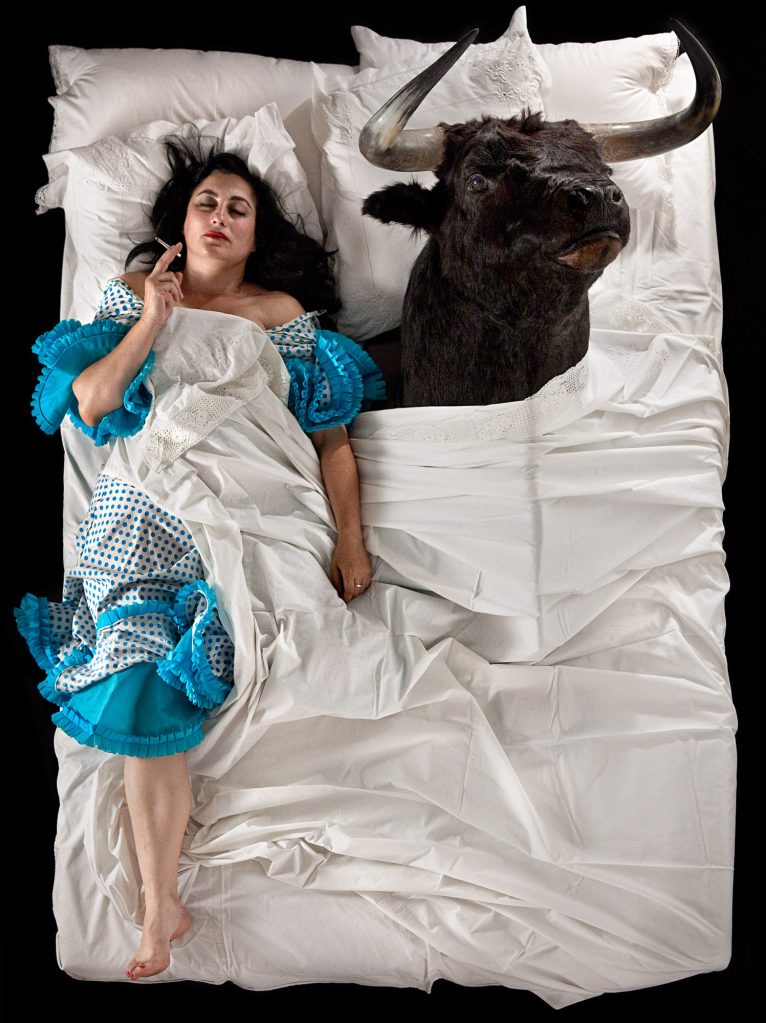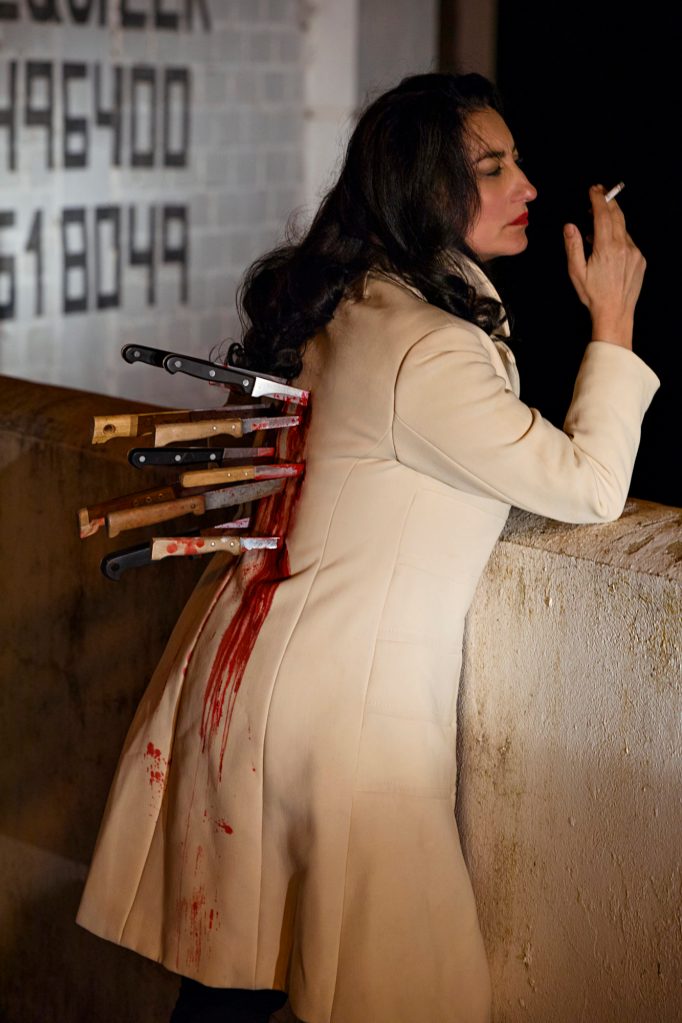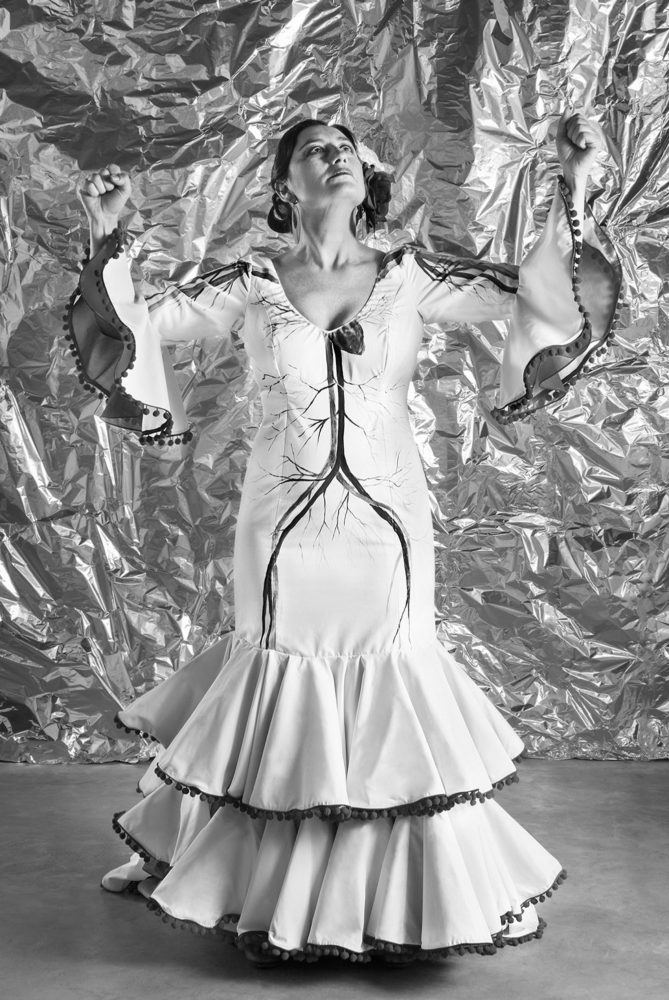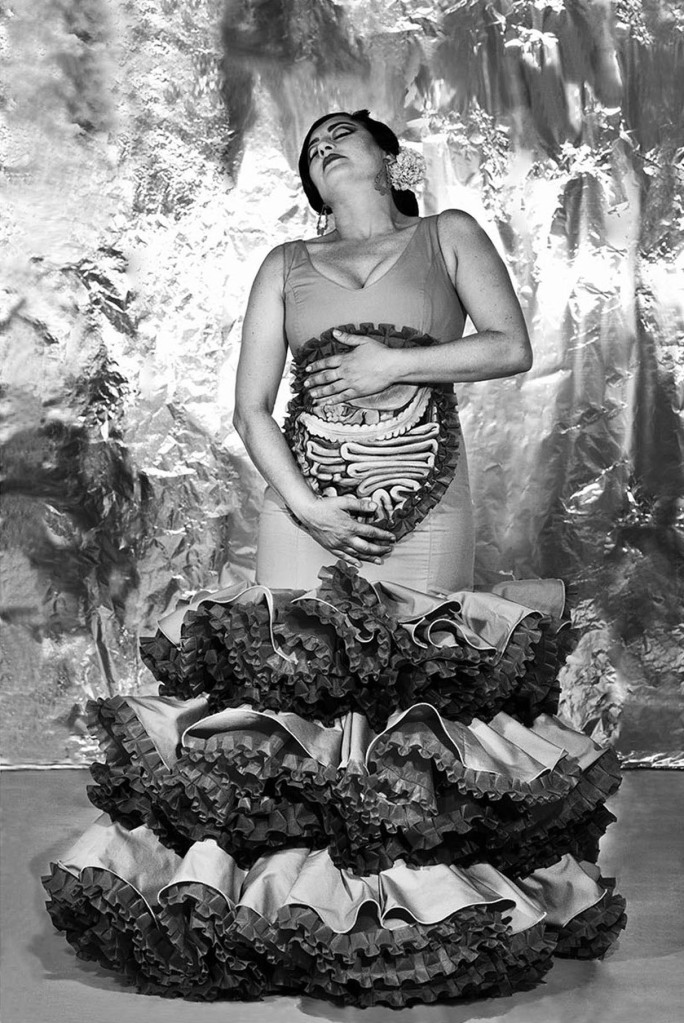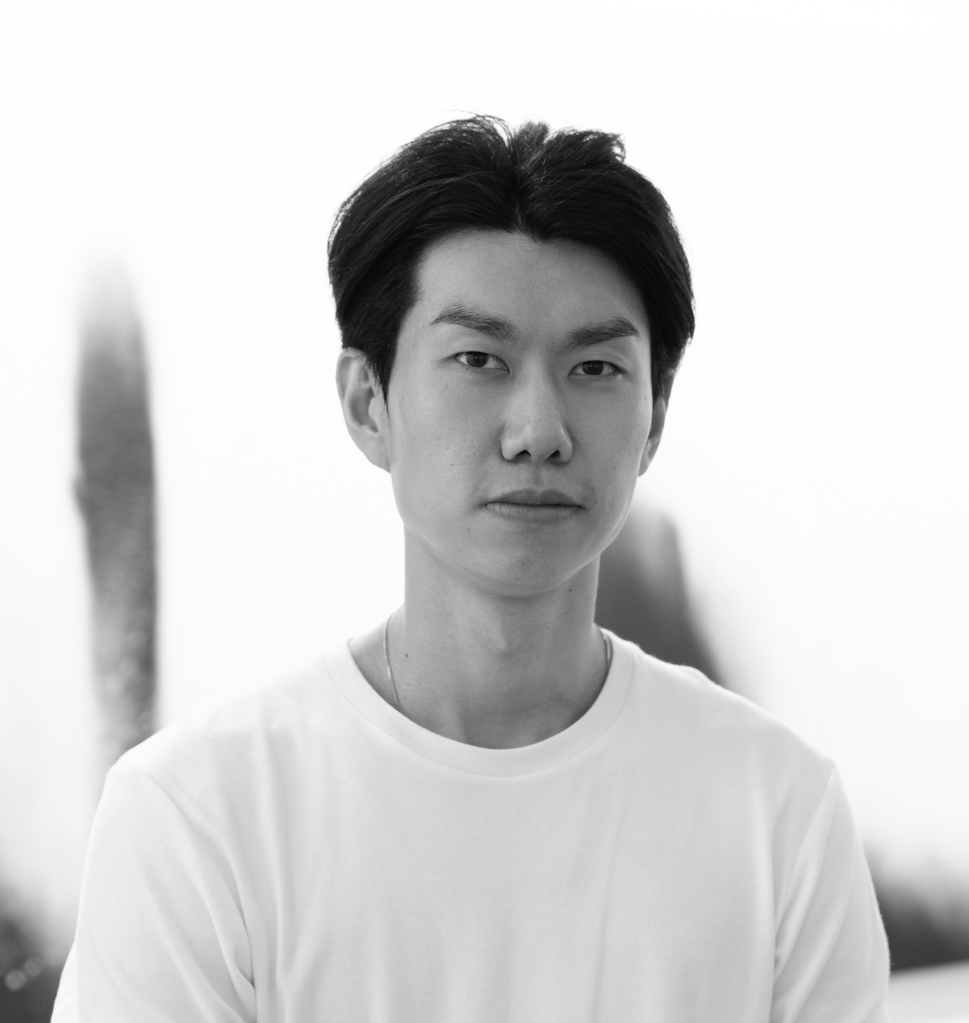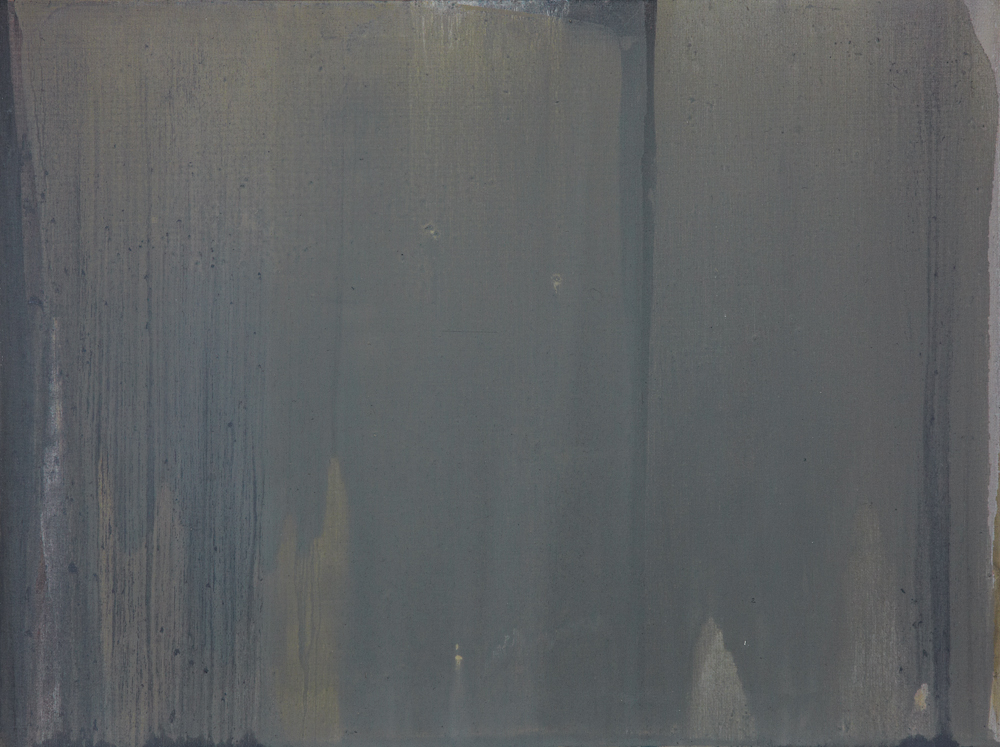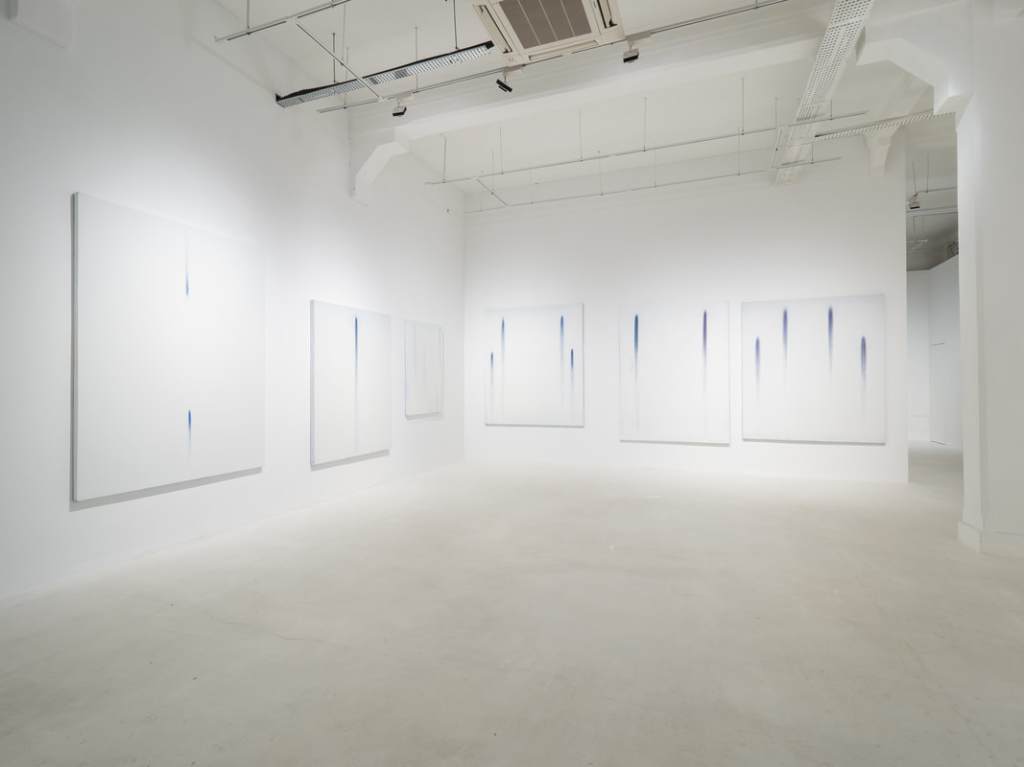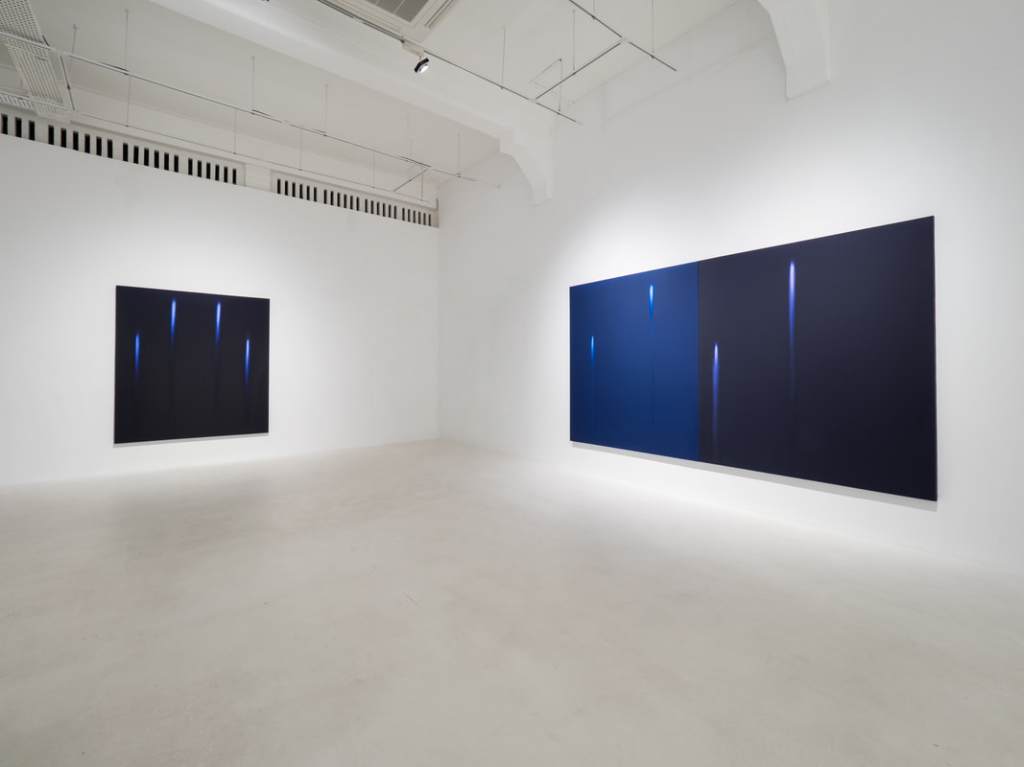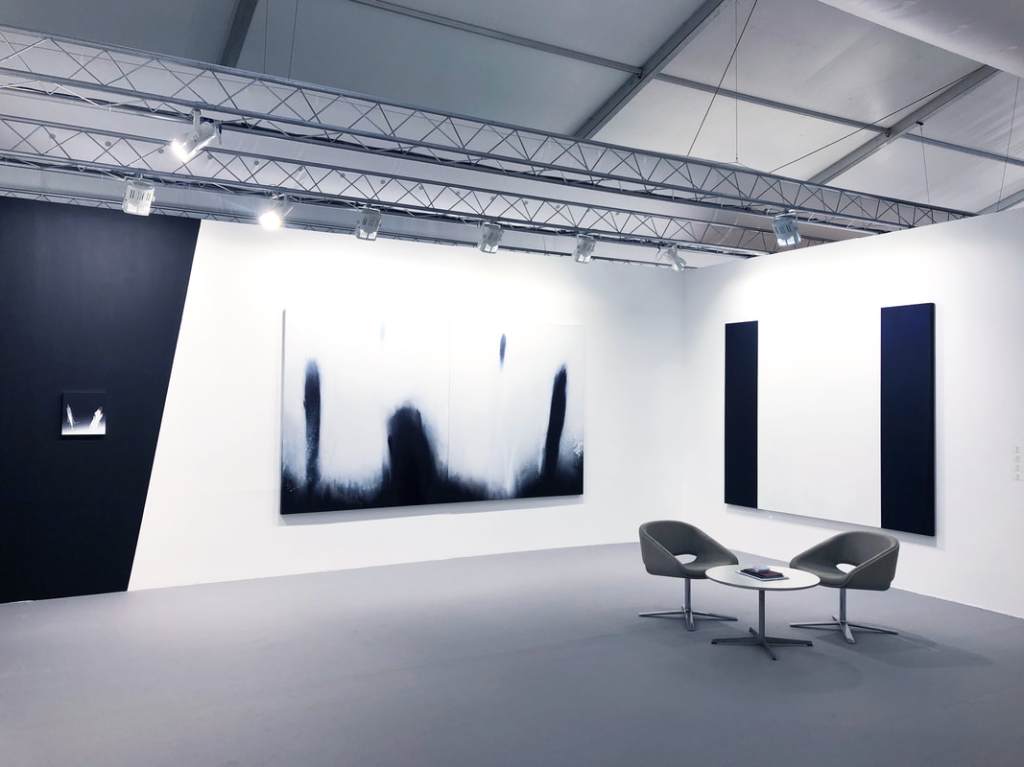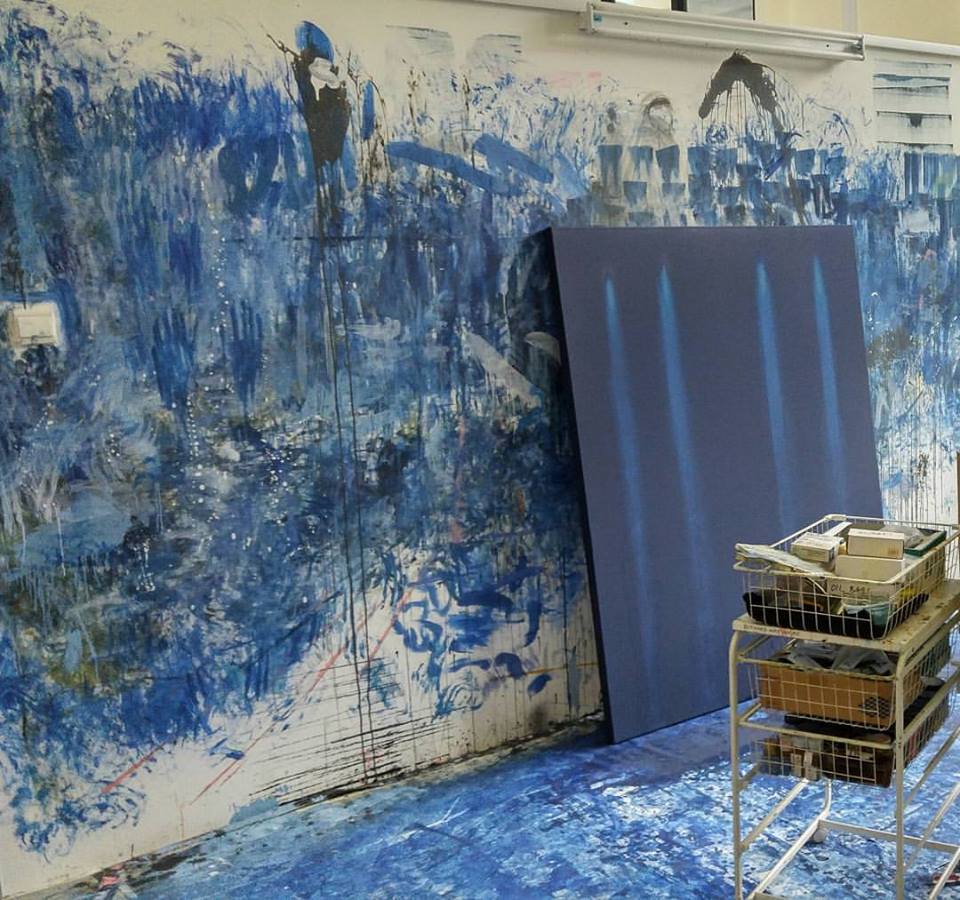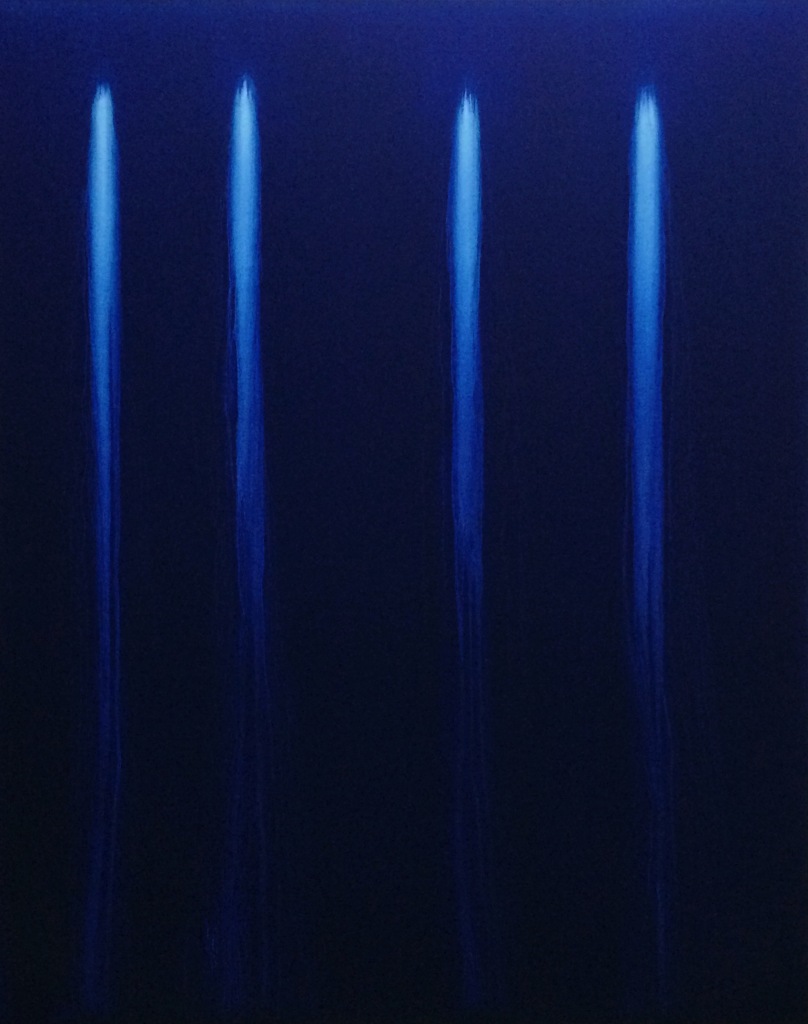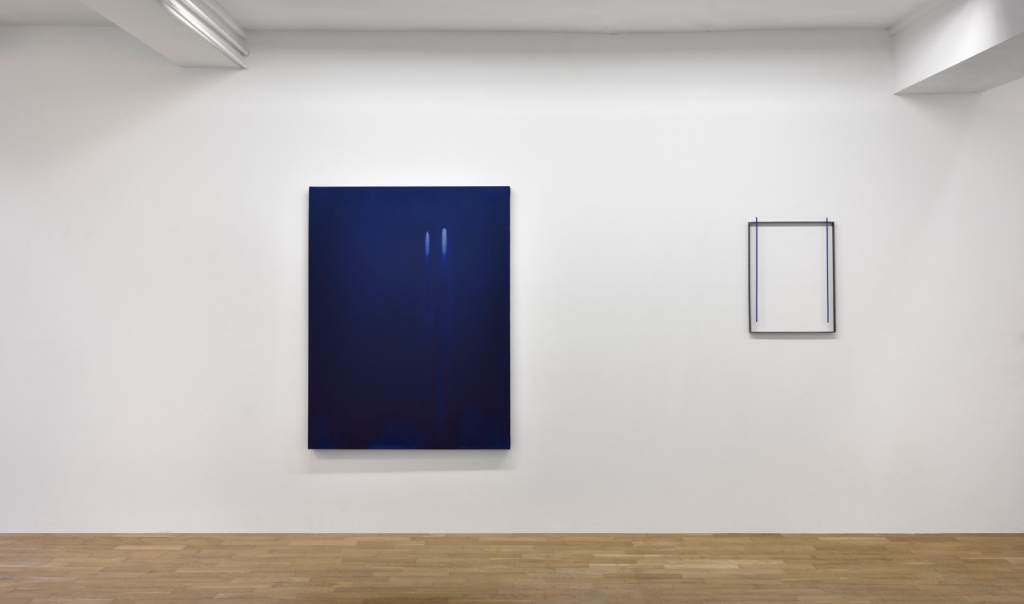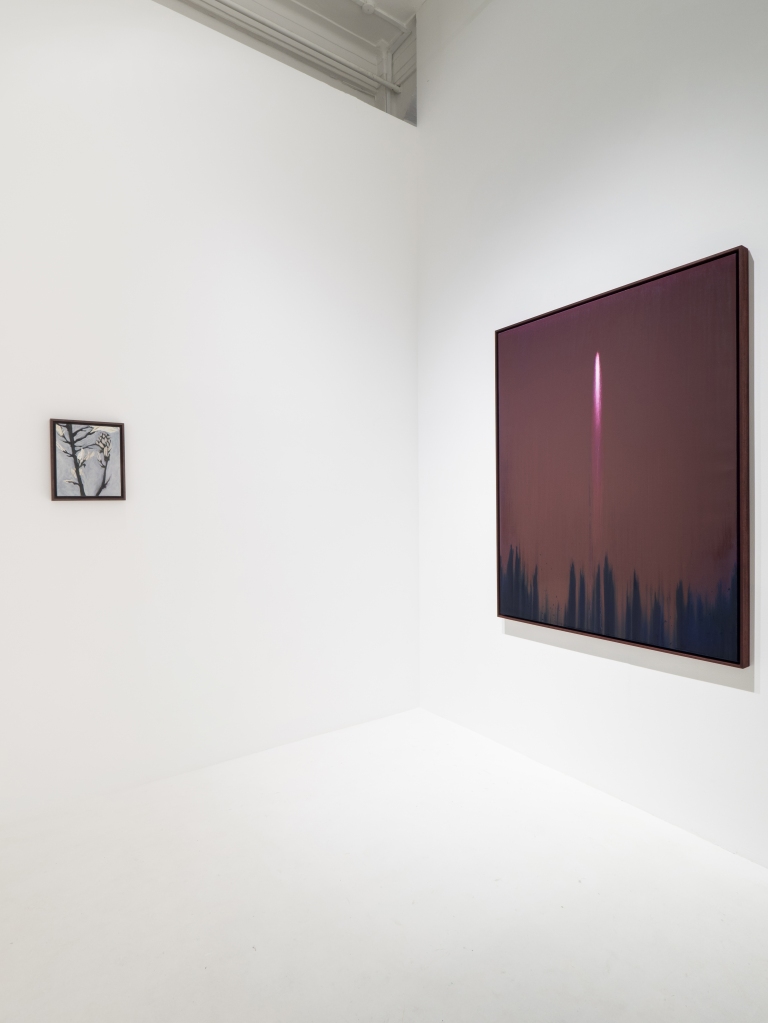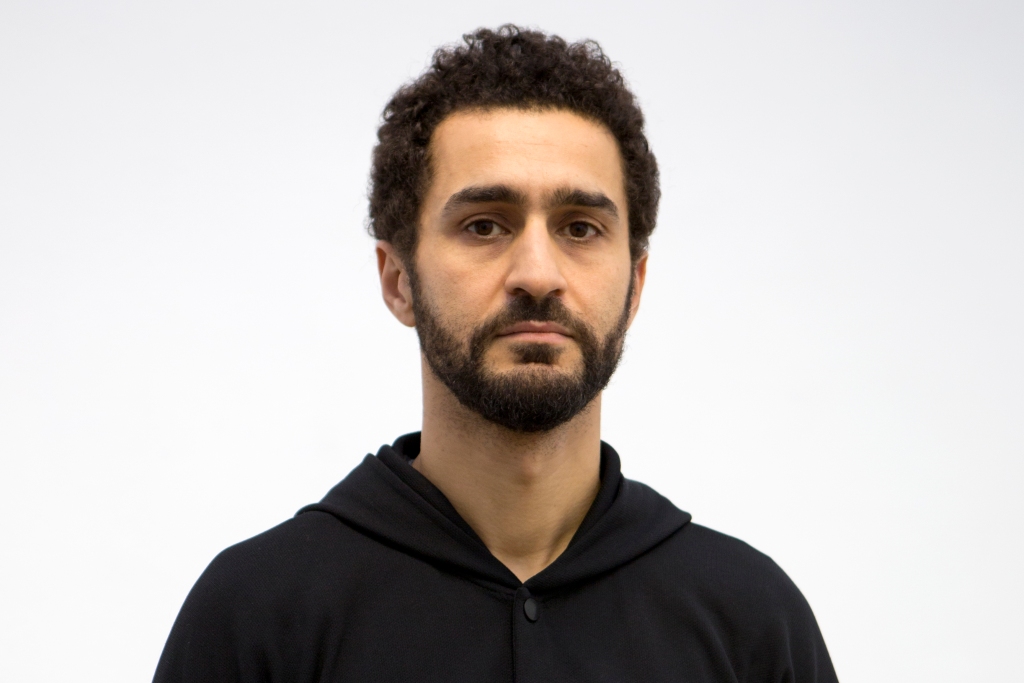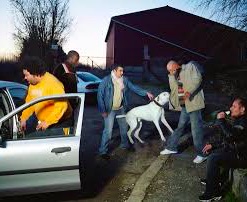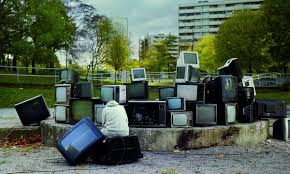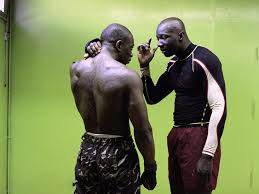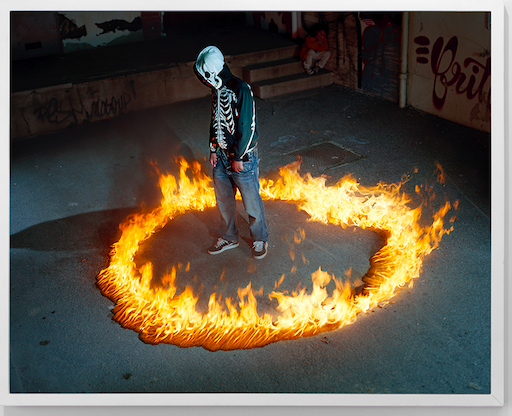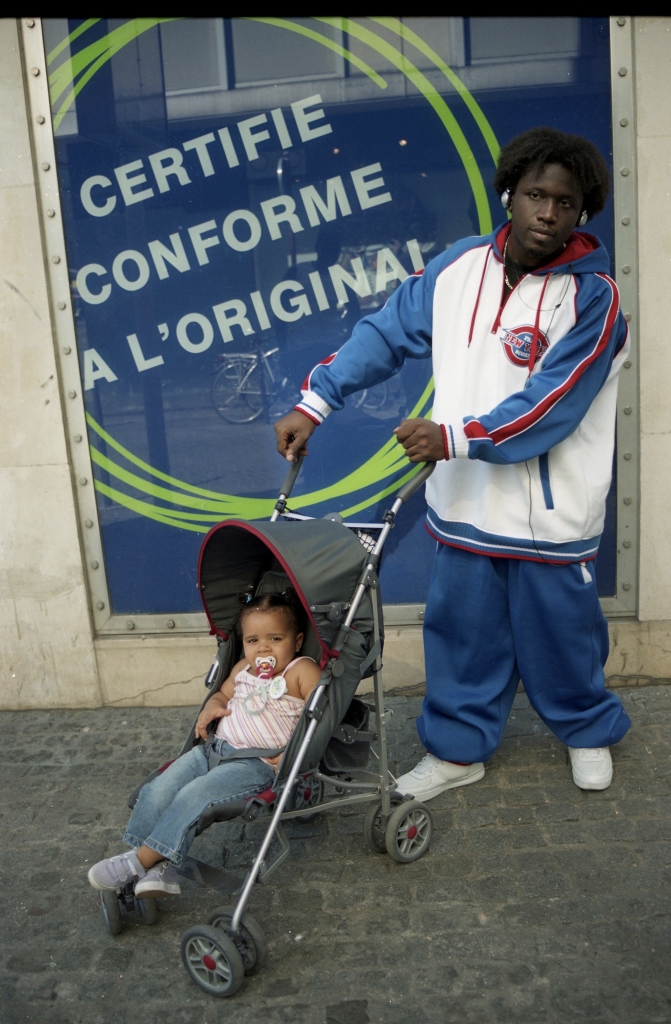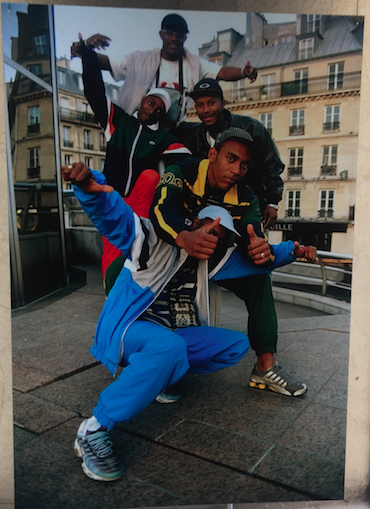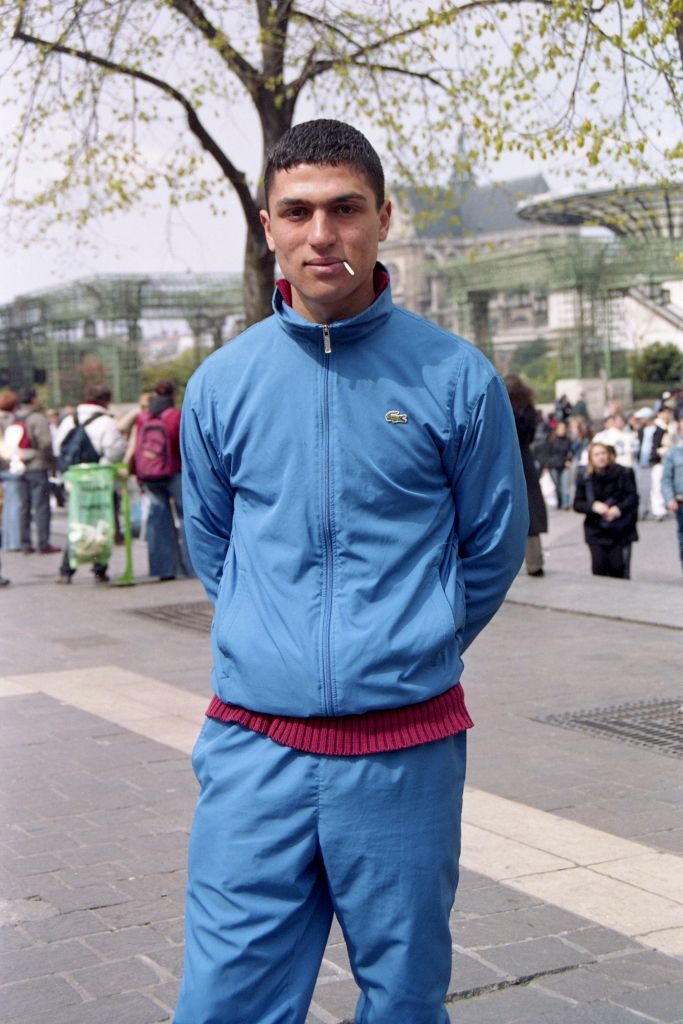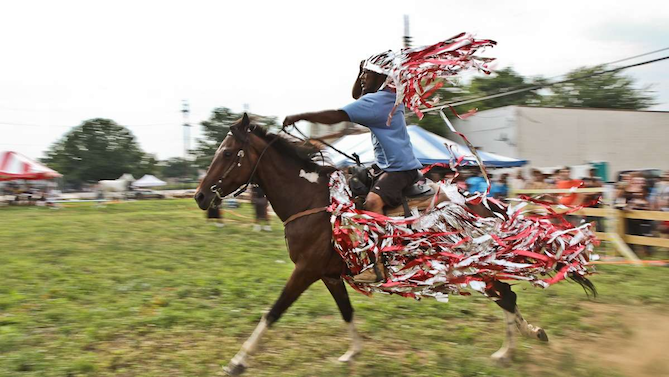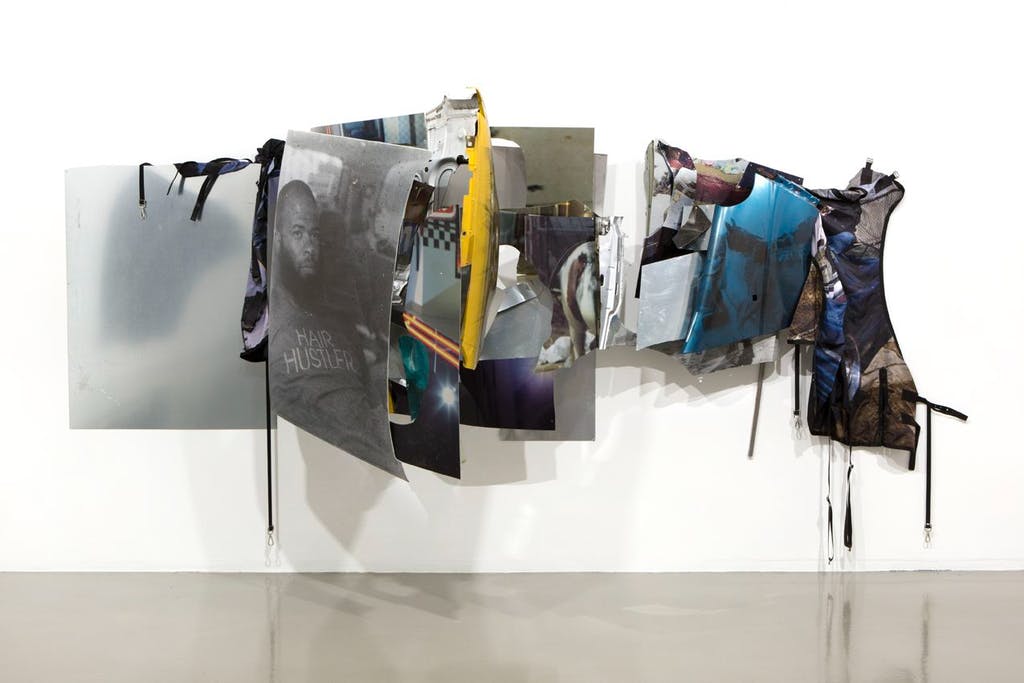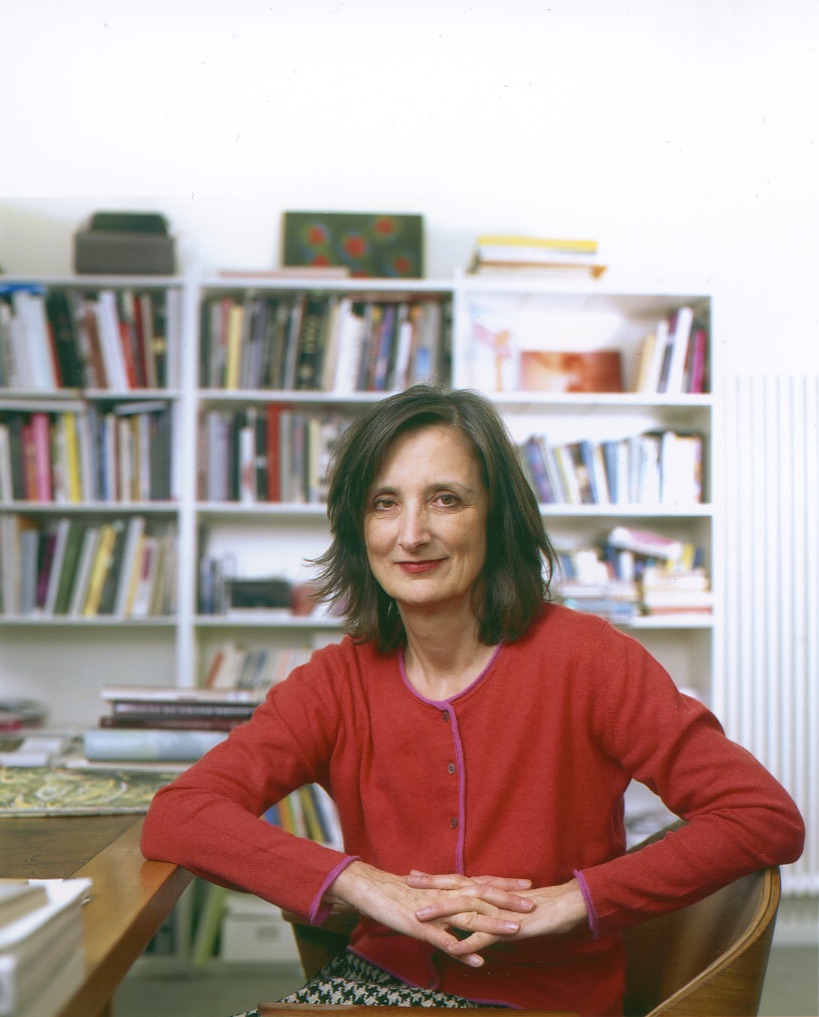
A l’occasion de la parution cette année de la riche biographie, « C is for Curator. Bice Curiger A life in Art », écrite par l’historienne de l’art Dora Imhof, je suis très heureuse d’interviewer Bice Curiger. Car avec Jacqueline Burckhardt avec qui elle a co-fondé Parkett en 1984, elle est aussi une de mes héroïnes et une des raisons pour lesquelles j’avais choisi de venir étudier à Zurich l’art du curating.
Etudiante en histoire de l’art, elle trouvait que l’on ne parlait pas assez d’art contemporain, alors elle commence à chroniquer sur la scène artistique zurichoise, devint critique d’art pour Tages-Anzeiger et décida dans la foulée de créer Parkett et de se rendre plusieurs fois par an à New York pour voir et rencontrer la scène artistique.
De 1993 à 2013, elle travaille, à la Kunsthaus de Zurich avec son ainé Harald Szeeman comme curatrice indépendante. Lui était fasciné par les obsessions, aimait avant tout les sculpteurs, et incarna le concept du curateur star. Elle est influencée par 68 et les hippies, fonctionne de manière collective, est féministe, aime New-York, son énergie et sa pop culture. Elle rencontra Wharol, les artistes surtout des peintres. Non sans rigueur et humour, elles aime faire partager son amour de l’art en tant que questionnement exigeant. Elle fut curatrice entre autres, de « Frauen sehen Frauen / Les femmes regardent les femmes » (Zurich, 1975), d’expositions monographiques, comme celles sur Meret Oppenheim ou Fischli & Weiss. En 2011, elle fut choisie pour être la curatrice de la Biennale de Venise et conçoit l’exposition « ILLUMInations » avec en ouverture les tableaux du Tintoret surplombés par les pigeons de Maurizio Cattelan, puis la cuisine de Franz West, la fabuleuse video « Clock » de Christian Marclay, des lumières de Philippe Parreno, les tableaux de Sigmar Polke et de Christopher Wool, les sculptures en cire dont « L’Enlèvement des Sabines » d’Urs Fisher pour n’en citer que quelques uns.
Depuis 2013 elle est la directrice artistique de la fondation Van Gogh en Arles, où elle fait dialoguer art contemporain et moderne; à ce titre on lui doit de superbes expositions-découvertes autour notamment des oeuvres d’Alice Neel, Niko Pirosmani, Bertrand Lavier et actuellement la peintre américaine Nicole Eisenman.
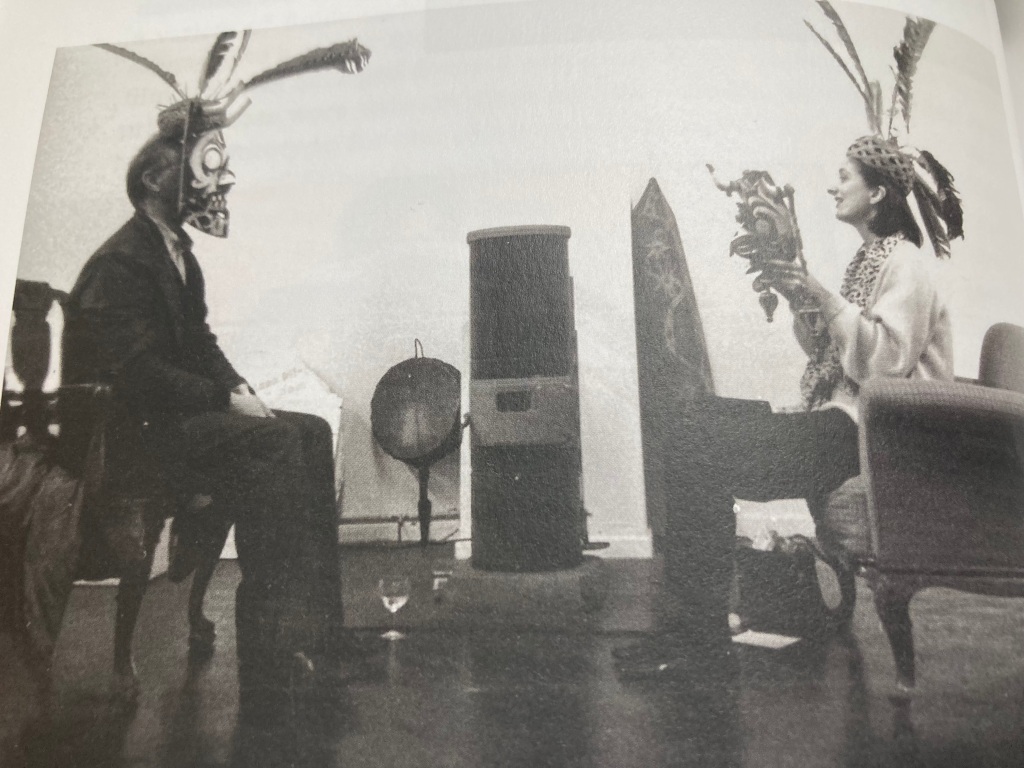
Quelle serait votre définition du curateur-trice ?
Aujourd’hui l’on serait curateur de tout, on parle même de la mère qui « curate » ses enfants ! Evidemment ce qui est au centre, c’est l’exposition. Même éditer une revue d’art, peut être une forme de curating, c’était le cas pour Parkett. Cela revient à choisir des artistes qui nous paraissent apporter des idées nouvelles, accéder à des champs de pensée, de visualisation un peu négligés. En même temps, c’est aussi laisser faire les artistes, il faut comprendre ce dont ils ont besoin. Parfois, il suffit juste de leur donner les contraintes techniques et financières du lieu. Le curateur doit bien observer pour comprendre l’image qui n’est jamais vraiment finie et qu’il veut transmettre au public. Et puis écrire le texte qui accompagne, qui est soit académique soit davantage dans un esprit d’ouverture au public. Enfin il y a l’Histoire, car il n’y a pas de présent absolu. En tant que curateur on peut apporter des éclaircissements, par exemple, sur les liens que l’on entretient avec le passé pour mieux comprendre le présent, ce qui peut être utile pour élargir l’horizon.
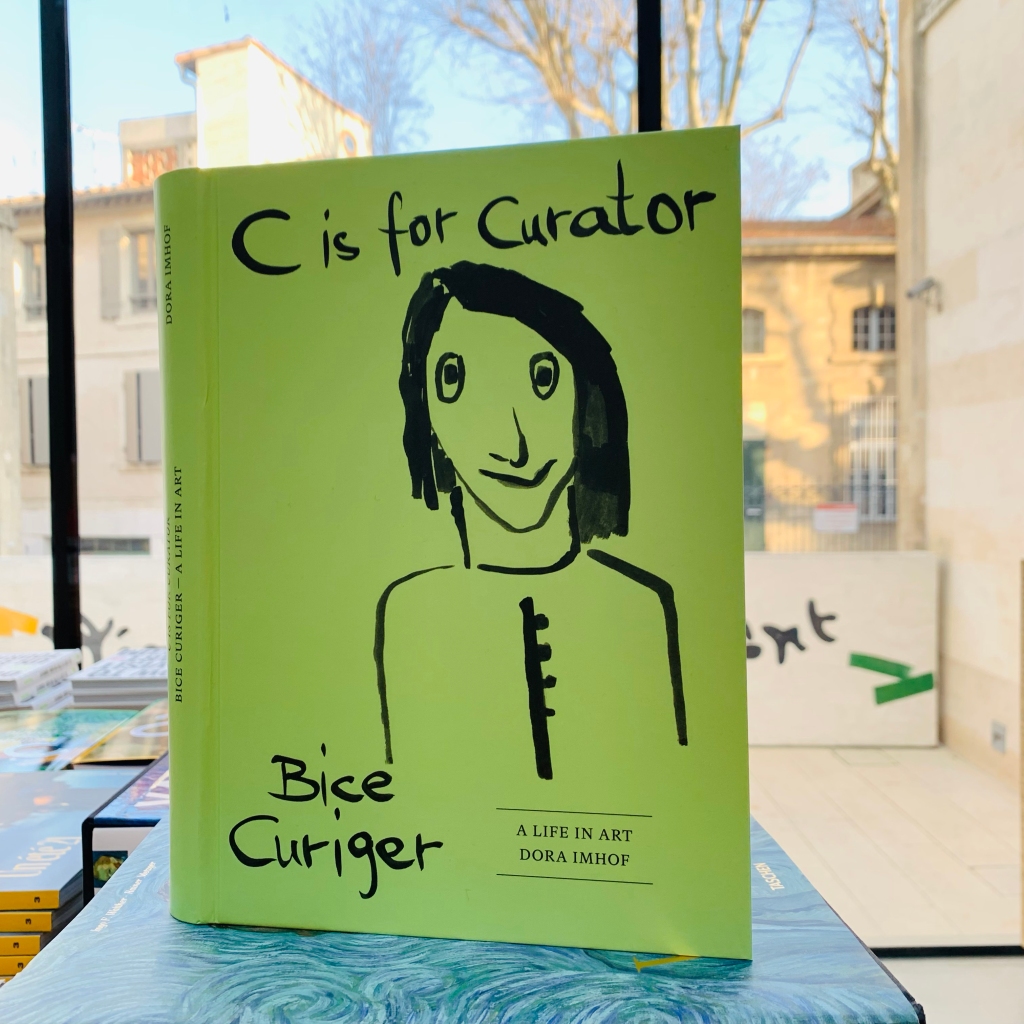
Selon vous, qu’est ce qu’un artiste ?
Celui qui m’intéresse, c’est celui qui nous surprend, pas simplement moi, mais nous la collectivité. Celui qui a ce potentiel, d’ouvrir notre perspective sur le monde actuel, ou sur le passé. Car je ne regarde pas que les artistes d’aujourd’hui. Je prends un exemple : L’Op Art des années 60, avec des peintres comme Vasarely ou Briget Riley, était perçu dans les années 70 comme trop technocratique, trop froid, trop dans le marché, on voulait après 68 un art engagé. Et puis avec Olafur Eliasson, j’ai revu Bridget Riley sous un autre angle, le but n’était pas de me faire comprendre le courant de l’Op Art, mais à travers ses recherches sur le regard, les perceptions humaines, les illusions optiques, pour l’exposition collective « Expanded Eye » (Kunsthaus, Zurich, 2006), il m’a amené à regarder différemment les générations précédentes qui ont travaillé sur ces mêmes thèmes.
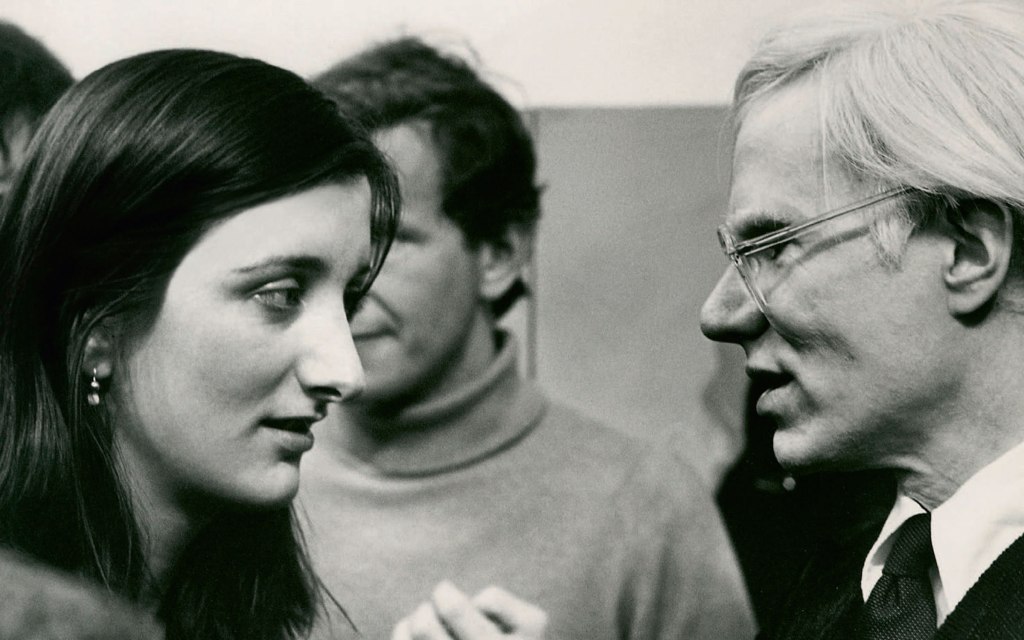
Est que l’art peut changer la société ?
Oui je défend beaucoup ce point de vue, et de plus en plus.
Surtout en Suisse où il y a un danger car on est tellement bien orienté vers l’utilitarisme, le rationalisme, la rentabilité; il n’y a pas vraiment de passé culturel héroïque. Le marché est aussi plus petit qu’aux Etats Unis, qu’en Grande Bretagne ou en France, et il y a les différentes langues. Les médias en Suisse ont beaucoup de peine à faire de la place pour la culture au sens large, pour un débat d’idées argumenté. Et si on pense que l’art n’est pas quelque chose d’existentiel, que c’est juste pour sortir se distraire le dimanche, alors on va droit dans le mur. Certes nous n’avons pas de passé colonial, mais j’ai vu qu’il vient de sortir un livre sur le colonialisme sans colonie, et la Suisse aussi a fait des affaires sur le dos d’autres pays ou d’autres collectivités humaines.
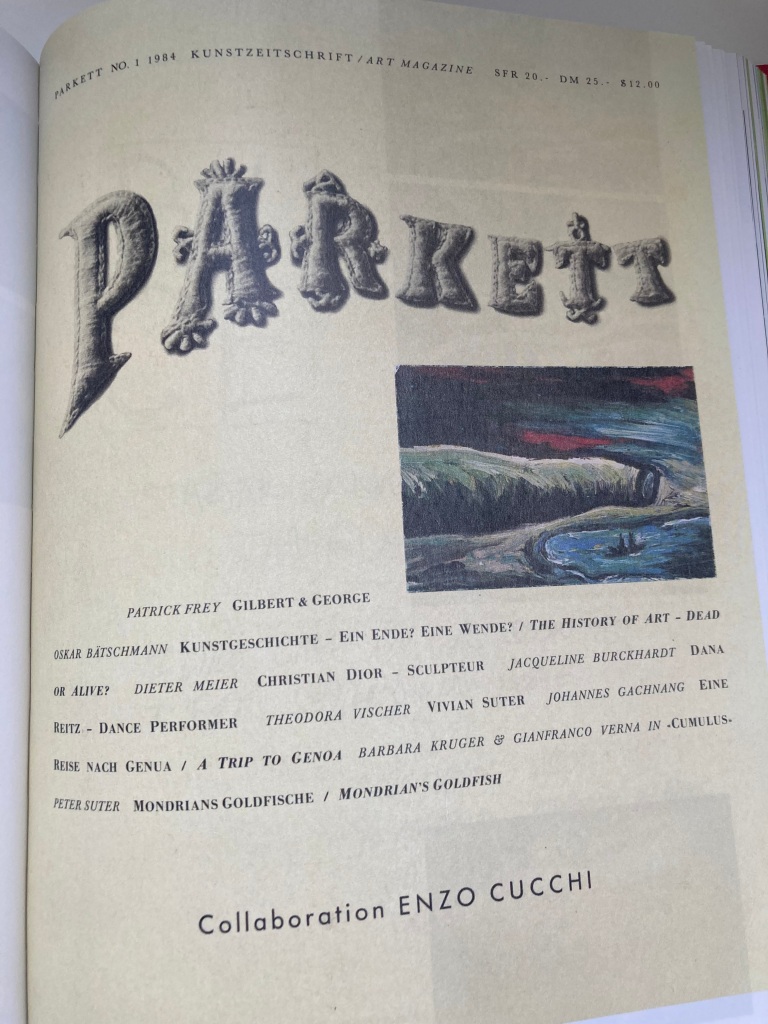
Comment s’informer sur les expositions et les artistes ?
Au milieu des 300 mails quotidiens que je reçois au minimum, je continue de lire des revues comme Monopol, Art Forum, Texte zur Kunst. Pour la Fondation Van Gogh en Arles, nous sommes abonnés au Journal des Arts, Art News, L’Oeil et Galerie Magazine. Et puis j’ai un âge où je peux m’offrir le luxe de laisser cela aux autres, de ne plus tout lire ou tout aller voir.
Qu’avez vous pensé de la Documenta à Kassel ?
Il fait trop chaud, je n’y ai pas encore été. Je viens de faire sept heures de train entre Arles et Zurich et je vais déjà aller à Munich lundi pour la soirée de levée de fond donnée par les Amis de l’Haus der Kunst où je suis invitée d’honneur. Si je n’y vais pas, ce serait la première fois depuis 1972. Cela dit, je me méfie de ce que les media en disent. Est ce vraiment aussi nul ? On sait bien que les media adorent les scandales, cela leur évite de se creuser la tête pour écrire sur l’art.
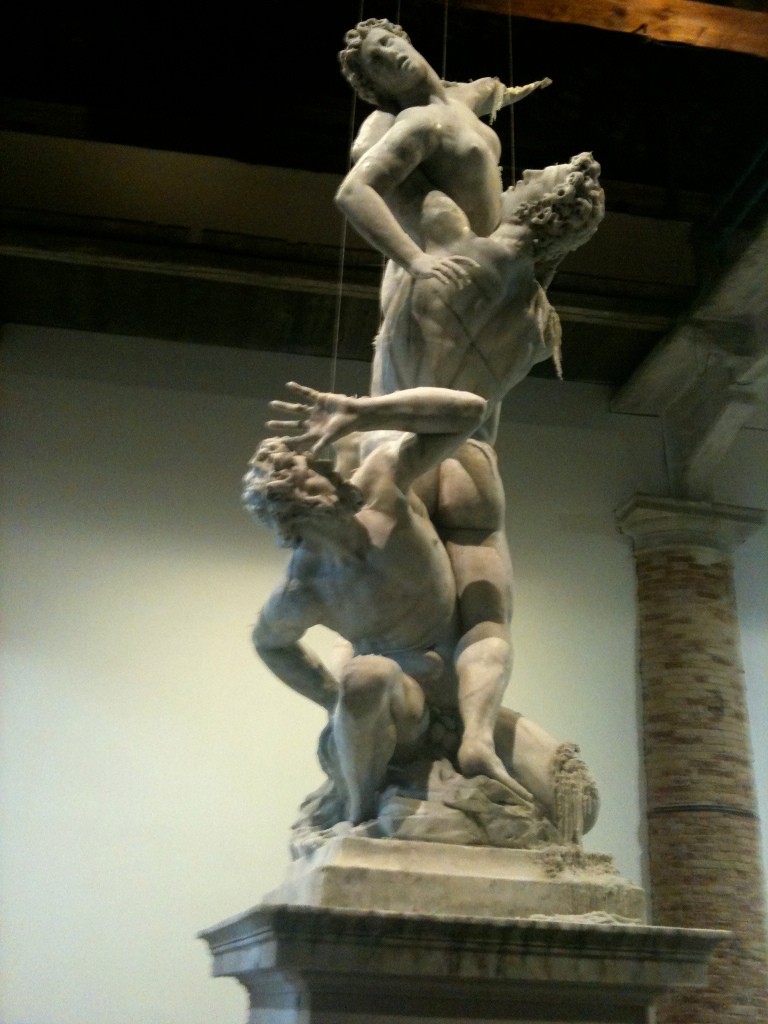
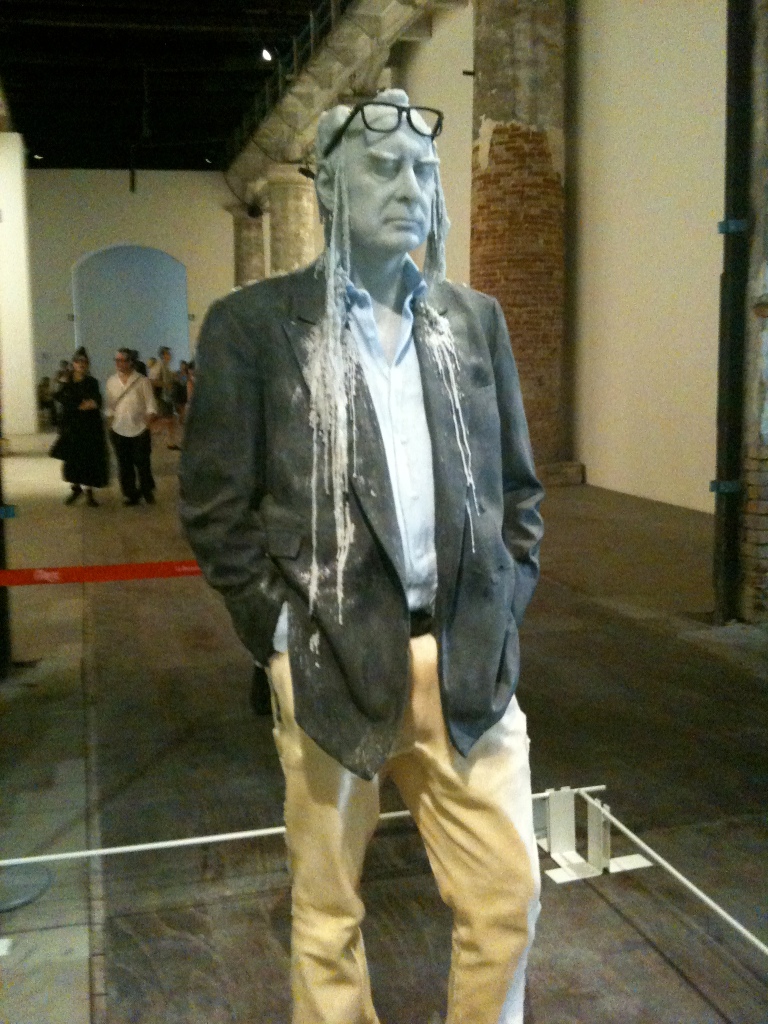
Qu’avez vous pensé de la Biennale de Venise avec Cecilia Alemani comme curatrice ?
C’est très bien, elle a su jouer le momentum, ce qui est dans le temps. Une exposition avec 80 pour 100 d’artistes femmes, on m’aurait tué si j’avais fait cela en 2011. Cette année, la cérémonie de remise des Lions d’or, était réellement très émouvante, nous avons assisté à une rupture de digue historique.
//Note : Bice Curiger à été la curatrice de la Biennale de Venise en 2011 ILLUMInations. Elle y avait invité un tiers d’artistes femmes, ce qui était déjà une première il y a 11 ans.// Entretemps il y a eu les mouvements #metoo et #blacklivesmatter. Et cette année 2022, la 59e biennale de Venise a sélectionné six femmes sur sept lauréats. Décision historique, en 127 ans. C’est la première fois, que deux artistes noires, Sonia Boyce et Simone Leigh se voient attribuer de telles récompenses. Le Lion d’or à la 59e Biennale d’Art de Venise est décerné à Sonia Boyce, pour la Grande Bretagne et le second, à Simone Leigh, pour les États-Unis. Le Lion d’argent revient au libanais Ali Cherri. 2 mentions spéciales aux participations nationales: pour la France, Zineb Sedira et pour l’Ouganda Acaye Kerunen, Collin Sekajugo. Le conseil d’administration attribue aussi deux Lions d’or pour l’ensemble de leur carrière à l’artiste allemande Katharina Fritsch et à l’artiste chilienne Cecilia Vicuña.//
Vos conseils à un(e) jeune curateur(trice) ?
Aujourd’hui Il y a beaucoup d’écoles de curateurs. Il ne faut pas suivre les doctrines, mais ses propres idées et sentiments, se laisser guider par des gens « out of the box ». N’oublions pas que le curating est une profession très pratique. Il n’y a pas que les grandes théories, c’est aussi très sensuel et technique. Il faut donc discuter avec les techniciens pour inventer autre chose et couper les atmosphères un peu stériles. A la Fondation Van Gogh en Arles, j’ai la chance d’avoir un chef technicien qui vient du théâtre, c’est génial, il adore improviser et inventer, là pour l’exposition « Nicole Eisenman et les Modernes. Têtes, baisers, batailles » je voulais éviter ce jaune mayonnaise uniforme, alors nous avons créé ce jaune aérien avec cette texture irrégulière si légère.
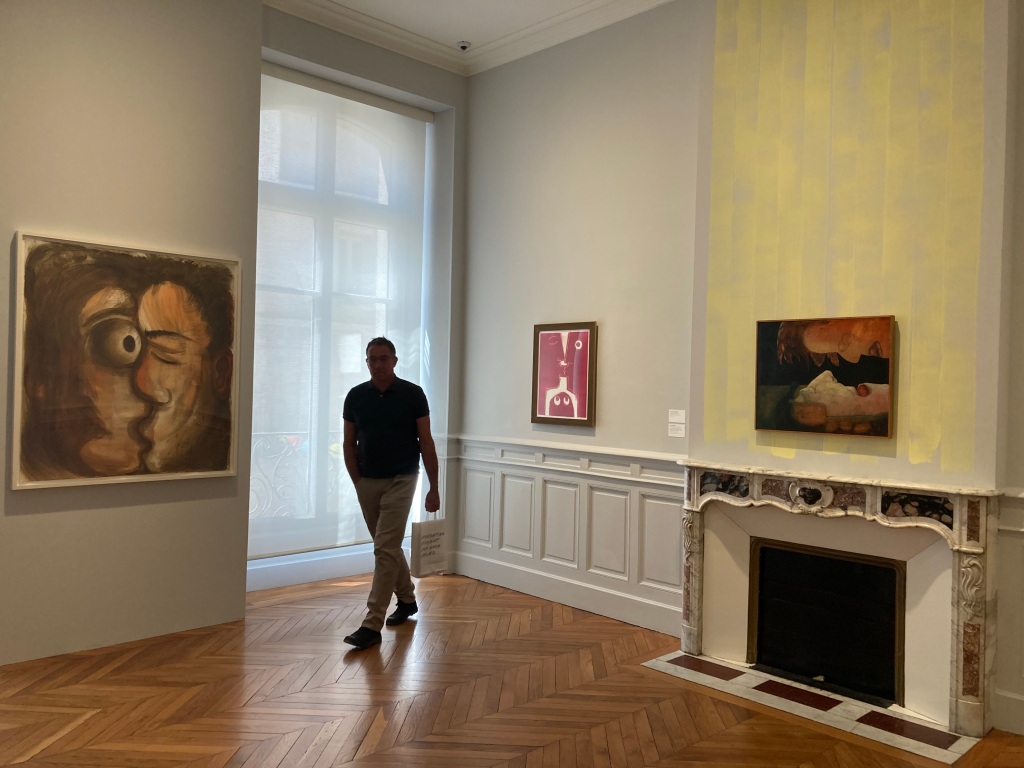
Les universités ou les écoles spécialisées fonctionnent souvent avec des professeurs qui n’ont jamais fait d’expositions. Et il faudrait aussi interdire d’enseigner le « cultural management » à des étudiants qui ne savent rien sur l’art! Pour être un bon commissaire d’exposition, il est important de partir de l’essence de l’art aujourd’hui en regardant l’histoire. Dans le présent est inscrite une mémoire, sinon on n’existe pas. Faire des expositions, c’est devoir avoir en tête cette mémoire.
Vos conseils à un(e) jeune artiste ?
Il faut trouver le bon équilibre, entre s’informer, voir ce que l’histoire de l’art a fait, l’histoire actuelle et ce que les autres artistes font, et trouver sa propre voix qui touche quelque chose que l’on n’a pas encore entendu.
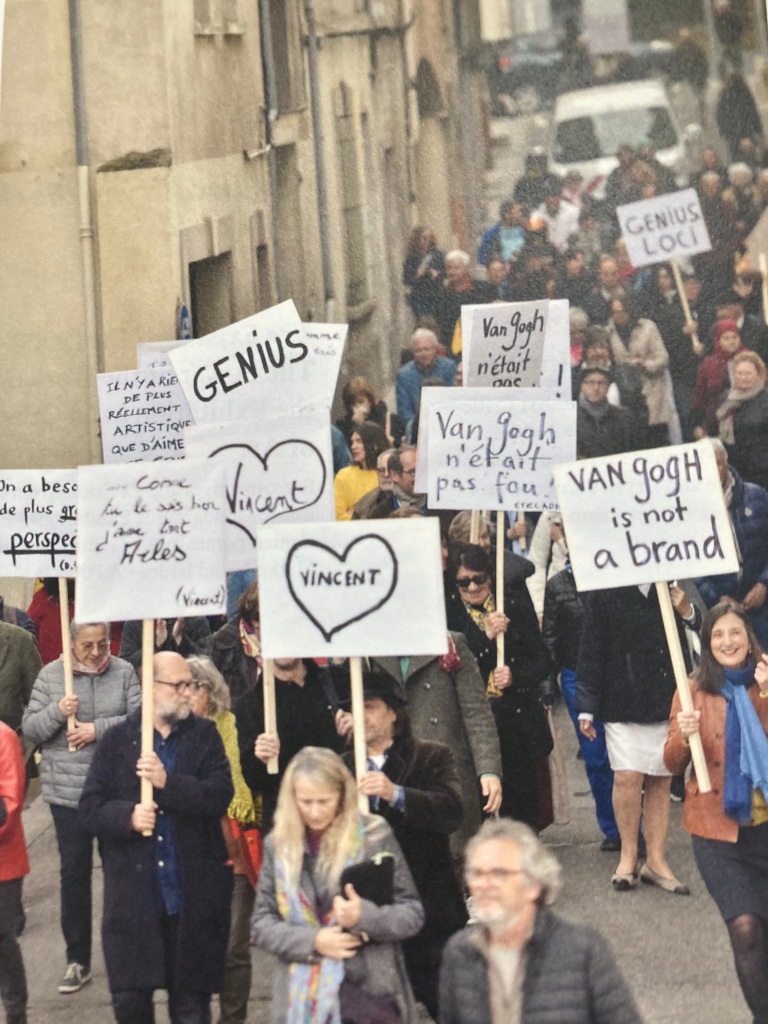
Quels sont vos projets ?
Je travaille avec mon équipe de la Fondation Van Gogh à la programmation 2024. Et puis j’ai toujours des demandes pour écrire, ce qui me fait aussi plaisir. Cela émane souvent d’artistes avec qui j’ai travaillé , là par exemple je vais écrire un texte pour Glenn Brown avec qui j’ai travaillé pour notre revue Parkett et aussi pour des expositions à l’Haus der Kunst et à la Fondation Van Gogh .
Et puis pour le musée du Belvédère à Vienne, je travaille à un texte sur des peintures de Louise Bourgeois, celles qui ont été assez peu montrées à date sauf au Metropolitan à New York.
Enfin j’écris toujours une rubrique au Neue Zürcher Zeitung (NZZ). Là en l’occurence ce sera sur une peinture de Van Gogh, le « Portrait de l’homme à l’œil borgne. » Il a placé une tache de blanc sous la glotte de l’homme qui a ce visage gonflé d’alcoolique. Cela lui donne quelque chose de léger et de festif. Cette tache blanche est très belle. Il faut prendre le temps de regarder pour la voir, et j’ai cette grande chance que j’aime faire partager.
Pour en savoir plus, lire la passionnante biographie « C for Curator – Bice Curiger, A life in Art » écrite par Dora Imhof, parue en allemand et en anglais aux éditions Franz und Walter König.
Interview réalisée le 23 juillet 2022 par Valentine Meyer. Chaleureux remerciements à Bice Curiger et à Nicola Maryan Taylor pour la traduction.
C is for Curator: Bice Curiger – A Life in Art
I am delighted to speak with Bice Curiger after the recent publication of her insightful biography C is for Curator: Bice Curiger – A life in Art, written by art historian Dora Imhof. Bice Curiger is one of my heroes. Together with Jacqueline Burckhardt – with whom Bice co-founded Parkett magazine in 1984 – she is also one of the reasons I decided to go to Zurich to study the art of curating.
When Bice was an art history student, she felt people didn’t speak enough about contemporary art. So she started to write about the art scene in Zurich, became an art critic at the Tages-Anzeiger, and subsequently decided to create Parkett, the contemporary art periodical. She also traveled to New York several times a year to see and meet with the art scene there.
From 1993 to 2013, she worked at the Kunsthaus Zurich as an independent curator alongside her senior colleague Harald Szeeman. He was fascinated by « obsessions », loved sculptors above all, and epitomized the “star curator”. She was inspired by the spirit of May ‘68 in France and hippies. She works collectively, is a feminist, and loves New York for its energy and pop culture. She met Warhol there as well as many other artists, especially painters. Notwithstanding her senses of rigor and humor, she has always loved to share her passion for art through in-depth research and challenging questions. She also curated Frauen sehen Frauen (“Women See Women”, Zurich, 1975), and a number of monographic exhibitions, including ones on Meret Oppenheim and Fischli & Weiss. In 2011, she was appointed Curator of the Venice Biennale and conceived its « ILLUMInations » exhibition with Tintoretto’s paintings surmounted by Maurizio Cattelan’s Pigeons, as well as Franz West’s kitchen-studio, Christian Marclay’s fabulous video The Clock, Philippe Parreno’s light bulbs, paintings by Sigmar Polke and Christopher Wool, Urs Fisher’s wax sculpture Abduction of the Sabine Women, and many more.
As the artistic director of the Van Gogh Foundation in Arles, France, since 2013, she always puts contemporary art in dialogue with modern art. We owe her the superb discovery exhibitions around works by Alice Neel, Niko Pirosmani, Bertrand Lavier, and the American artist Nicole Eisenmann. Her most recently curated exhibition “Nicole Eisenman and the Moderns. Heads, Kisses, Battles” can still be seen in Arles until October 23rd 2022.
What is your definition of a Curator?
Nowadays people curate everything. You even hear of mothers « curating » their children! But obviously, art exhibitions are the main focus of a real curator. Creating and producing an art magazine can sometimes also be a form of curating. This was the case for Parkett. It too entailed selecting artists that share new ideas, open doors to new worlds of thought and forms of representation which have been overlooked.
At the same time, it’s also about letting the artists do their thing. You have to understand what they need. In some cases, all they need is being given a location’s technical and financial parameters.
Curators need to pay close attention to understand what idea or image – which is never really finished – artists want to share with the public. And then write the accompanying text, which is either scholarly or more open for the general public.
And finally, there is History, because there is no such thing as an absolute present. As a curator you can shed light on the ties to the past to let the public gain a better understanding of the present. This helps improve people’s understanding and expands their horizons.
In your opinion, what is an artist?
Someone who surprises us, not just me, but everyone. Someone who can expand our views on the world today. Or on history. Because I don’t only look at present-day artists. Let me give you an example: 1960s Op Art, with painters like Vasarely or Bridget Riley, wasn’t really appreciated in the 1970s. It was considered too technocratic, cold, and market-oriented. After May ‘68, people wanted to see socially committed art. But then thanks to Olafur Eliasson, I saw Bridget Riley in a new light. Of course his aim wasn’t to make me understand Op Art. But through the extensive research on the human gaze, optical perception, and illusions – which he led for the group exhibition « Expanded Eye » (Kunsthaus, Zurich, 2006) – we saw the original Op Art generation very differently. They too dealt with all of those themes.
Can art change society?
Yes I strongly believe this, and more and more. Especially in Switzerland where there’s a risk because we are so geared towards utilitarianism, rationalism, profitability; there isn’t really a heritage of cultural heroism. Moreover, the market is smaller than in the U.S., Great Britain, or France, and there are several different languages. The Swiss media have a hard time fitting in culture generally and making time for meaningful discussions. And if you think that art is not something vital, that it’s just something to go see and enjoy on Sundays, then we are headed for trouble.
Sure, we don’t have a history of colonialism, but I noticed that a book has just come out about colonialism without colonies. And Switzerland has done business at the expense of other countries and other societies.
What is the best way to keep up to date with exhibitions and artists?
Despite receiving more than 300 emails a day, I continue to read magazines like Monopol, Art Forum, Texte zur Kunst. At the Van Gogh Foundation in Arles, we have subscriptions to Journal des Arts, Art News, L’Oeil and Galerie Magazine. And then I’m old enough to be able to leave that to others, to not read or see everything anymore.
What did you think of the Documenta in Kassel?
It’s too hot, so I haven’t been there yet. I just spent seven hours on the train from Arles to Zurich, and on Monday I’m off to Munich for a fundraising evening hosted by the Friends of the Haus der Kunst. I’m guest of honour.
But if I don’t go see Documenta, that would be the first time since 1972. That said, I’m very skeptical about what the media are saying about the event. Is it really that bad? We all know that the media love scandals. It spares them the trouble of writing about art!
How do you like Cecilia Alemani’s The Milk of Dreams at the Venice Biennale 2022?
It’s very good. She really builds on society’s current momentum.
An exhibition where 80% of the artists are women.
In 2011, they would have killed me had I done that.
//Note: Bice Curiger was the curator of the Central international exhibition of the 54th Venice Biennale in 2011, titled “ILLUMInations”. One third of the featured artists were women which, at the time, was a first.
Since then, #metoo and #blacklivesmatter happened.//
This year’s Cannes Lions Awards ceremony was incredibly moving. It was a watershed.
//Note: In the 59th Venice Biennale this year, 6 of the 7 award recipients were women. A landmark decision in the Biennale’s 127 years of existence. For the first time, two black artists, Sonia Boyce and Simone Leigh, were awarded such honors. The first Gold Lion at the 59th Venice Biennale of Art went to Sonia Boyce (Great Britain) and the second to Simone Leigh (United States). The Silver Lion was given to Ali Cherri (Lebanon). And there were two special mentions for national participants: Zineb Sedira (France) and Acaye Kerunen and Collin Sekajugo (Uganda). The Board of Directors also awarded two Golden Lions for lifetime achievement to the German artist Katharina Fritsch and the Chilean artist Cecilia Vicuña.//
What advice would you give to a young curator?
Many schools now offer curatorial studies. You should not follow doctrines, but your own ideas and feelings, let yourself be guided by people « out of the box ». Let’s not forget that curating is a very practical profession. It’s not only about great theories, it’s also very hands-on and technical. So you also need to take time to speak with the technicians, so they can innovate and break away from those sterile atmospheres. At the Van Gogh Foundation in Arles, I am very fortunate to have a Chief Technician with a background in theater, which is great. He loves to improvise and invent, like for the current exhibition « Nicole Eisenman and the Moderns. Heads, Kisses, Battles ». I wanted to avoid that same old “mayonnaise yellow” for the walls, so we have created this amazing airy yellow with a very light and uneven texture.
Universities or specialized schools often employ professors who have never actually curated exhibitions. And it should be prohibited to teach « cultural management » to students who know nothing about art!
To be a good curator, it’s crucial you start with the very essence of art by considering history. Memories are indelibly etched into the present, otherwise we wouldn’t exist. Creating exhibitions entails keeping this in mind.
Your advice to a young artist?
You have to find the right balance. Between educating yourself, considering art history, looking at contemporary issues and what other artists are doing… And finding your own voice that captures something you’ve never seen.
What are your upcoming projects?
I’m working on the 2024 exhibition program with my team at the Van Gogh Foundation.
And I always get requests to write, which I am also very happy about.
They often come from artists I have worked with. For example, I am going to write a text for Glenn Brown, with whom I had worked for Parkett. And I also write for exhibitions at the Haus der Kunst as well as at the Van Gogh Foundation.
Then, for the Belvedere Museum in Vienna, I am working on a text about paintings by Louise Bourgeois, which have not been exhibited much. Only at the Metropolitan in New York so far.
Finally, I still write a column for the Neue Zürcher Zeitung (NZZ). Just now I happen to be writing about a painting by Van Gogh: Portrait of a One-Eyed Man. There’s a spot of white under the man’s swollen alcoholic face. It gives him something light and festive. That white mark is very beautiful. You need to take time for a closer look, and I got this marvelous opportunity. I’m so happy to share it!
To find out more, read the fascinating biography « C for Curator – Bice Curiger, A life in Art » written by Dora Imhof, published in German and English by Franz und Walter König.
Interview by Valentine Meyer on July 23, 2022. Many thanks to Bice Curiger, and to Nicola Marian Taylor for the translation.

